
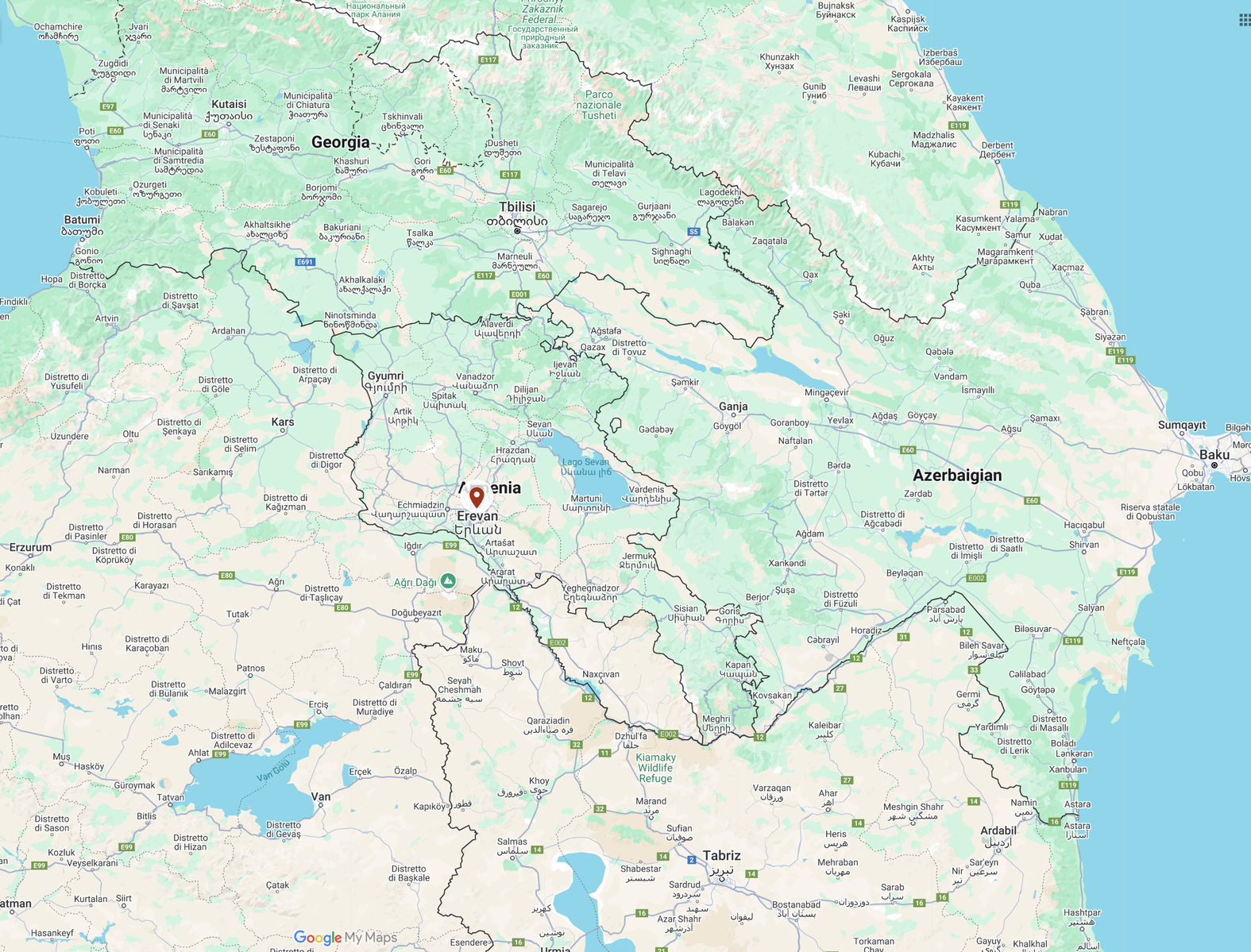
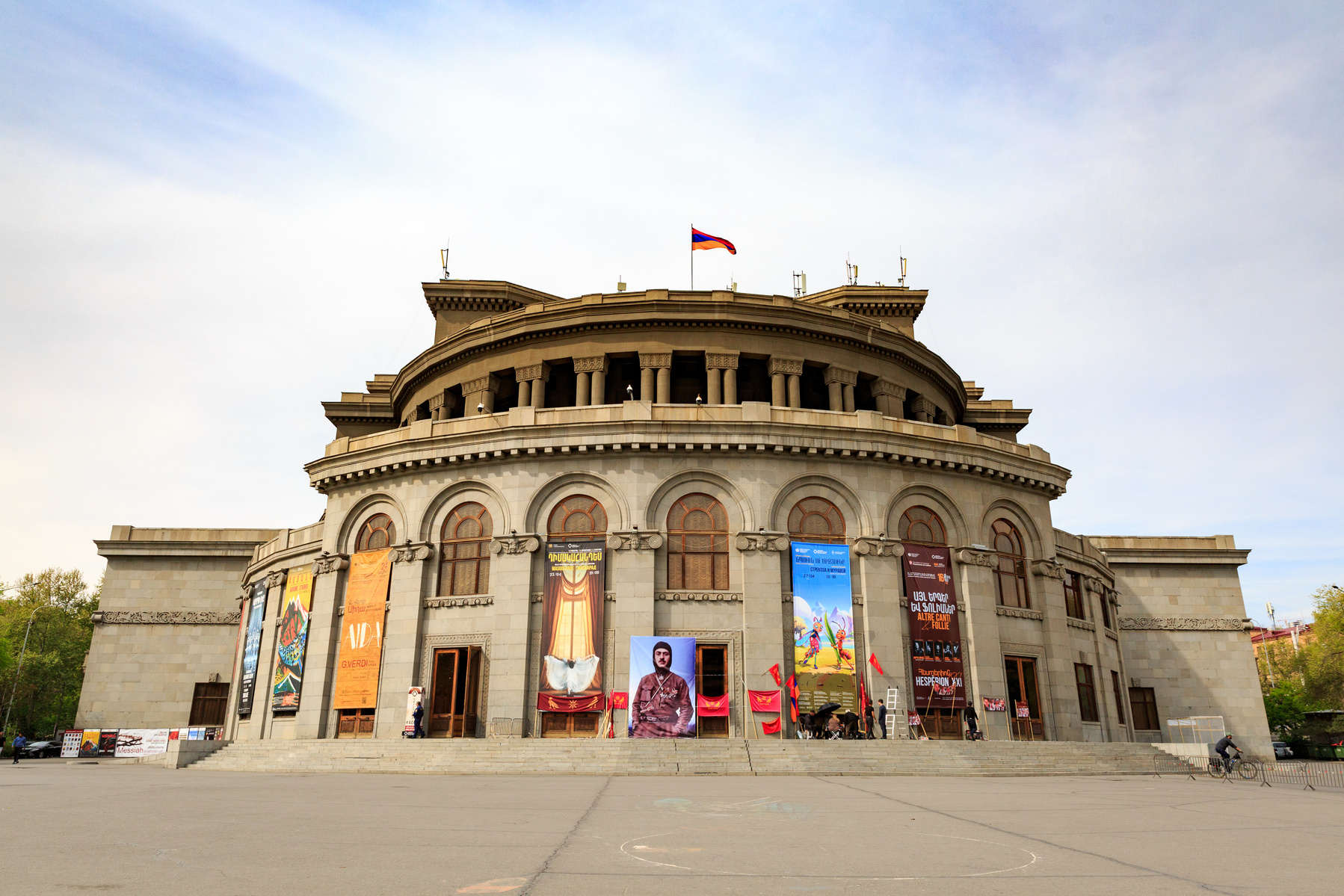
Yerevan Opera Theatre – the beating heart of Armenian culture
An architectural and musical icon of the capital, designed by Alexander Tamanian, where the sound of the duduk meets the grace of ballet. Here, art is at home and the stone walls echo stories of national pride.
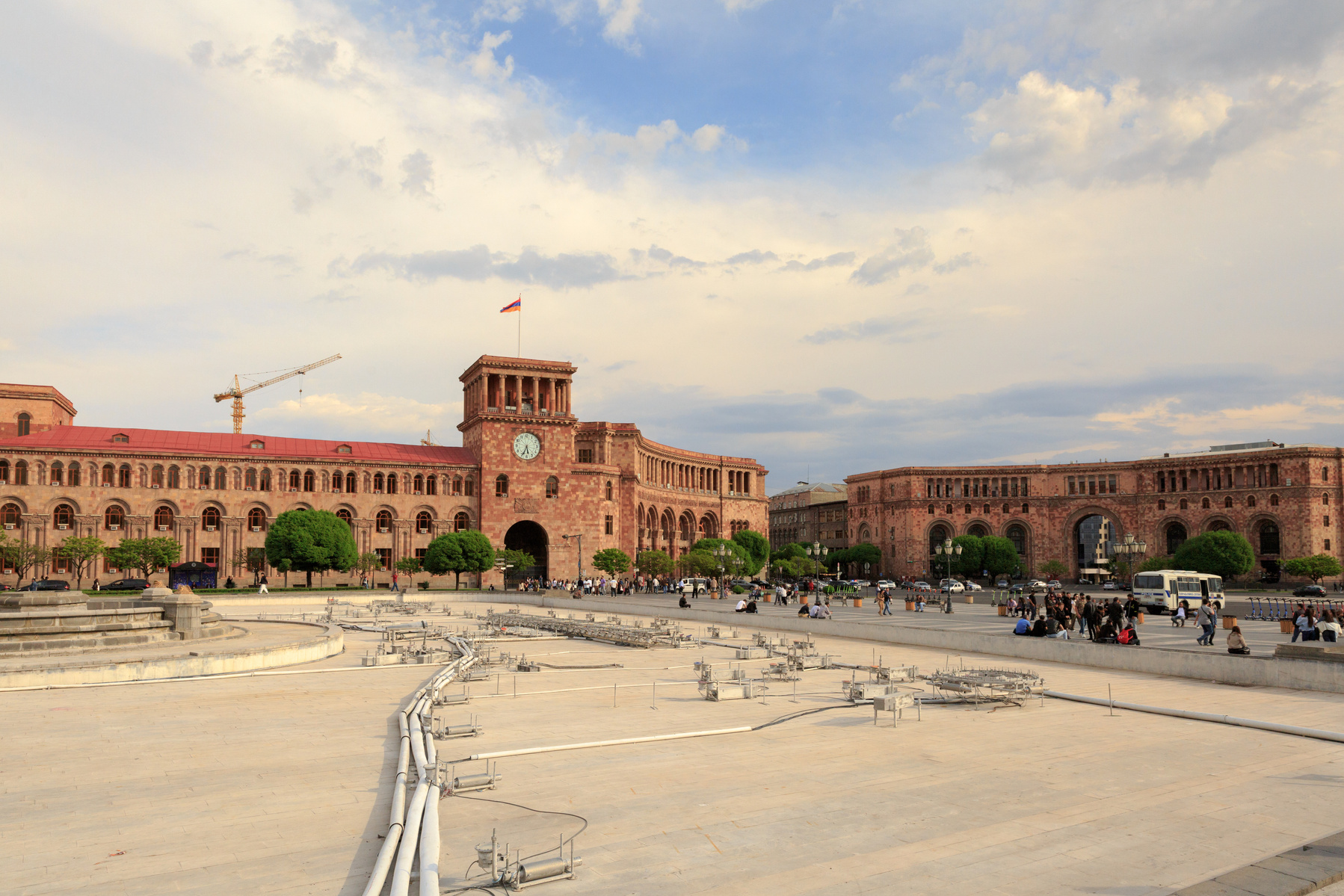
Republic Square – the ceremonial heart of Yerevan
Framed by majestic buildings of rose tuff and crowned with the national flag, this square blends Soviet-era grandeur with Armenian spirit. At night, its fountains dance to the rhythm of classical music, drawing crowds in awe.
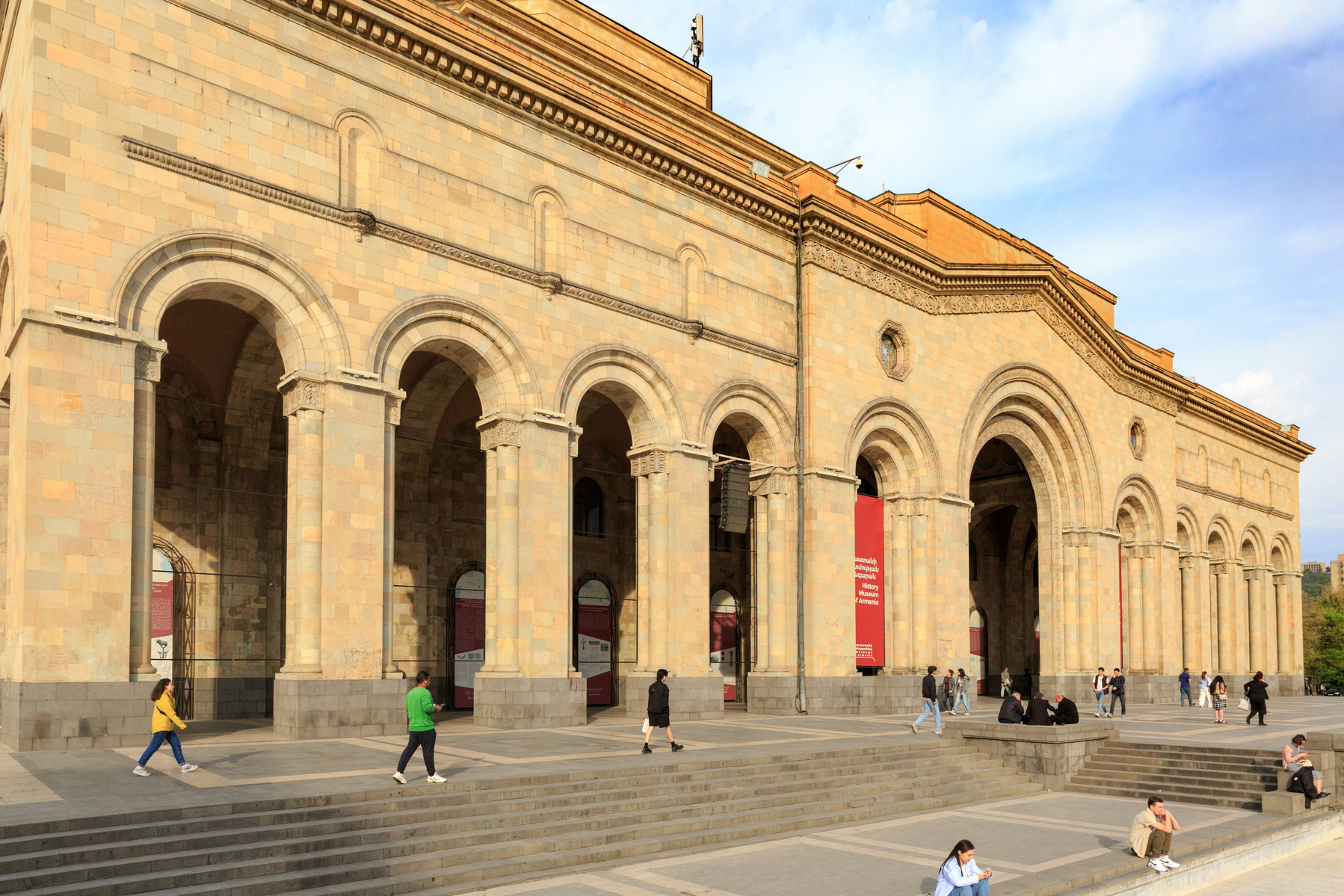
History Museum of Armenia – where the nation’s soul is archived
Behind its neoclassical arches lie millennia of stories, from ancient Urartian relics to Soviet-era memories. A temple of identity in the heart of the city.
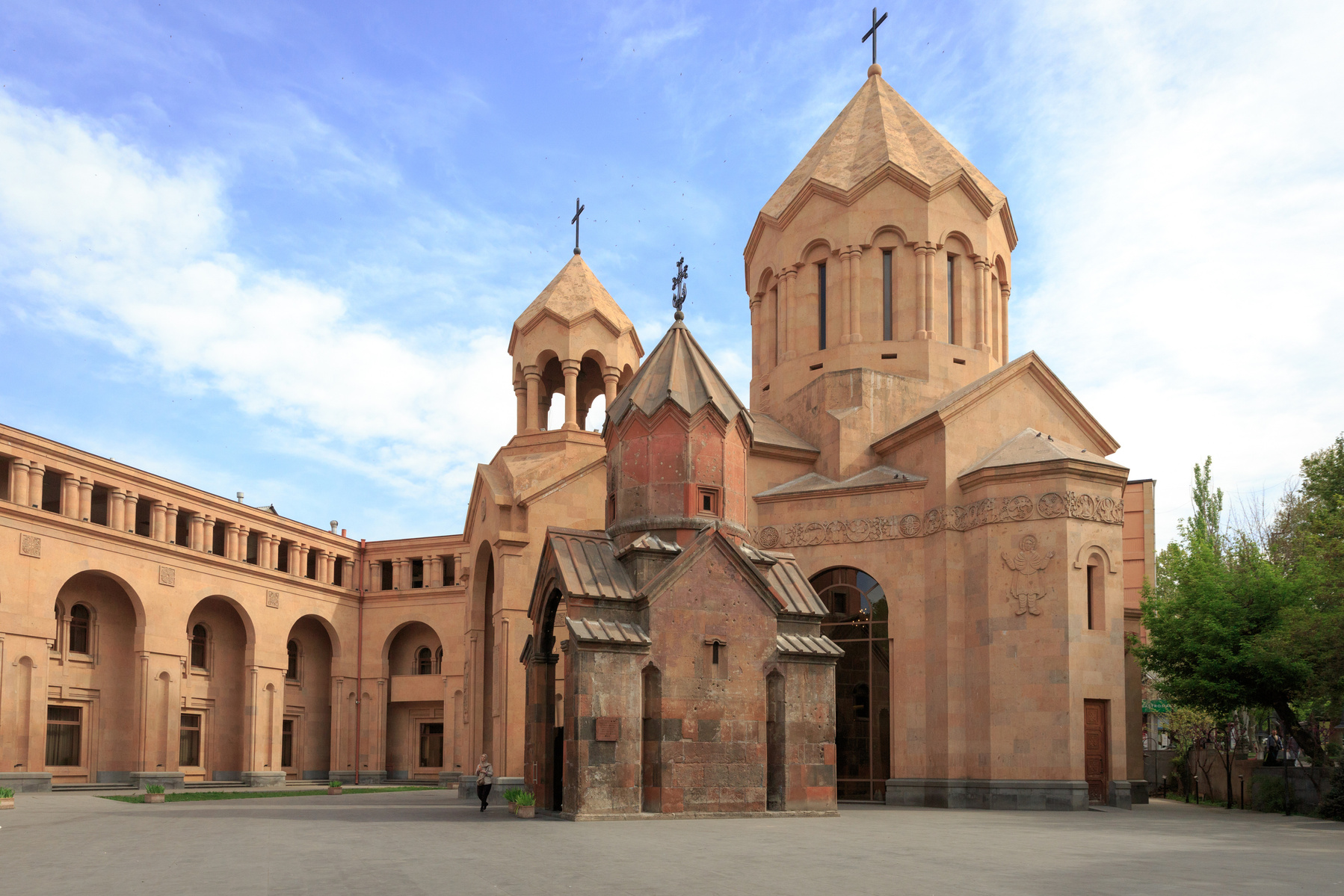
Saint Anna Church & Katoghike Chapel – a dialogue between centuries
In the heart of Yerevan, a delicate balance of old and new: the 13th-century Katoghike Chapel stands humbly beside the newly built Saint Anna Church, blending spiritual legacy with modern devotion.
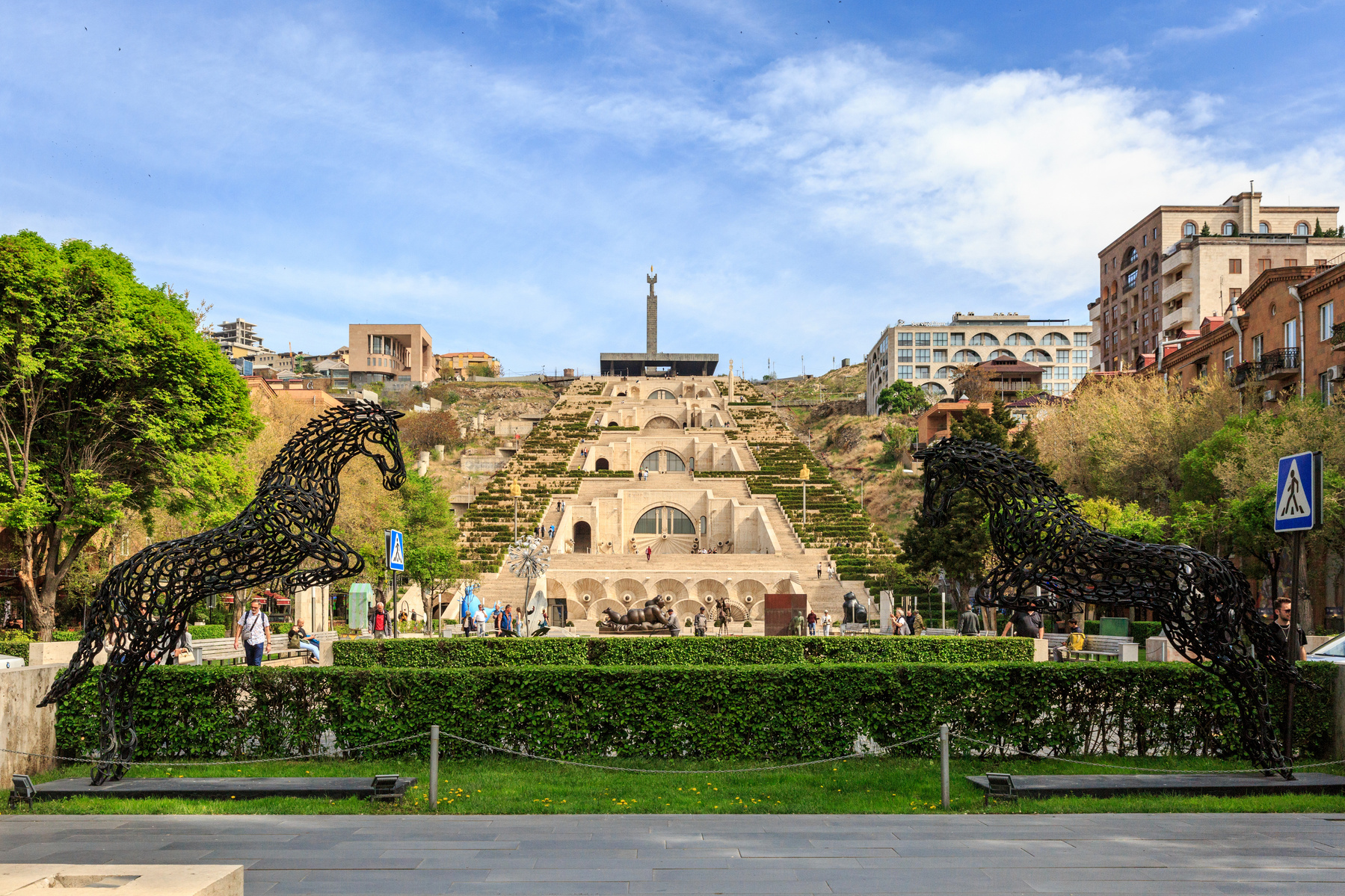
Cascade Complex – where steps meet the sky
A monumental stairway adorned with gardens, fountains, and contemporary art. Climb it for panoramic views of Yerevan and, on clear days, the distant silhouette of Mount Ararat.
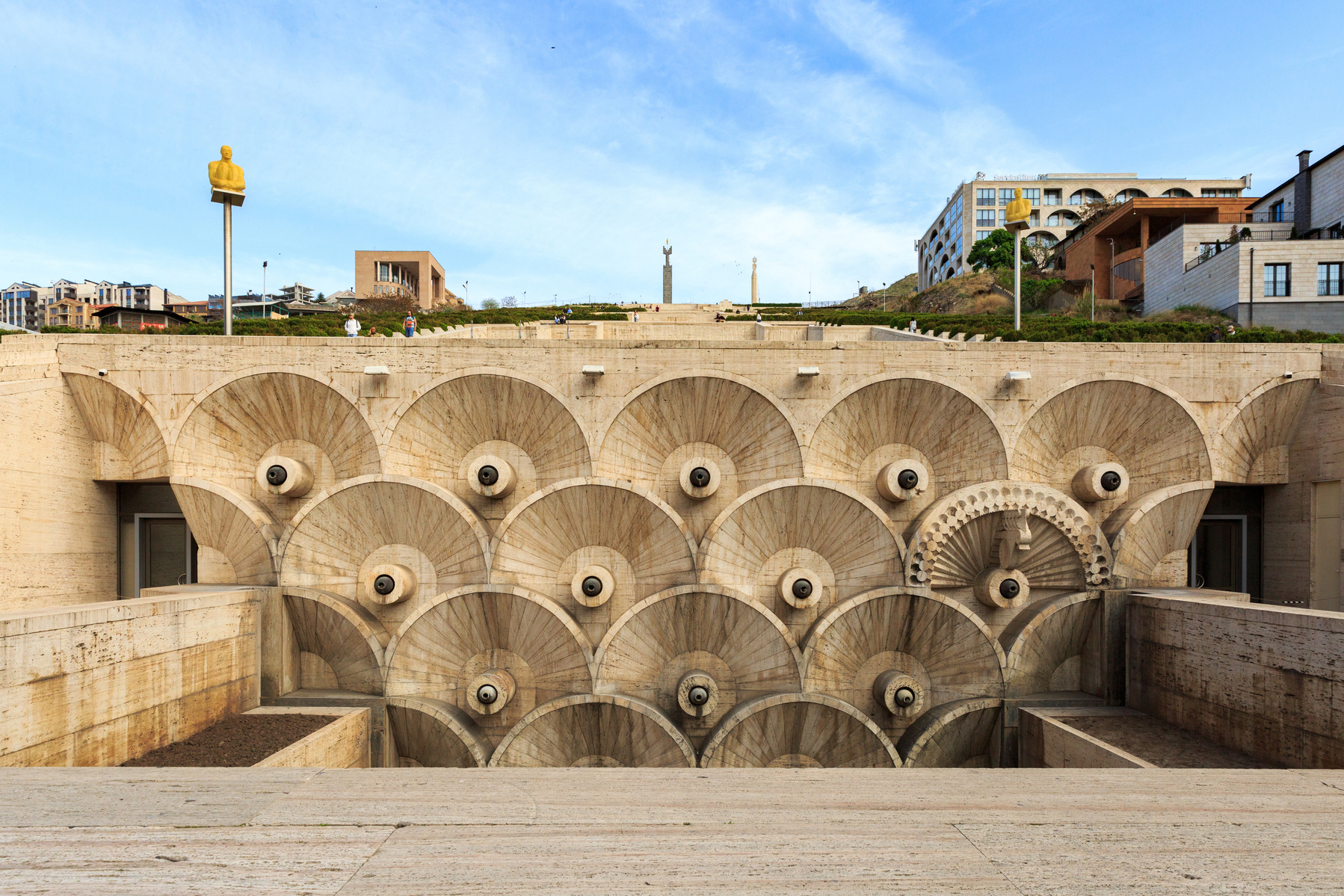
Cascade detail – sculpted rhythm in stone and water
A hypnotic harmony of arcs and spouts that transforms concrete into choreography. This section of the Cascade captures the fusion of brutalist architecture and Armenian aesthetics.
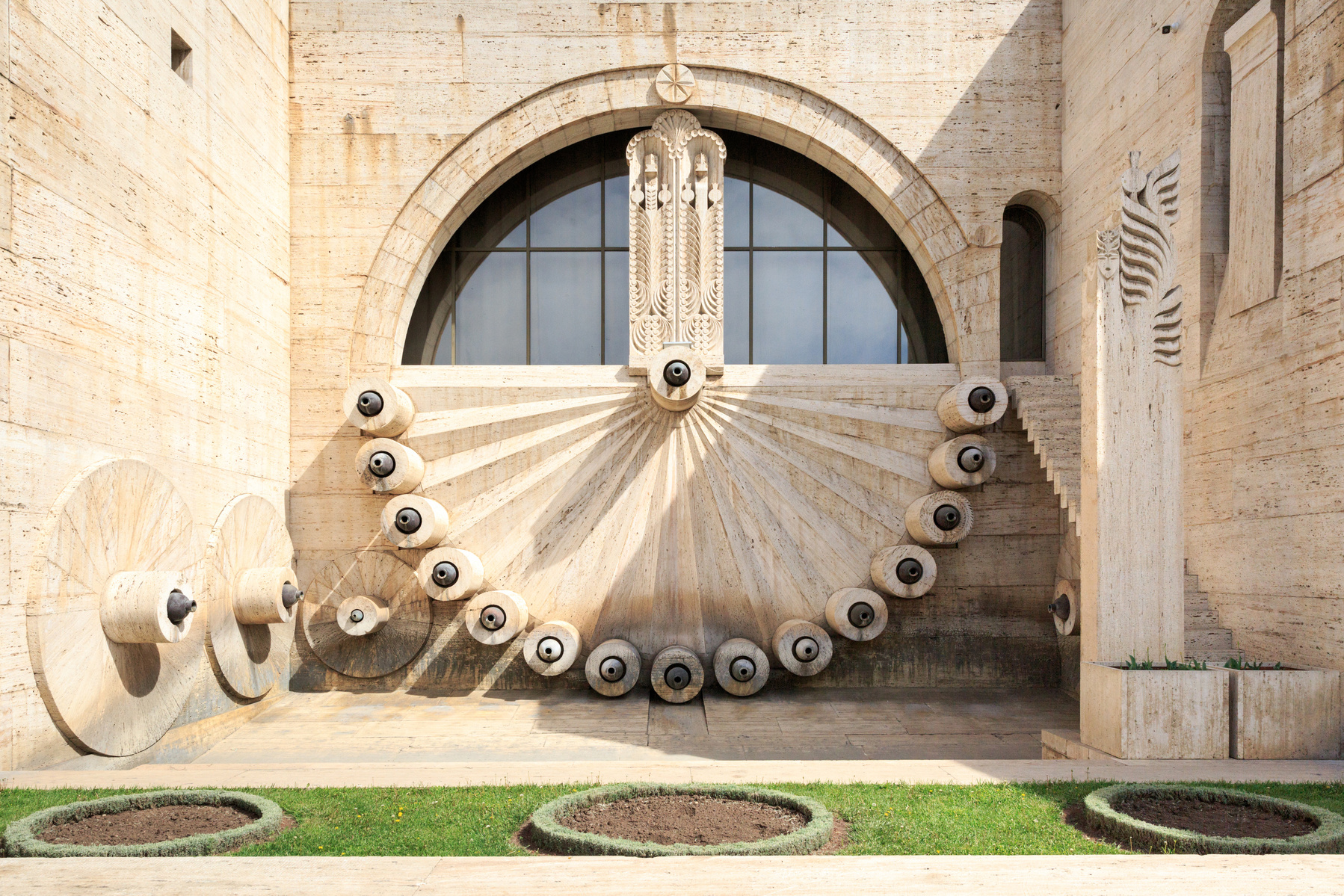
Cascade fountain detail – geometry carved in limestone
A visual symphony of arcs, jets, and shadows. This iconic Cascade feature blurs the line between engineering and sculpture, echoing the harmony of Armenian design.
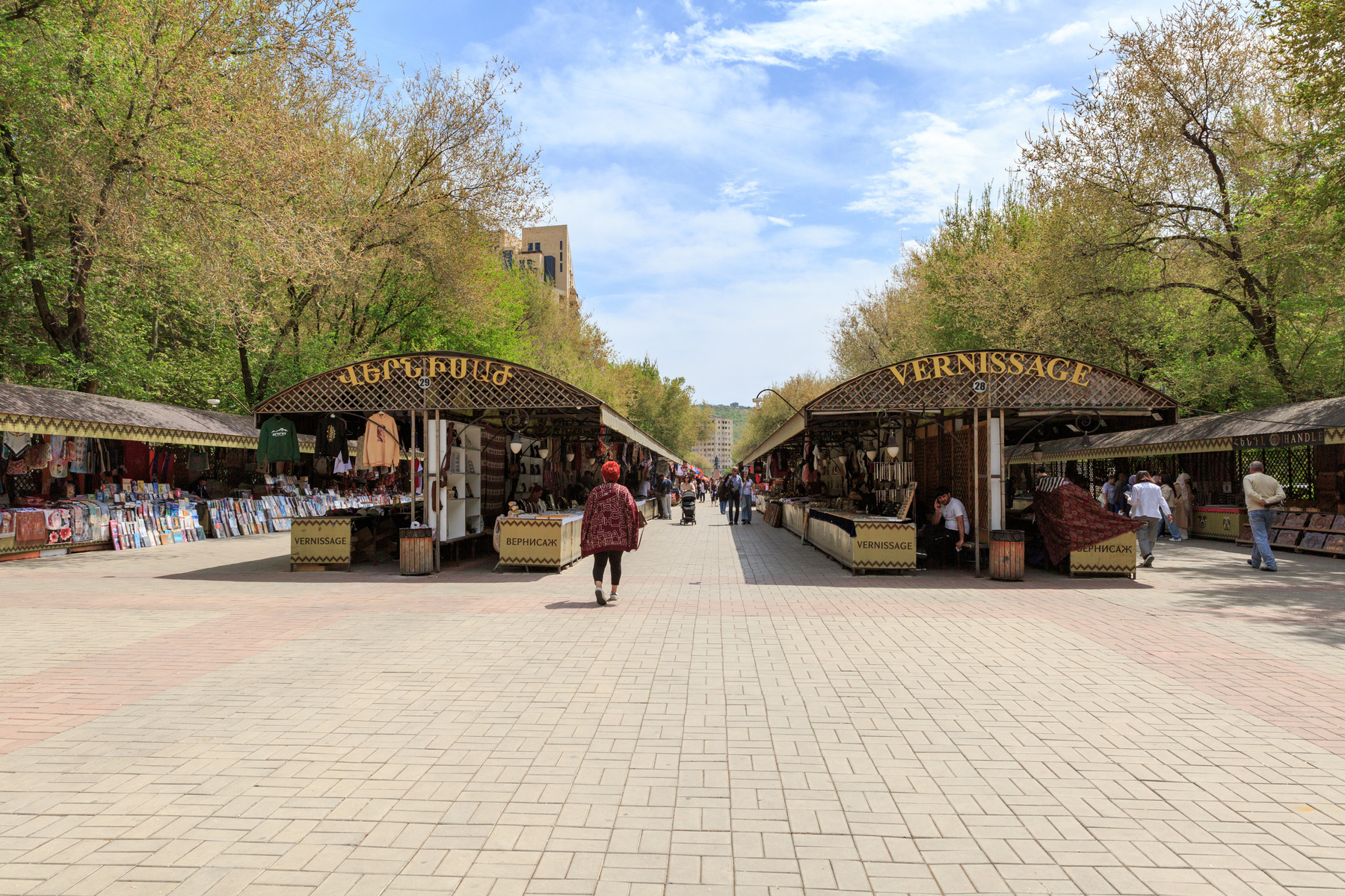
Vernissage Market – Yerevan’s open-air art gallery
From handwoven carpets to vintage Soviet pins, this bustling market is a treasure trove of Armenian craftsmanship. A walk through its stalls is a journey into tradition, talent, and tactile memory.
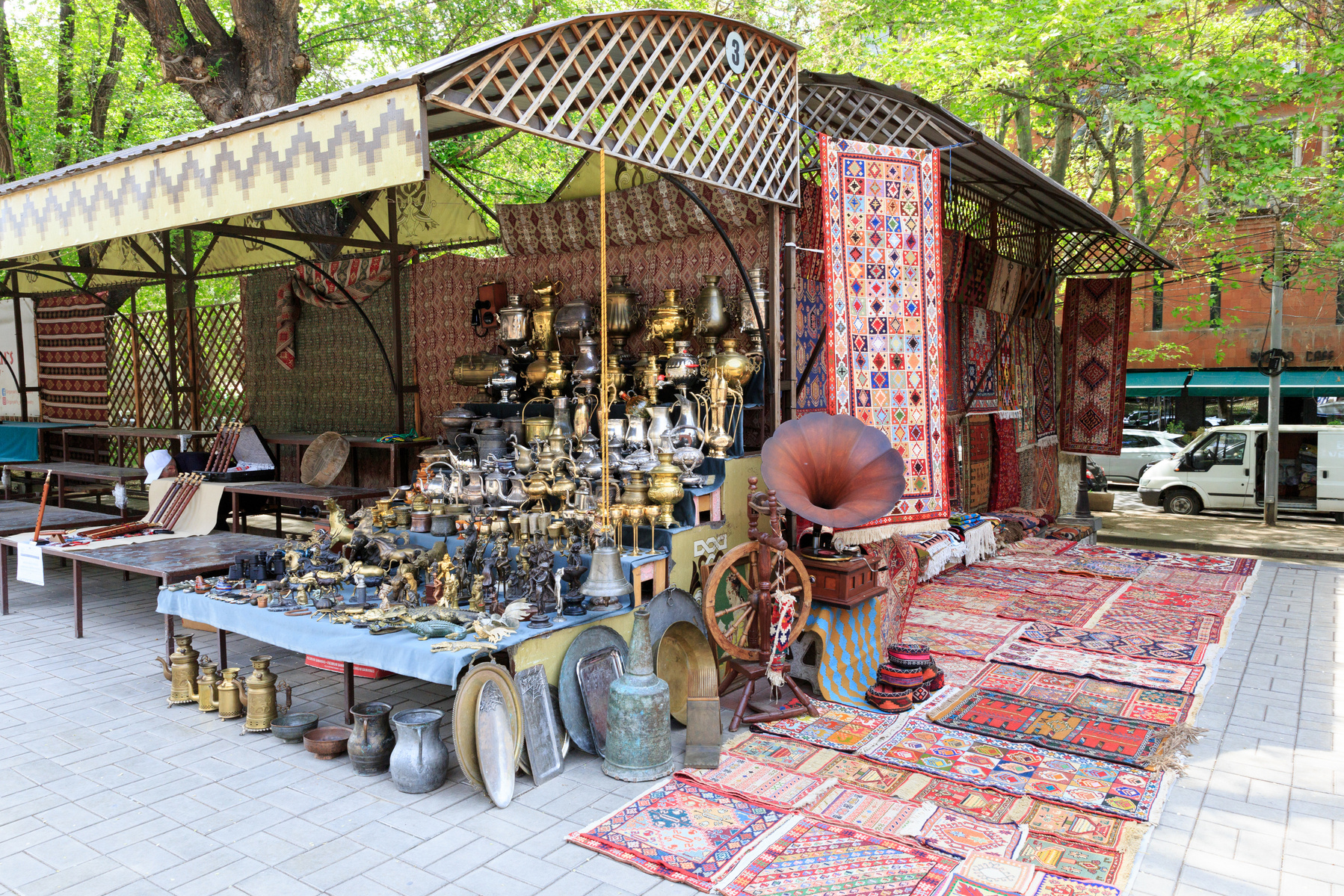
Vernissage treasures – the soul of Armenia in objects
Rugs woven with ancestral patterns, brass samovars whispering tea stories, and gramophones evoking old melodies. A corner of the market where every piece carries a fragment of memory.
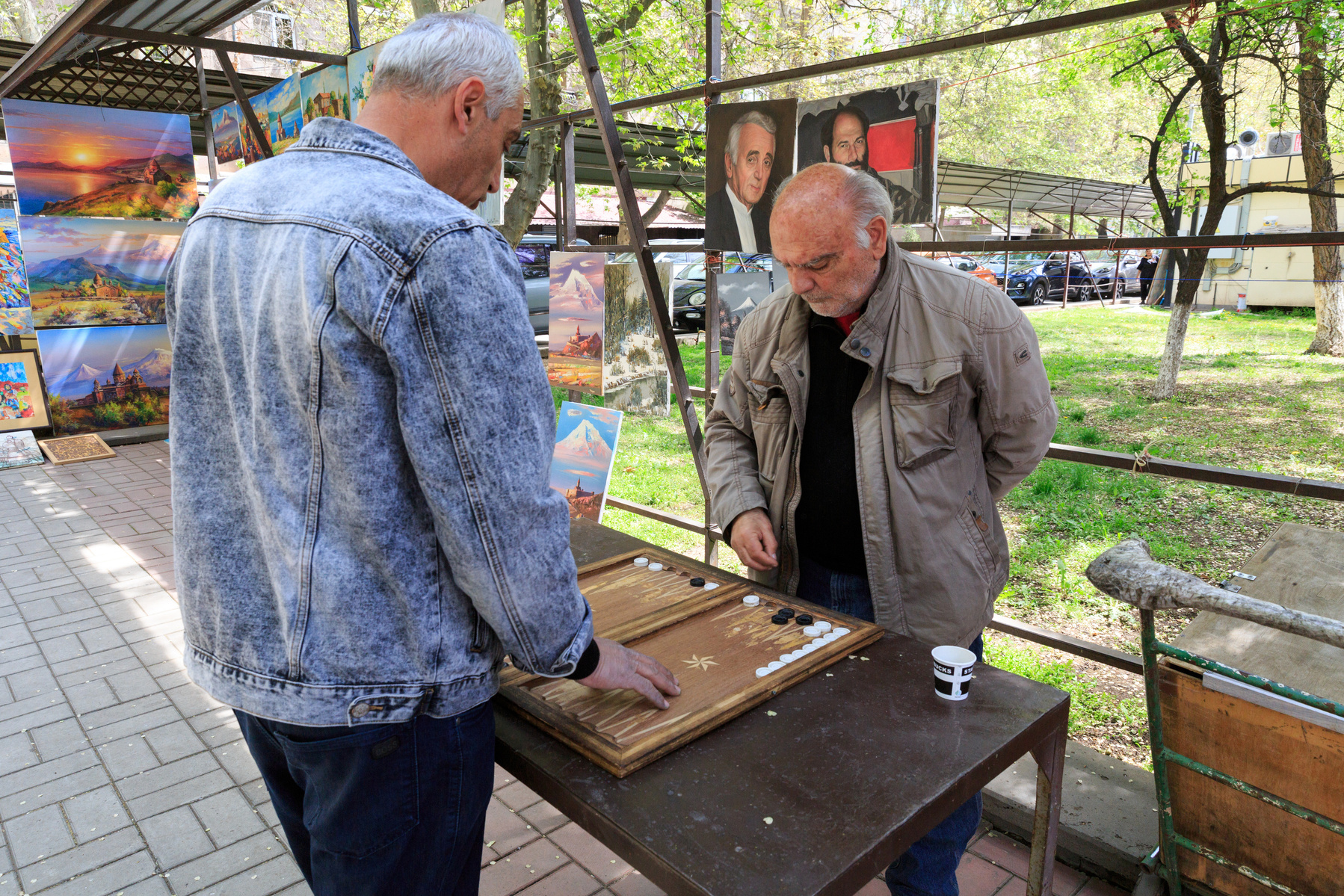
Game of Tavli – strategy, silence, and shared time
Amidst the stalls of art and antiques, a timeless match unfolds. At Vernissage Market, it's not uncommon to see several players gathered over backgammon boards—because in Armenia, this isn’t just a game, it’s a language of concentration, friendship, and tradition.
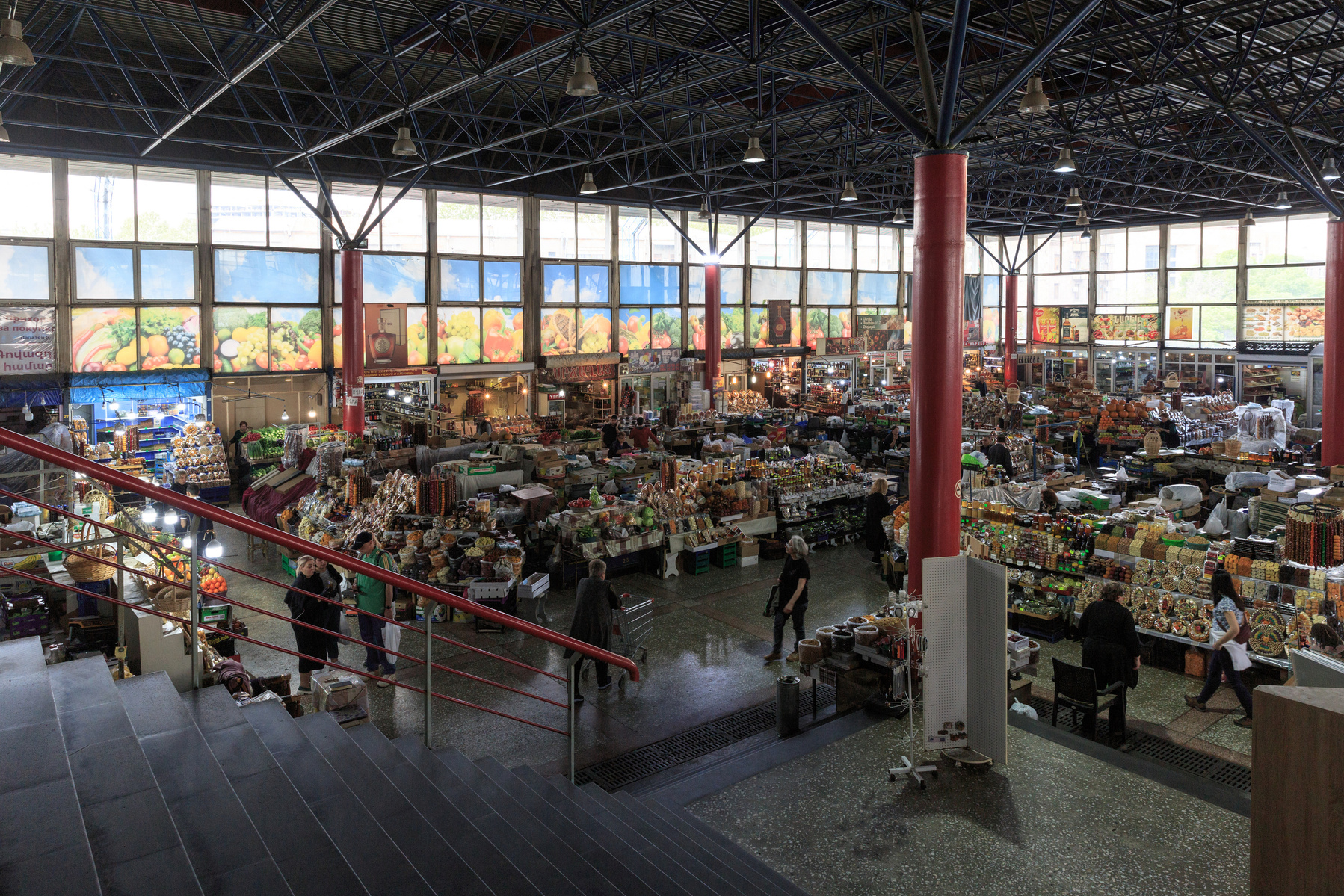
GUM Market – the pantry of Yerevan
From dried fruits and spices to fresh lavash and homemade vodka, this lively indoor market is a feast for the senses. A perfect place to taste, talk, and take home a slice of Armenian daily life.
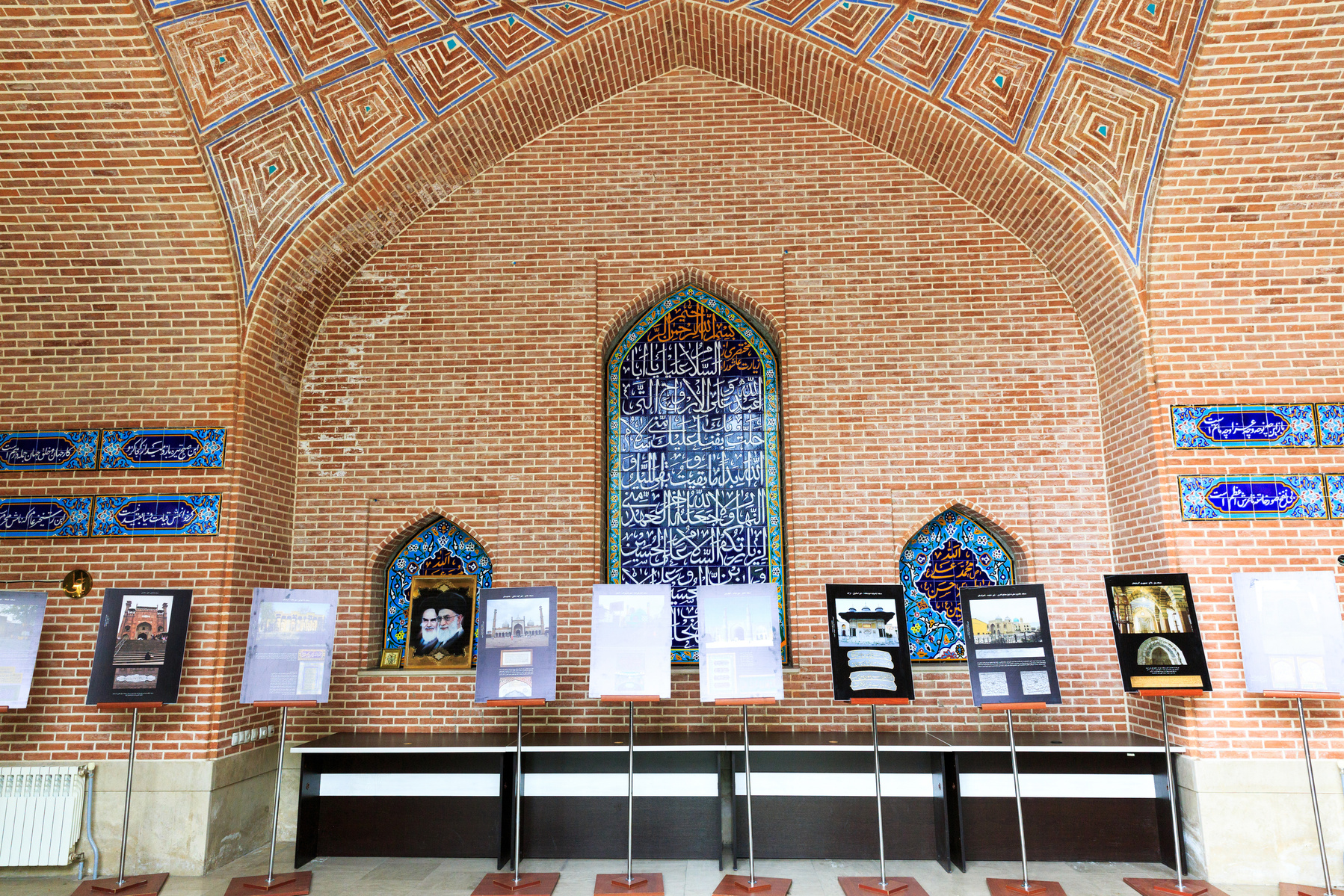
Blue Mosque – geometry, calligraphy, and quiet reverence
The only active mosque in Armenia, this 18th-century Persian-style sanctuary invites visitors into a space of intricate tilework, flowing calligraphy, and spiritual stillness. A rare Islamic landmark that today serves as a cultural bridge between Yerevan and Tehran.
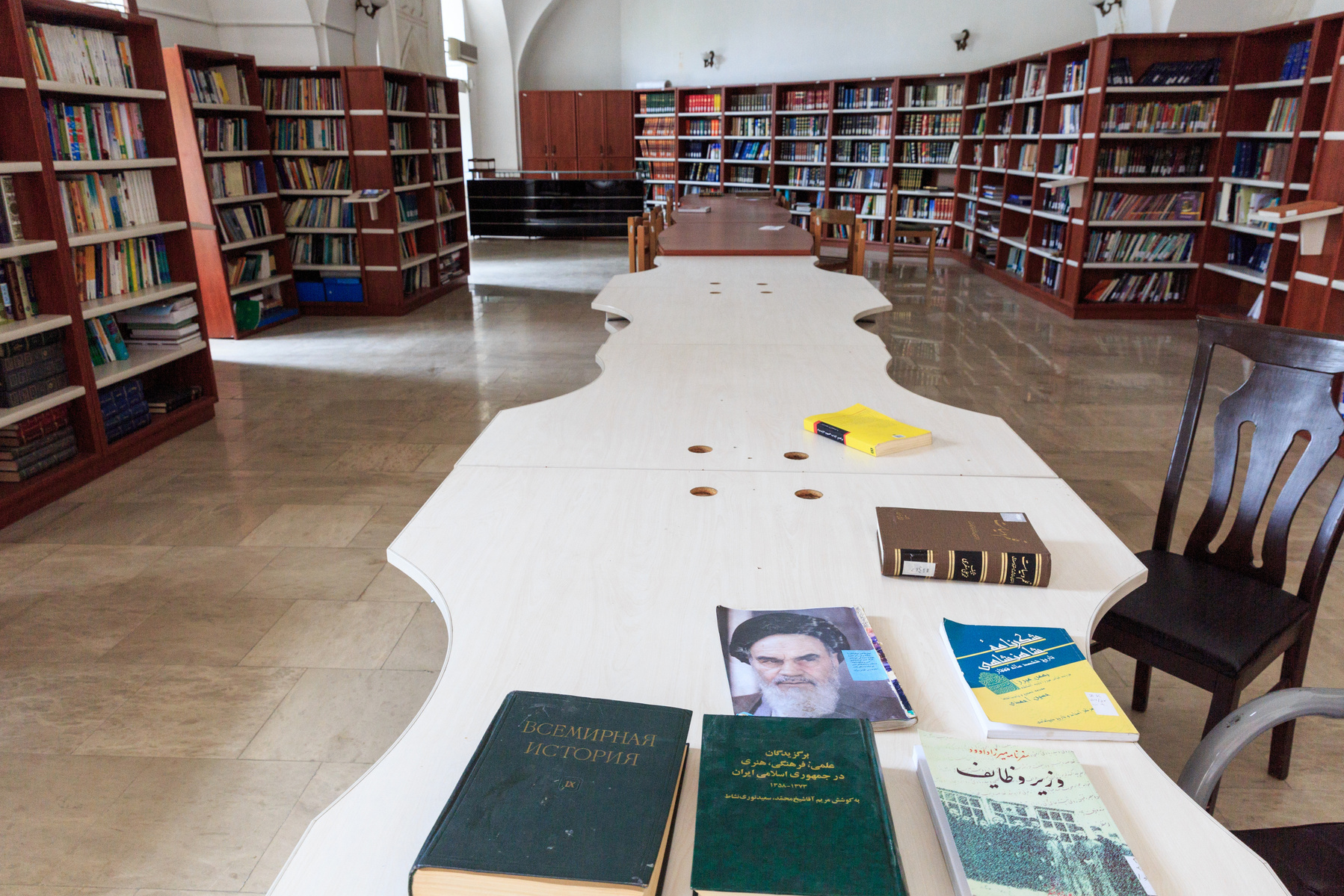
Blue Mosque Library – shelves of diplomacy and devotion
Tucked inside Yerevan’s only active mosque, this quiet reading room offers books in Persian, Arabic, Russian, and Armenian. It’s more than a library—it’s a meeting point between faith, culture, and dialogue.
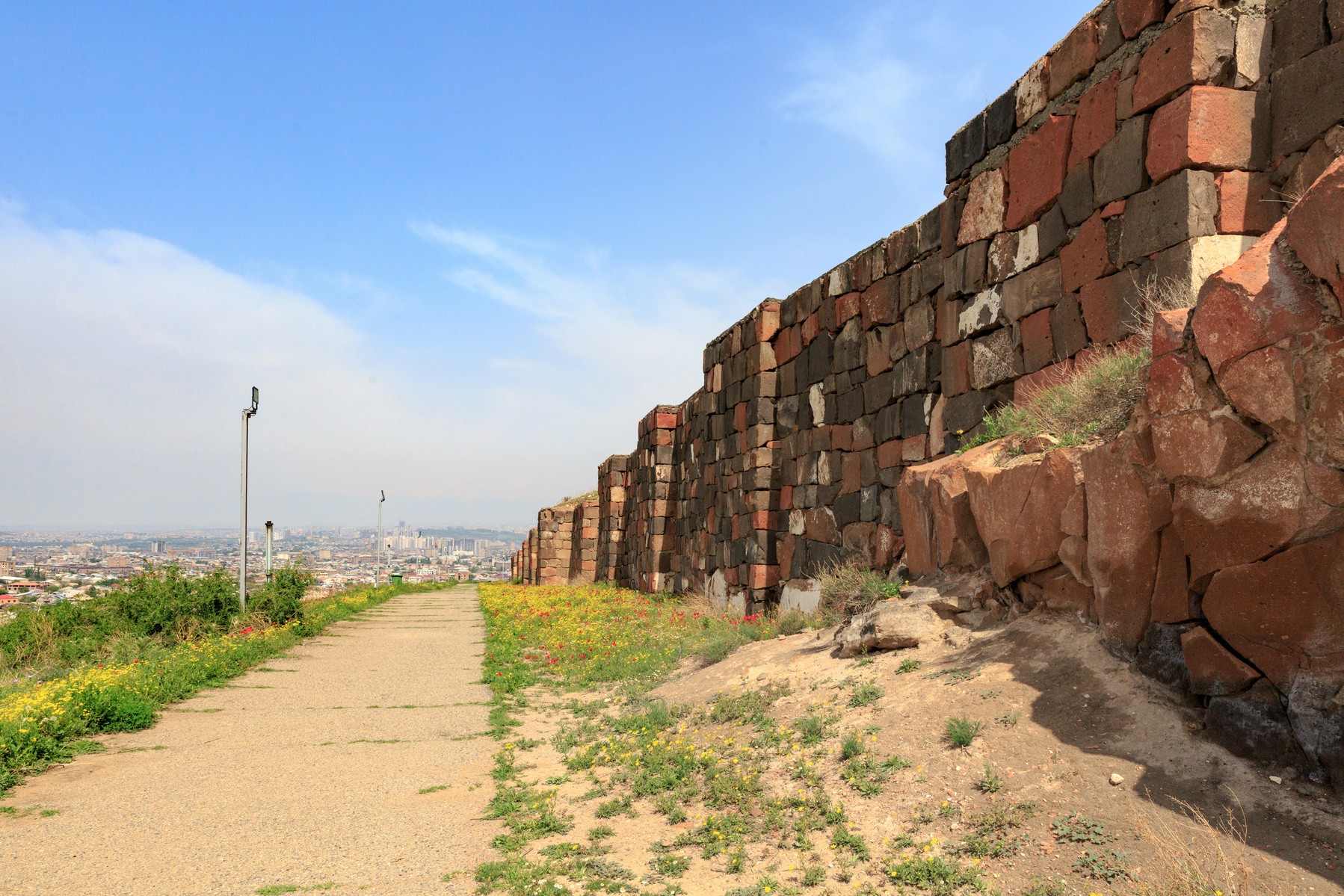
Erebuni Fortress – where Yerevan was born
Massive basalt walls rising over the cityscape tell a story that began in 782 BC. From this Urartian outpost, Yerevan grew—layer by layer, stone by stone, into the capital it is today.
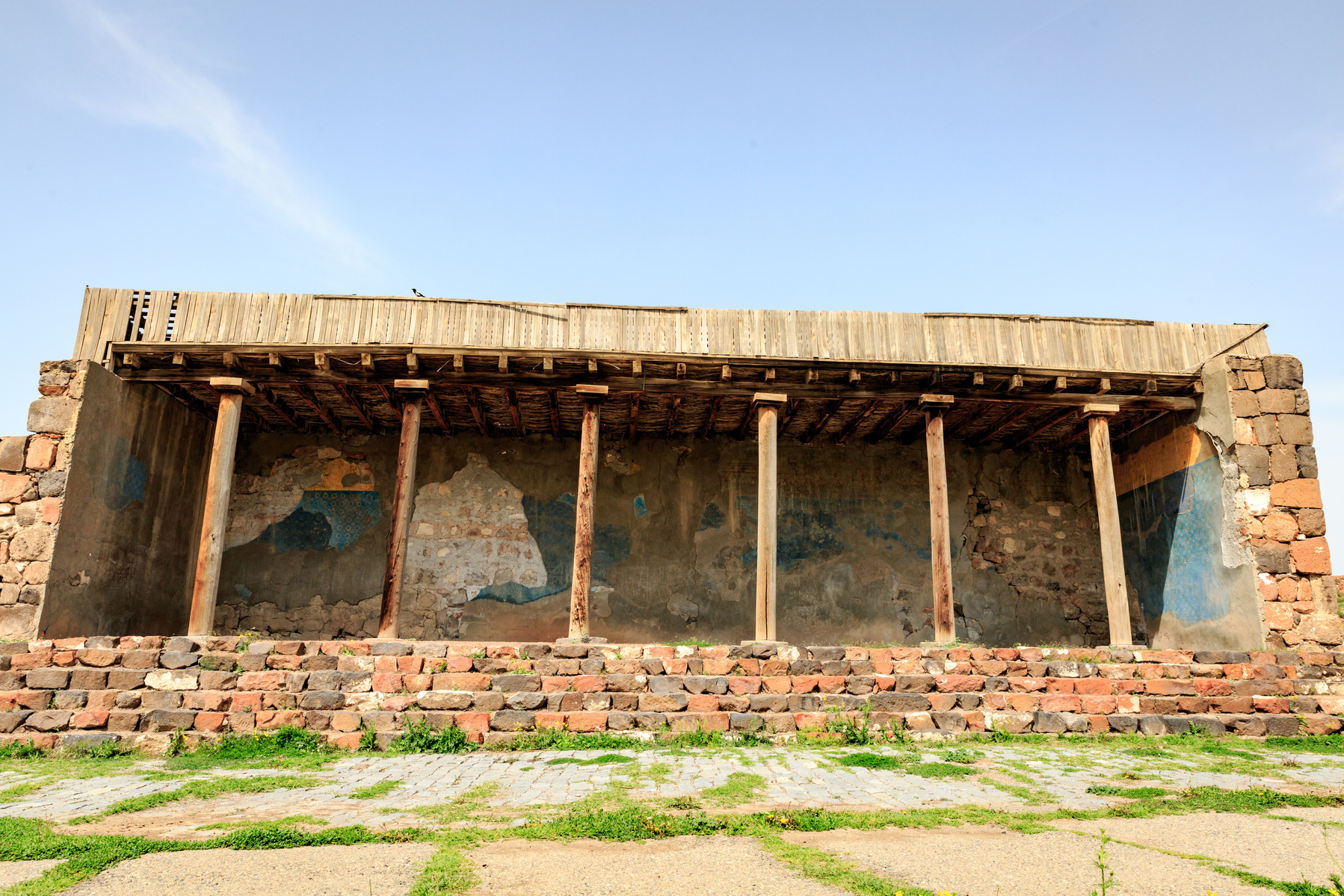
Erebuni frescoes – faded colors, enduring empire
These weathered murals and timber columns are remnants of the Urartian citadel’s ceremonial hall. Though time has softened their hues, they still speak of royal authority, ancient rituals, and the origins of Yerevan.
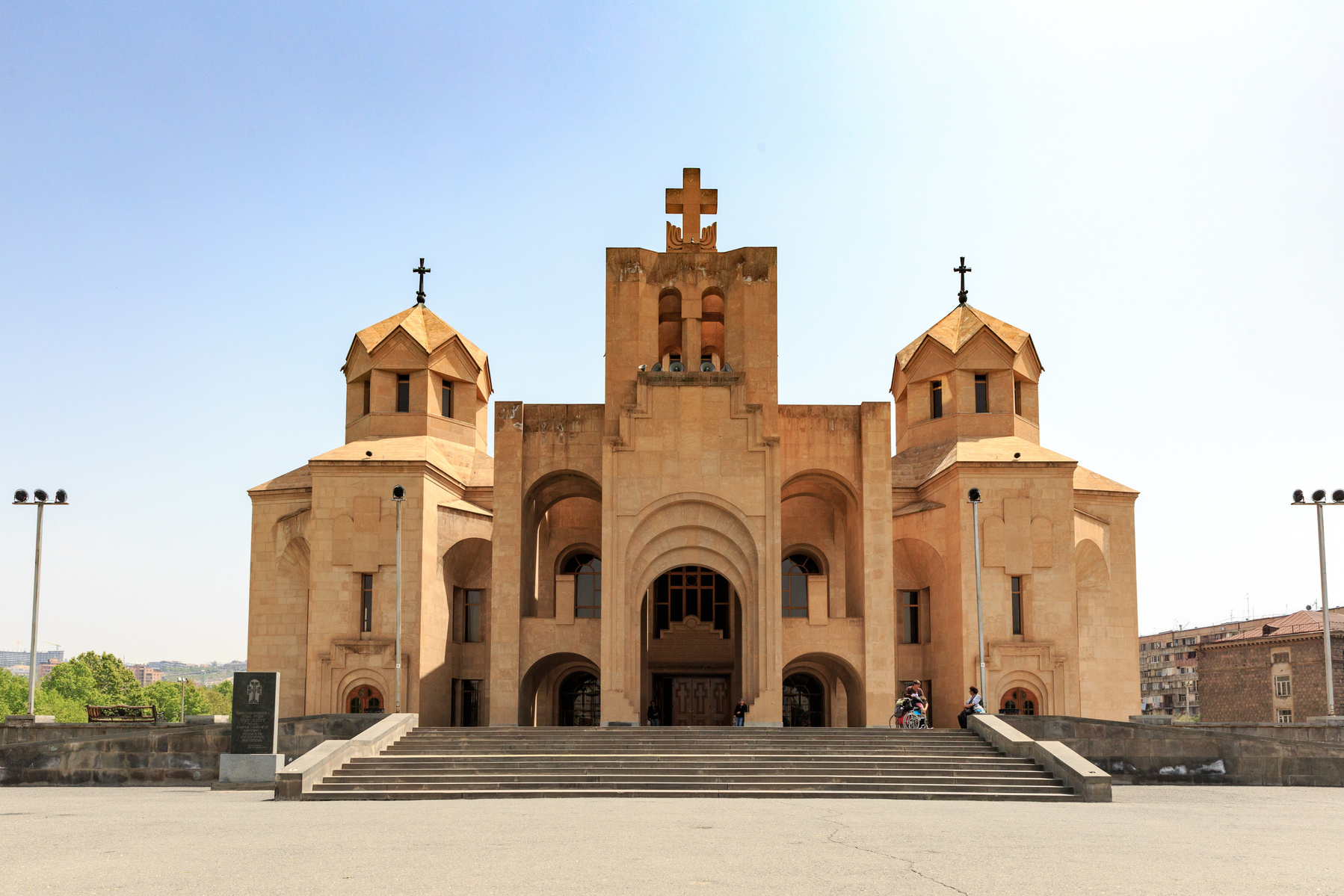
Saint Gregory the Illuminator Cathedral – a monument of faith
Built to commemorate 1,700 years of Christianity in Armenia, this monumental cathedral stands tall over Yerevan as a modern beacon of an ancient faith. Its solemn geometry echoes centuries of resilience and devotion.
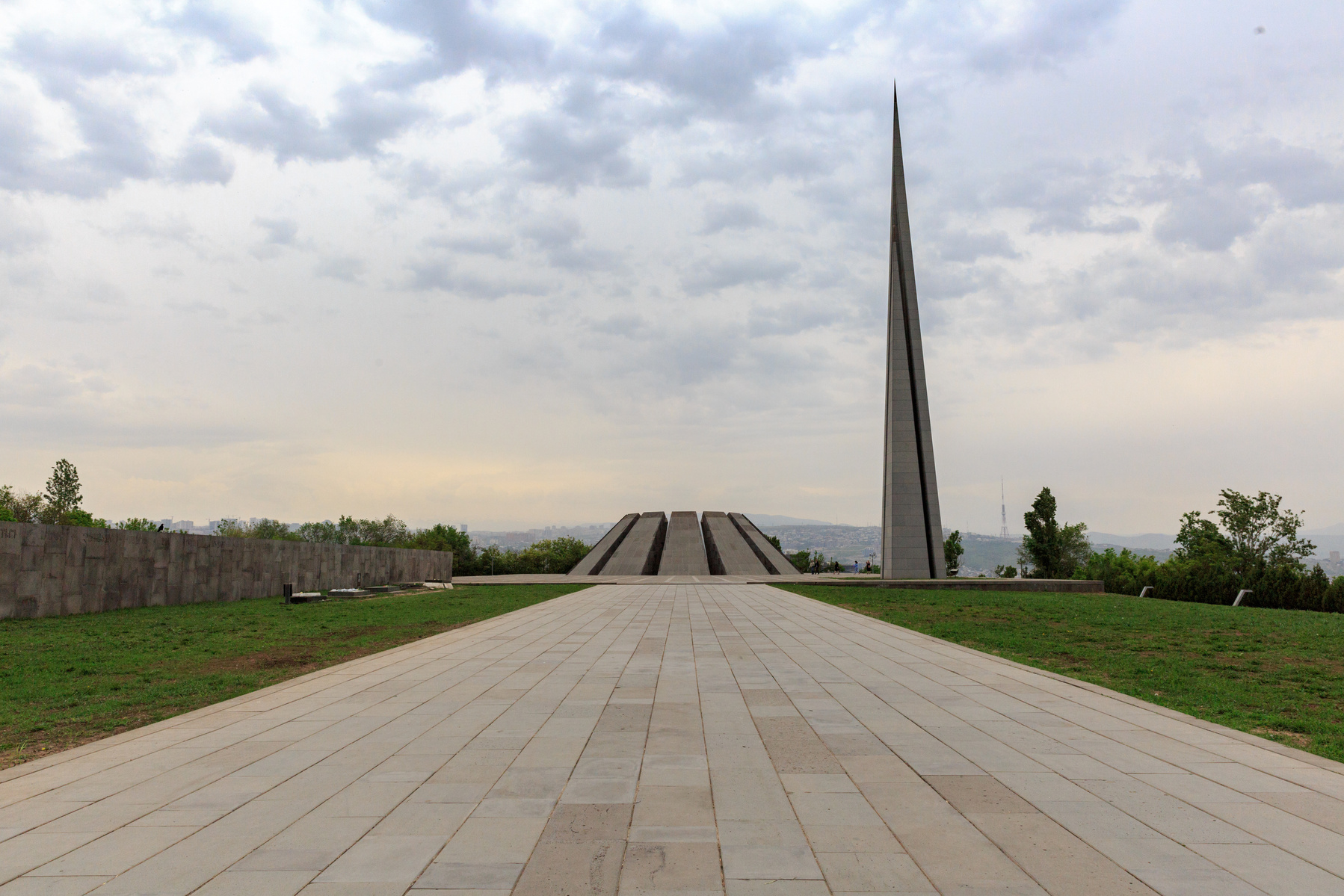
Tsitsernakaberd – silence carved in stone
A place of memory and mourning, this memorial honors the 1.5 million Armenians who perished in the genocide of 1915. Its soaring spire and sunken circle of eternal flame speak a language beyond words.
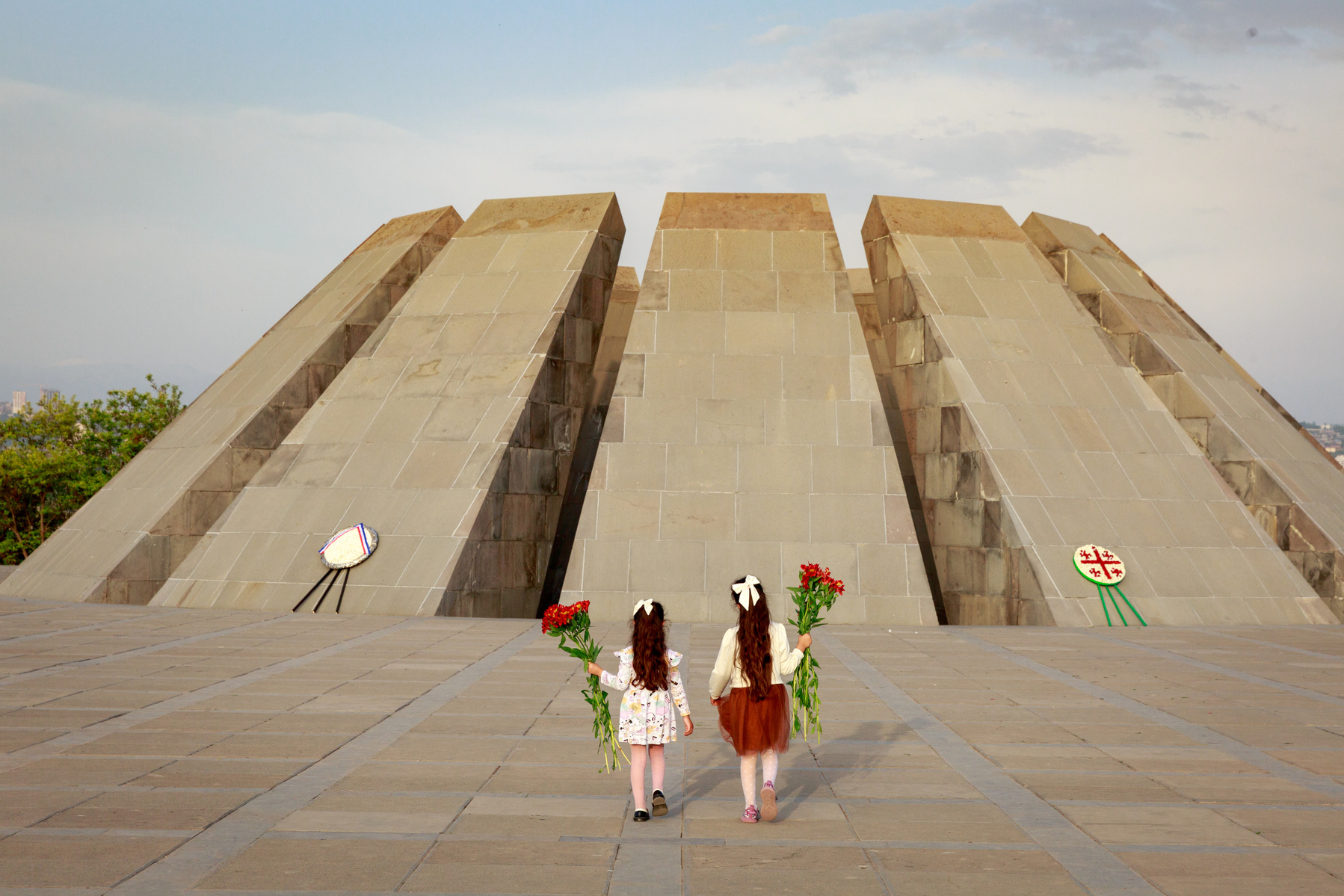
Tsitsernakaberd – remembrance passed to the next generation
Two young girls, arms full of flowers, approach the eternal flame. In this sacred place, memory is not only preserved—it is taught, carried forward, and kept alive by the future.
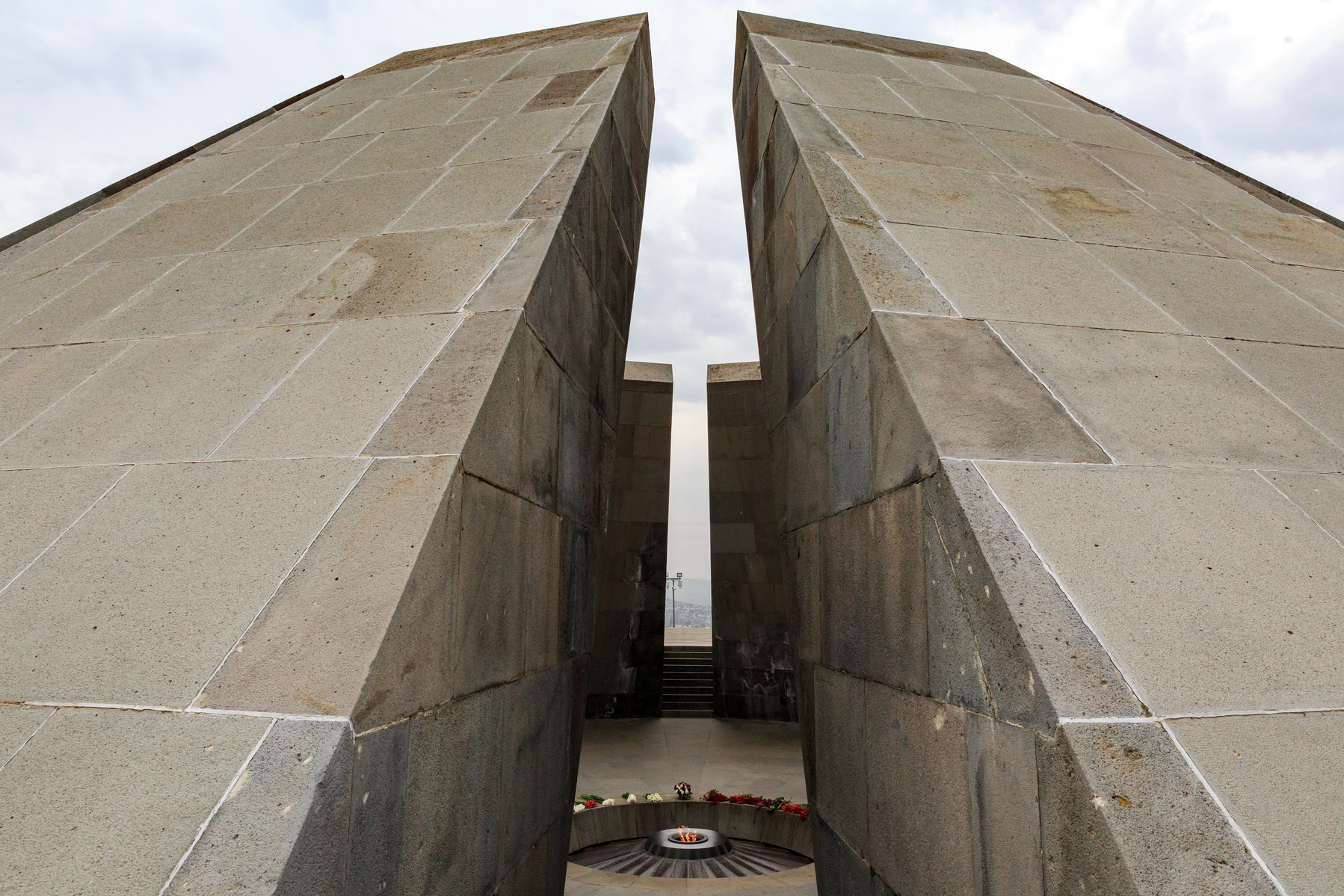
Eternal Flame at Tsitsernakaberd – grief that never fades
Encircled by twelve basalt slabs, the flame burns day and night in memory of a million and a half souls. A space of silence and sorrow, where architecture becomes collective remembrance.
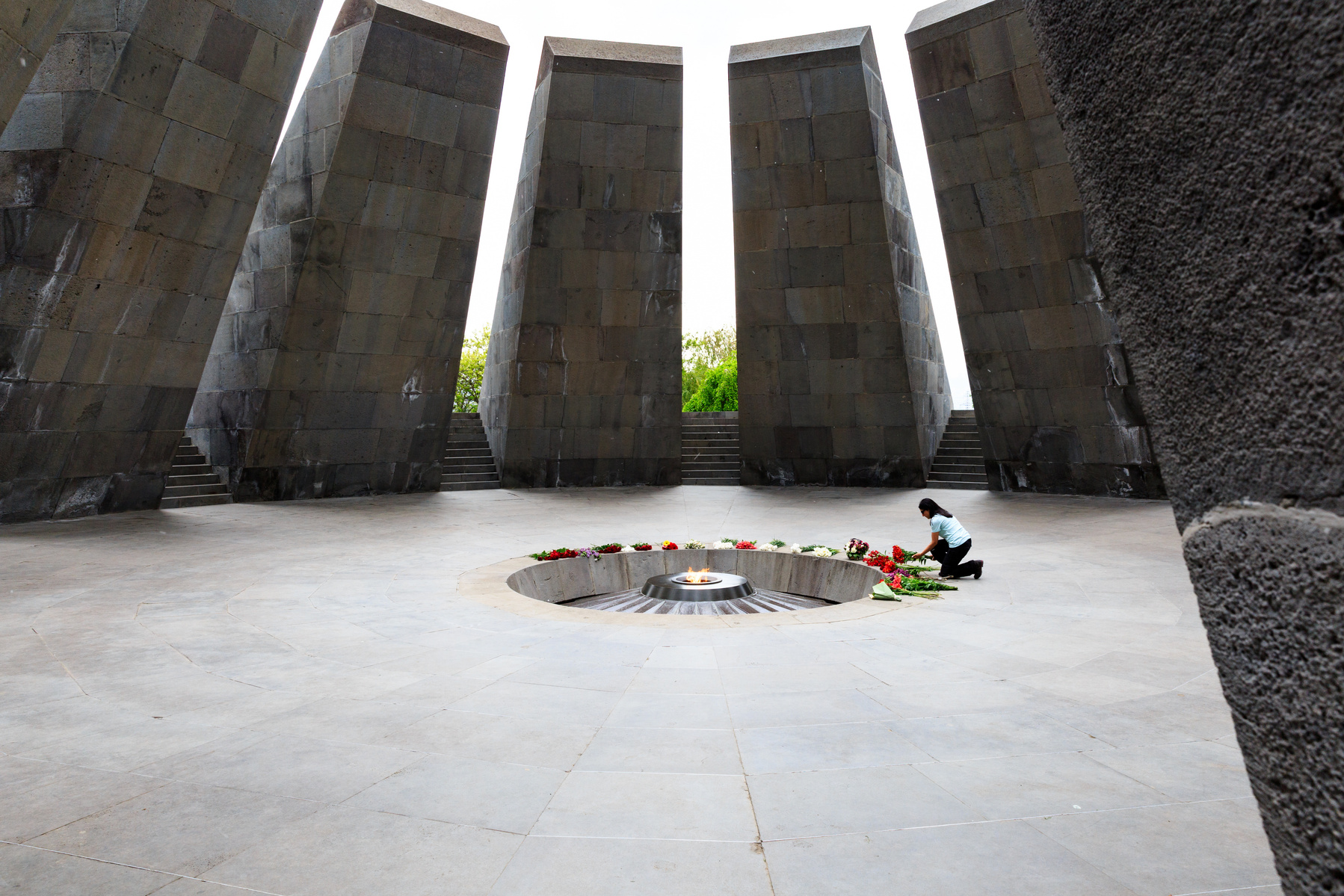
Tsitsernakaberd – one flower, one story
Kneeling before the eternal flame, a woman adds her gesture to the circle of remembrance. Each flower placed here carries a silent message of loss, resilience, and unforgotten history.

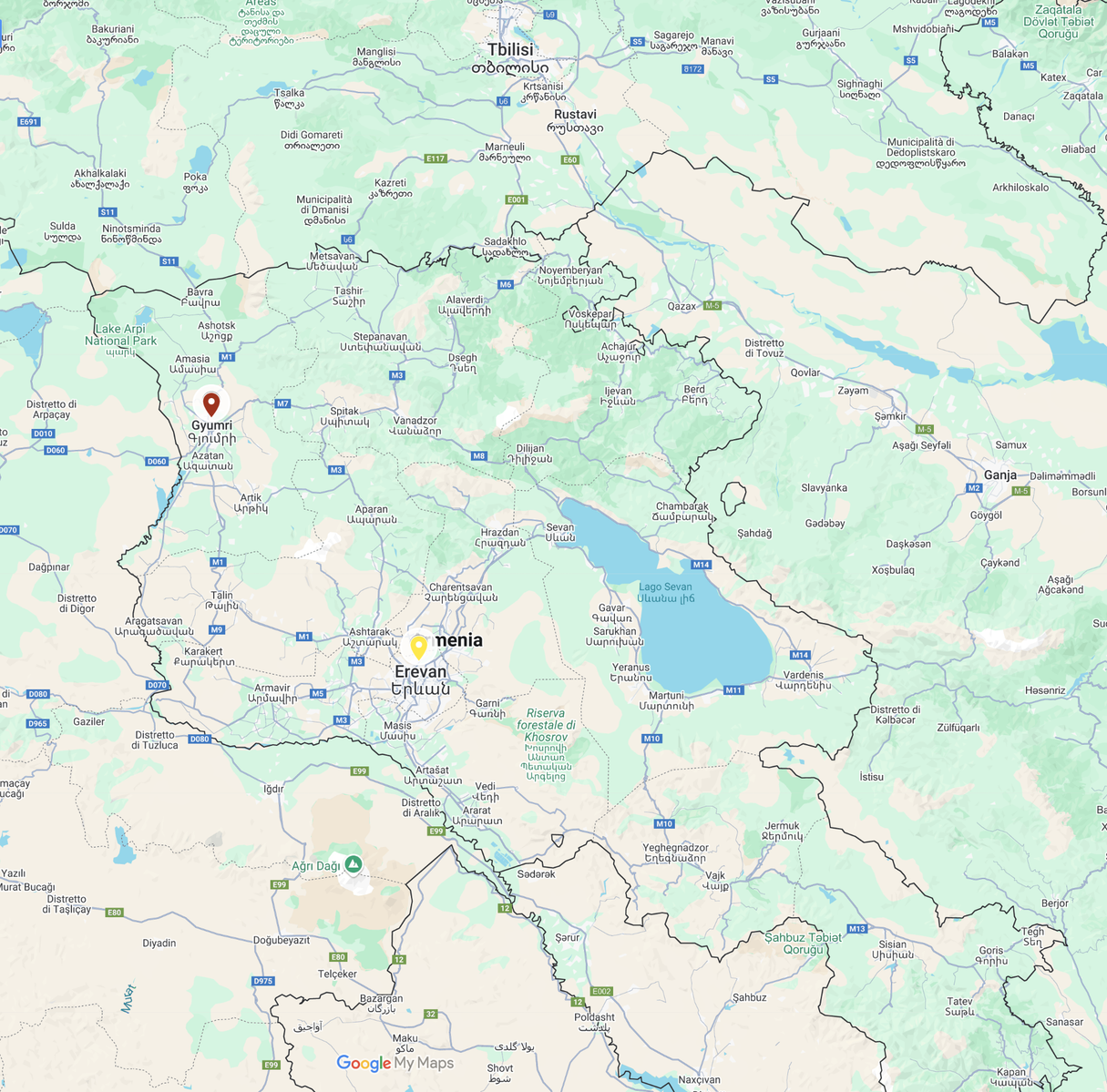

Holy Saviour Cathedral, Gyumri – light and resilience in black tuff
With its striking volcanic stone façade and vibrant orange details, this cathedral stands as both a house of worship and a symbol of Gyumri’s strength, rebuilt from tragedy with faith and pride.
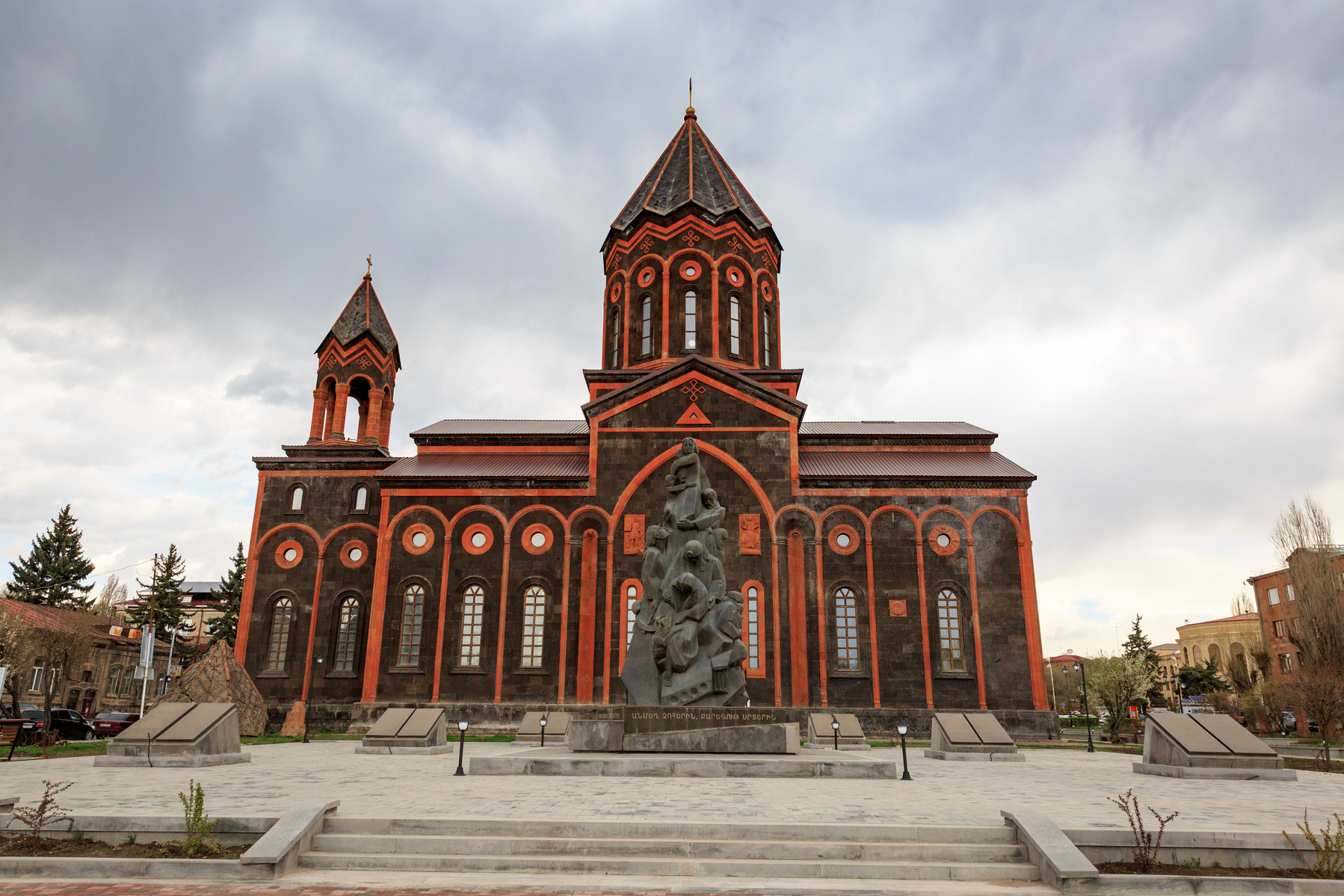
Facing the black-and-orange majesty of the cathedral, this poignant sculpture honors the thousands lost in the 1988 earthquake. Together, they speak of tragedy and rebirth—etched in stone, held in faith.
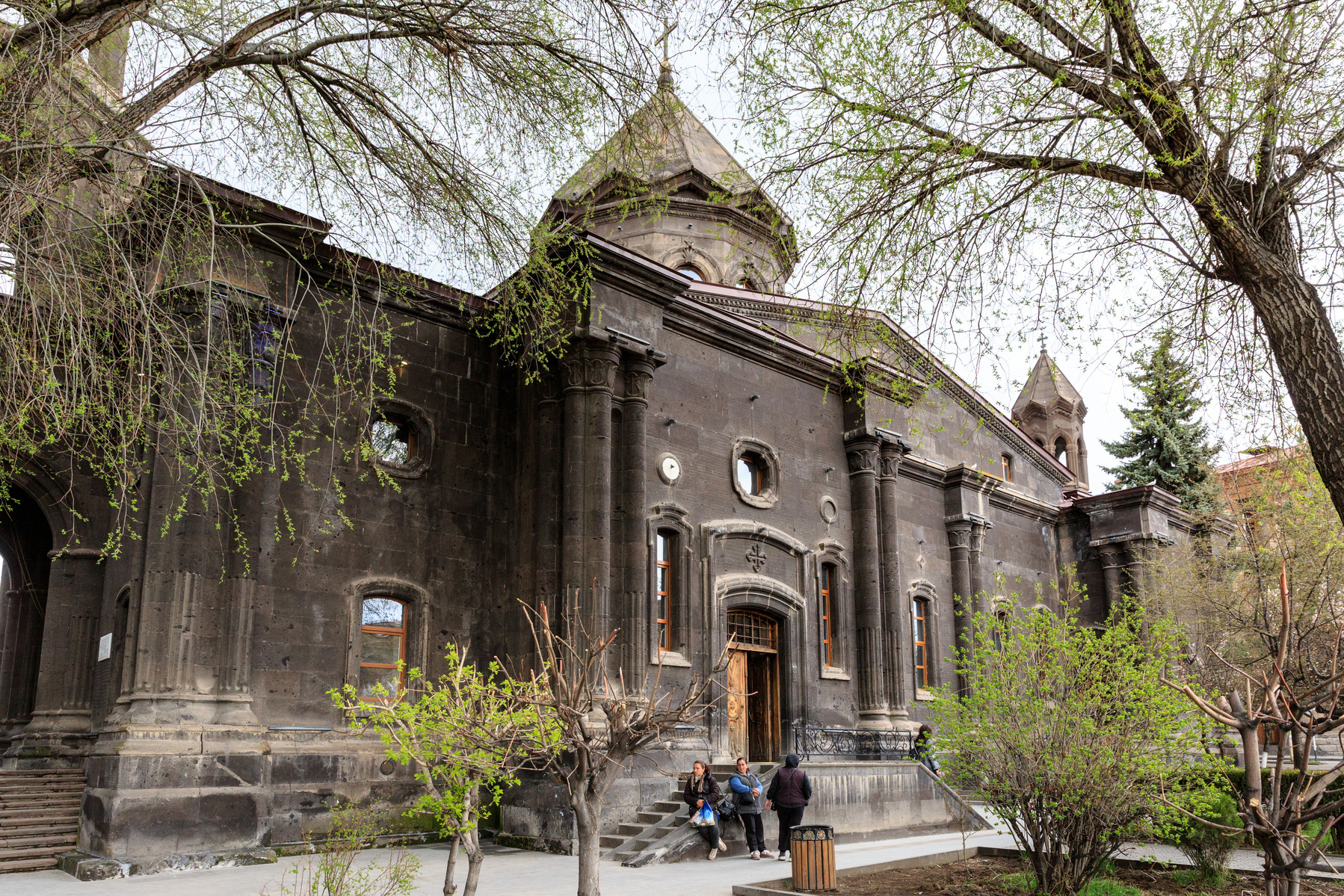
Saint Nshan Church, Gyumri – faith carved in stone
Built in the mid-19th century and resilient through quakes and history, this black tuff church stands as a serene witness to Gyumri’s spiritual and architectural legacy.
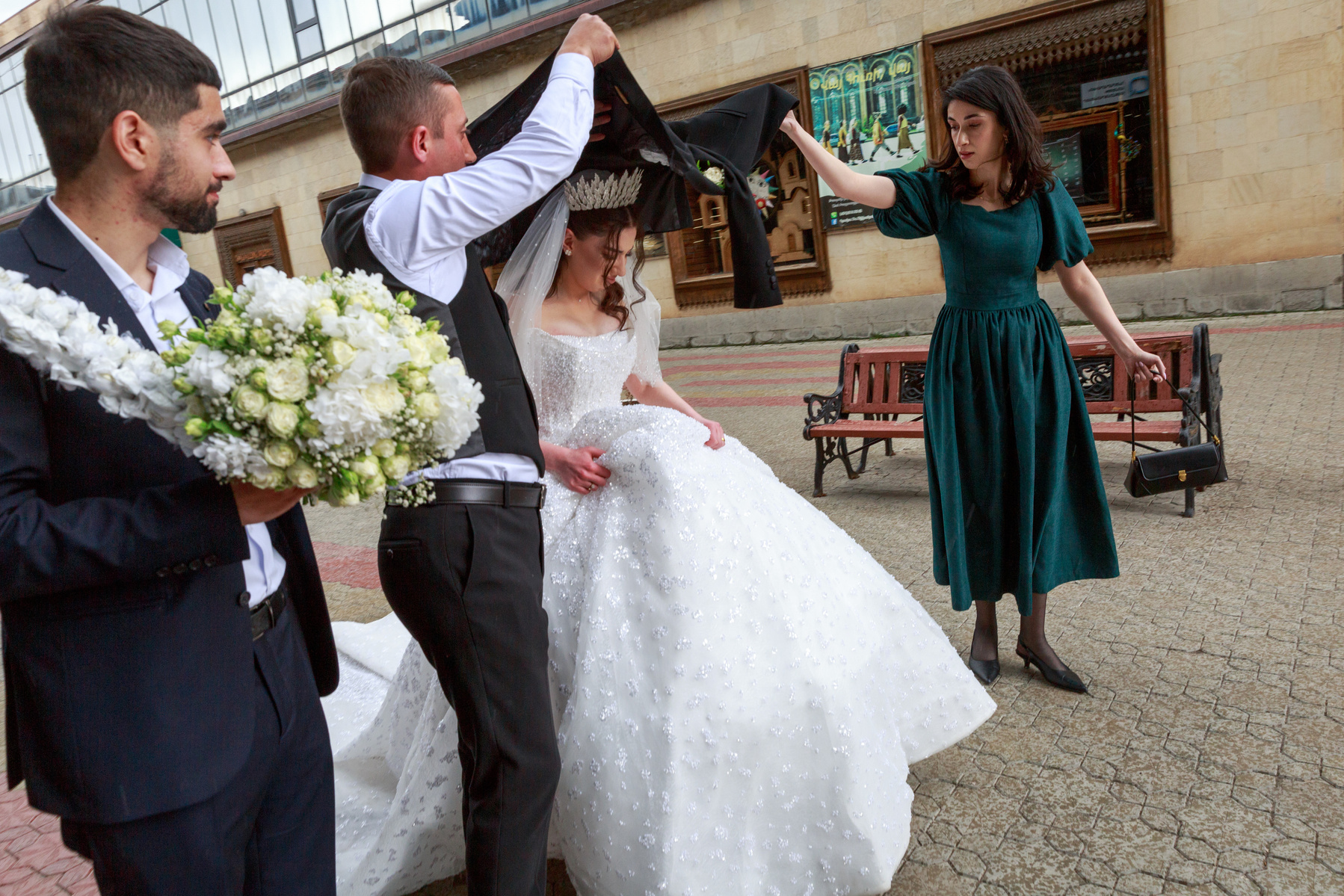
Wedding moment – traditions wrapped in tenderness
In the streets of Gyumri, a bride is shielded by her loved ones before entering the church. A quiet ritual of care and custom, where every gesture tells a story older than words.
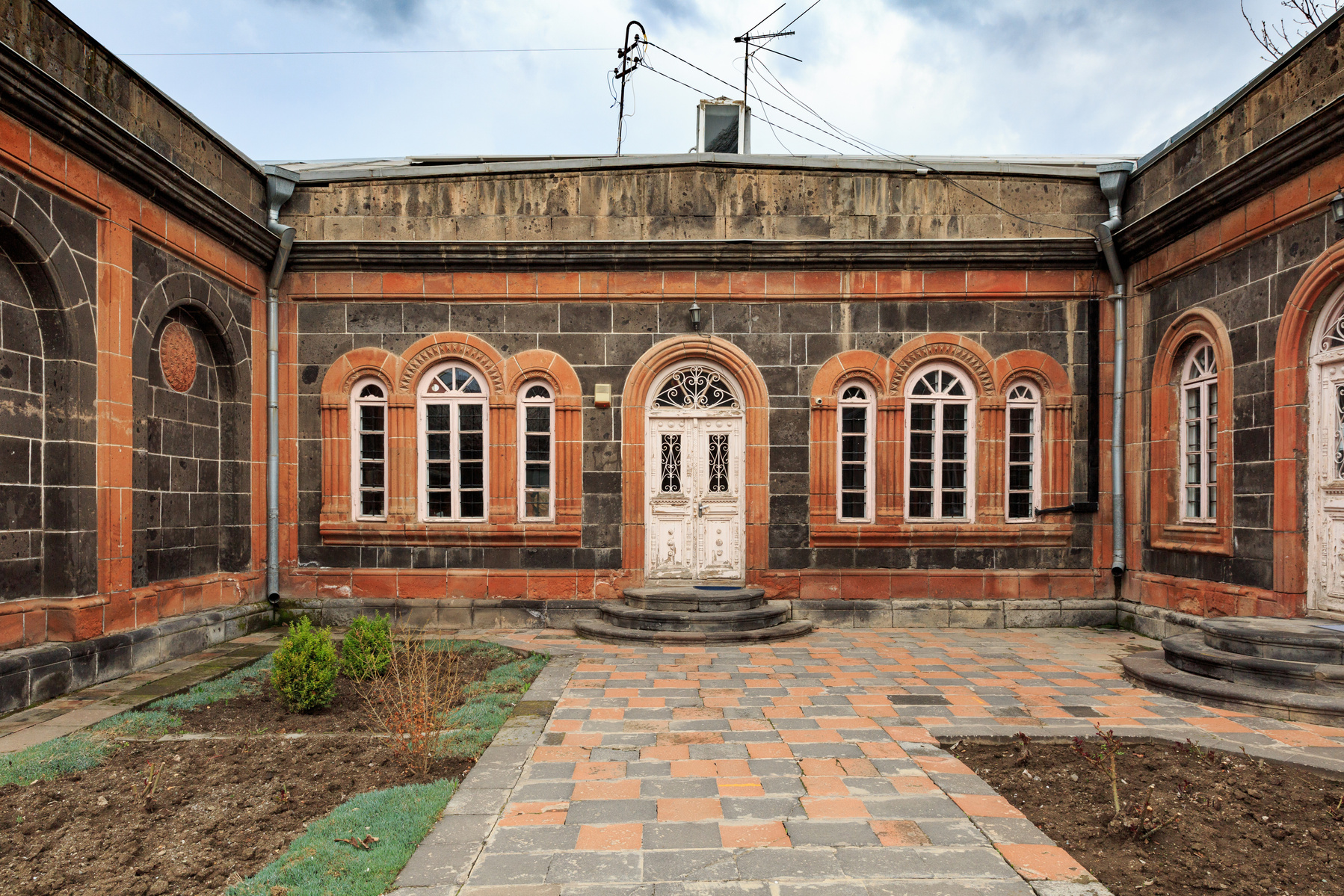
Courtyard in Gyumri – elegance in basalt and brick
Behind these ornate iron doors lies a world of stillness and stories. The interplay of black and orange stone is Gyumri’s signature, a quiet echo of a grand merchant past.
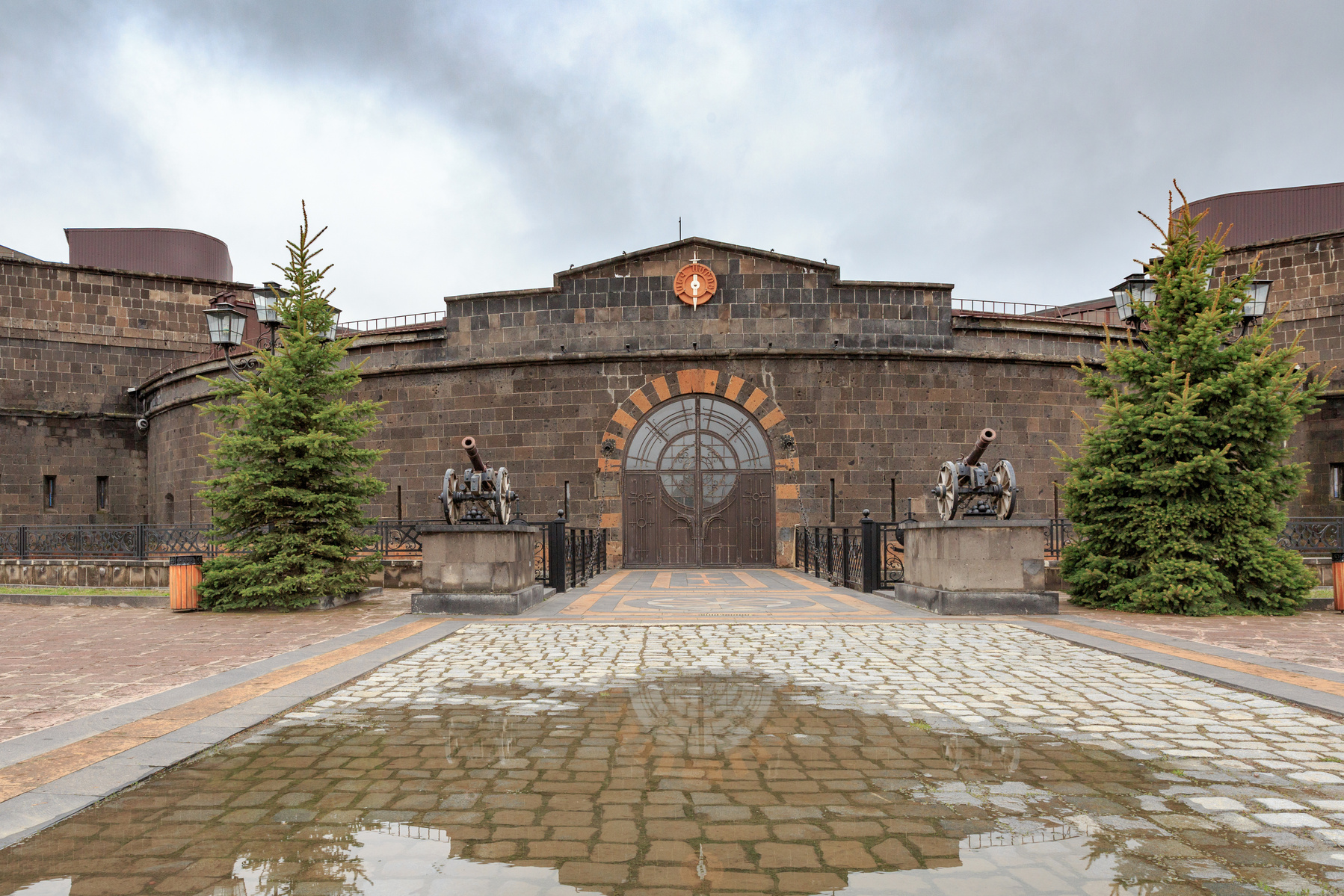
Black Fortress, Gyumri – echoes of empire
Once a strategic Russian military outpost, the Black Fortress looms with quiet authority over Gyumri. Built in the 1830s following the Russo-Turkish War, its dark basalt walls hold tales of battles, borders, and resilience.
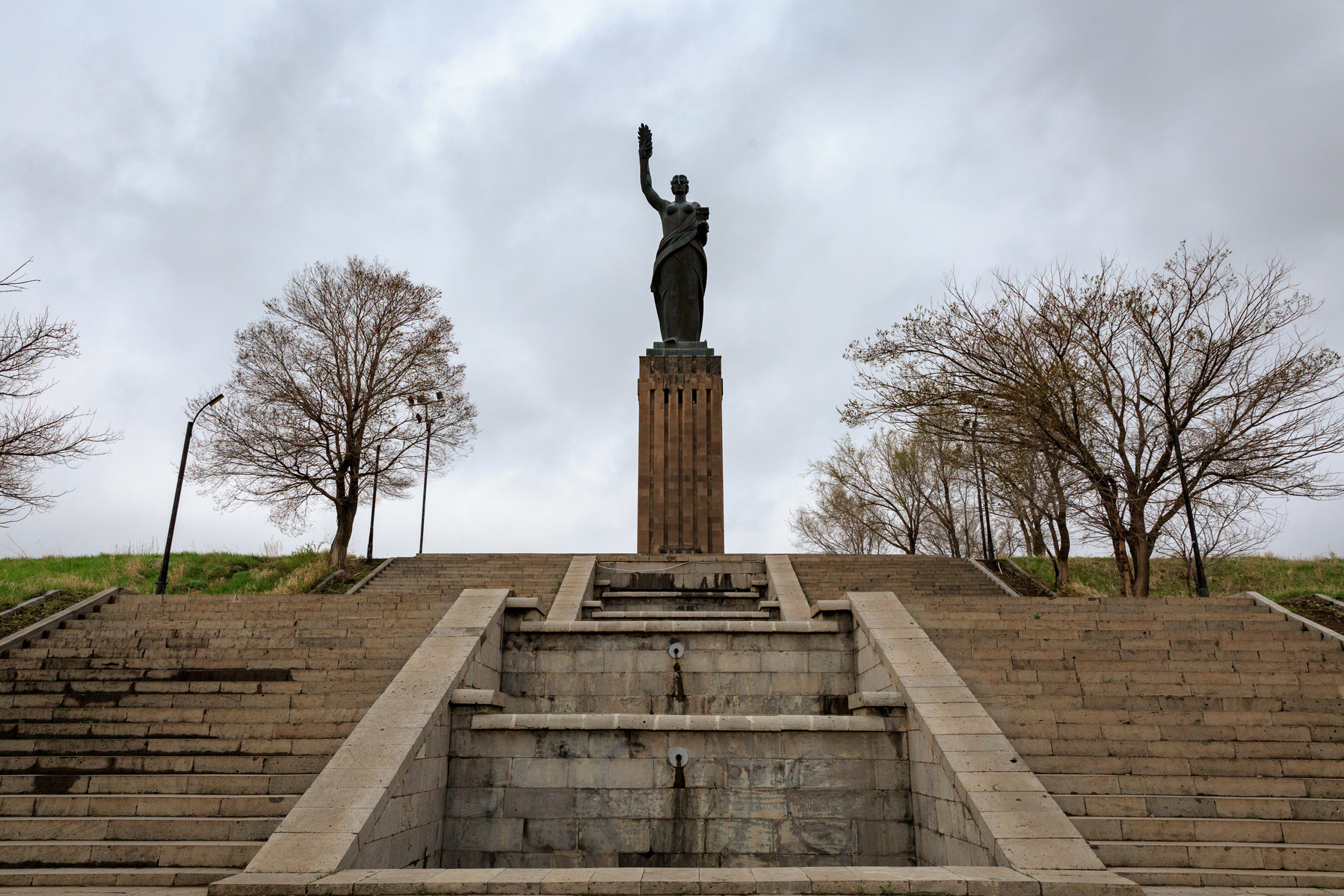
Mother Armenia, Gyumri – silent strength
This statue stands tall above Gyumri, a Soviet-era symbol of maternal power and victory. Once a Soviet soldier, she now carries peace in her hand and watches over the city.

Iron Fountain, Gyumri – Soviet monument turned relic
Once a proud symbol of Soviet industrial modernism, the Iron Fountain of Gyumri now stands in rusted solitude, a surreal and haunting remnant of a bygone era. Designed in the 1980s, it never fully functioned as intended but remains a powerful example of monumental design in decay.
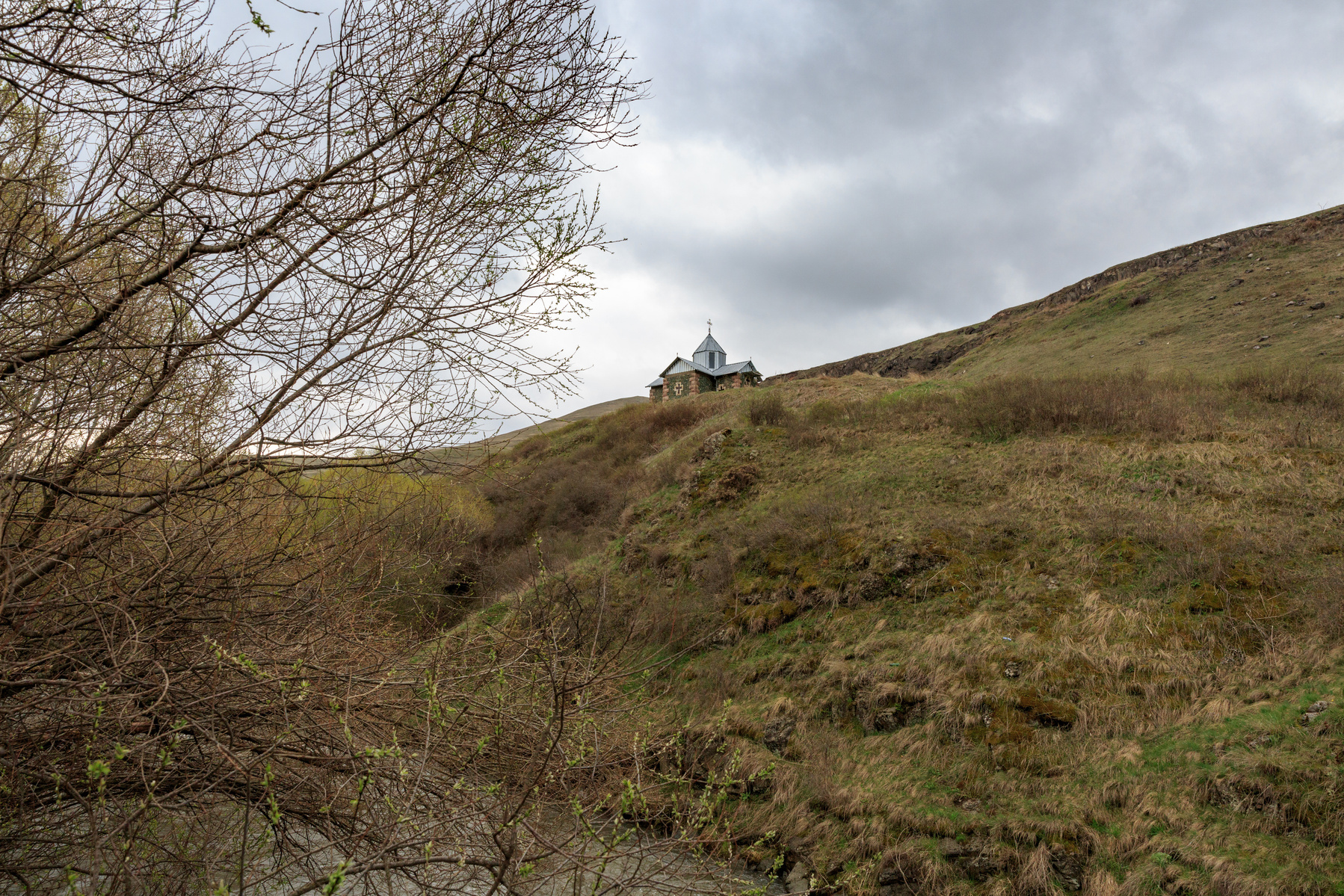
A hillside chapel on the road to Alaverdi – solitude carved into stone
As you wind through the Lori province on your way to Alaverdi, this solitary church appears on the horizon, perched quietly above a gorge. Tucked into the hills, it offers a moment of reflection amidst Armenia’s raw and rugged landscapes.
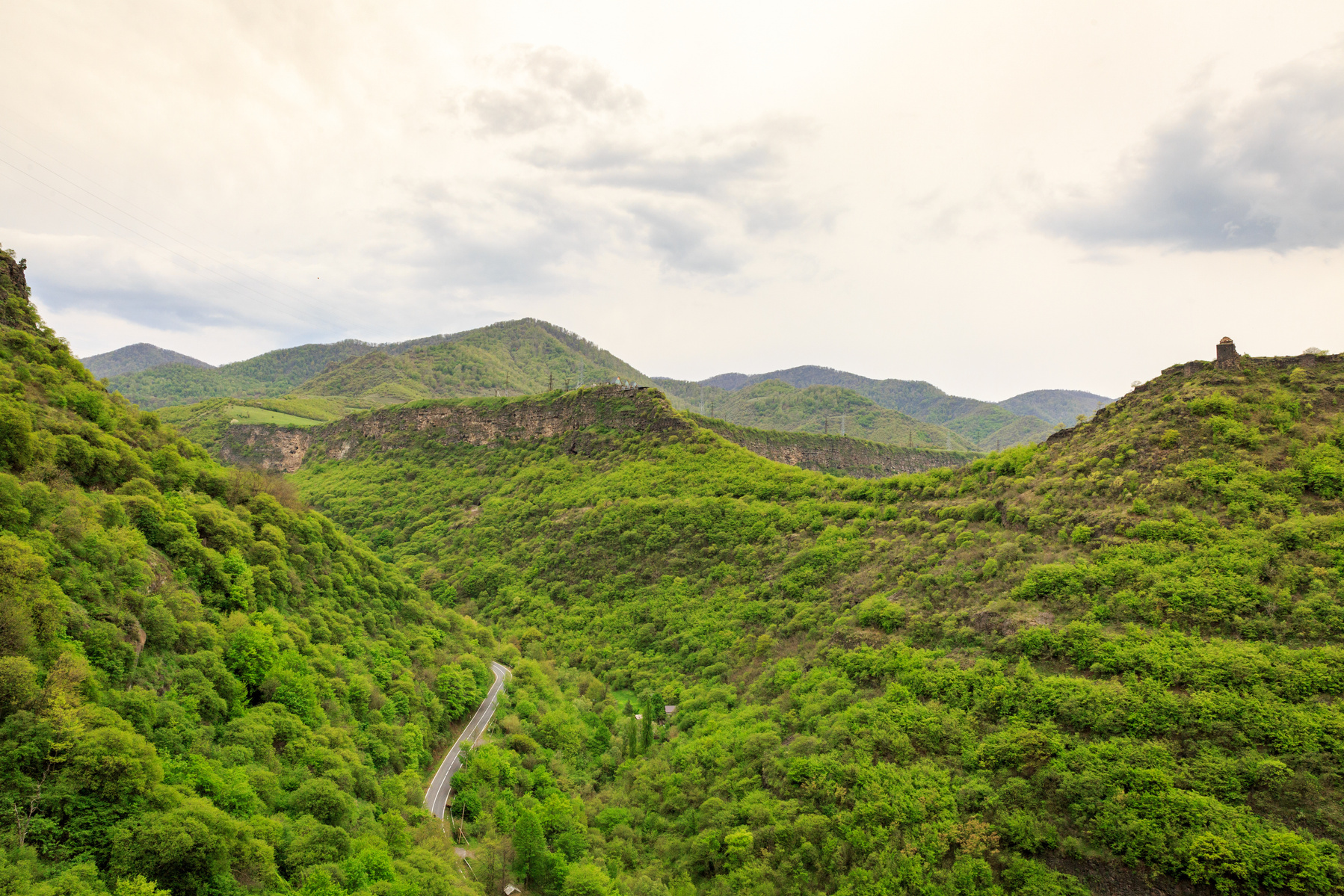
Into the Lori Gorge – the road to Alaverdi
As the highway snakes through the lush forests of Lori province, dramatic cliffs and hilltop ruins emerge in the distance. This breathtaking stretch between Vanadzor and Alaverdi offers one of the most scenic drives in Armenia, where nature and history intertwine seamlessly.

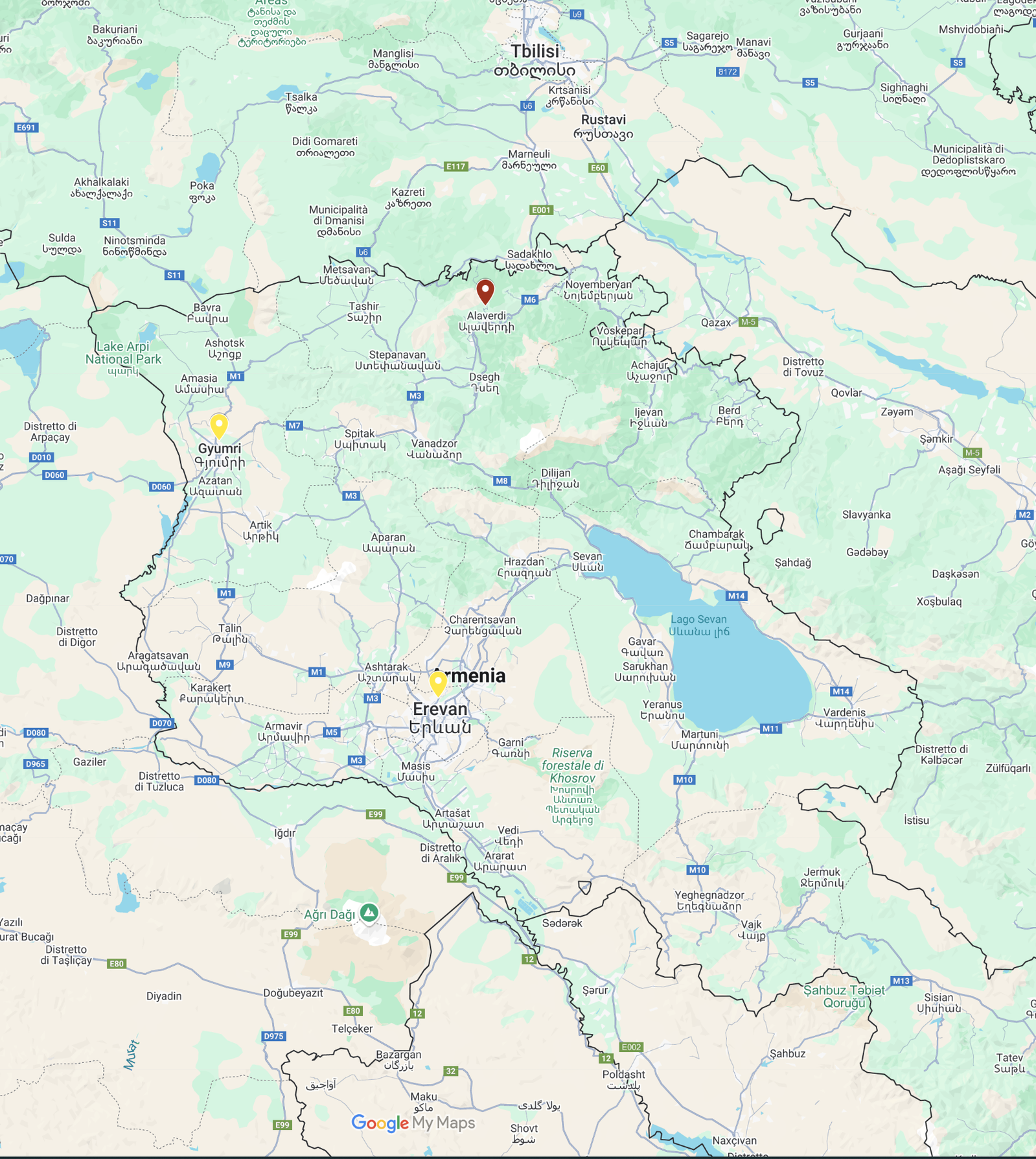
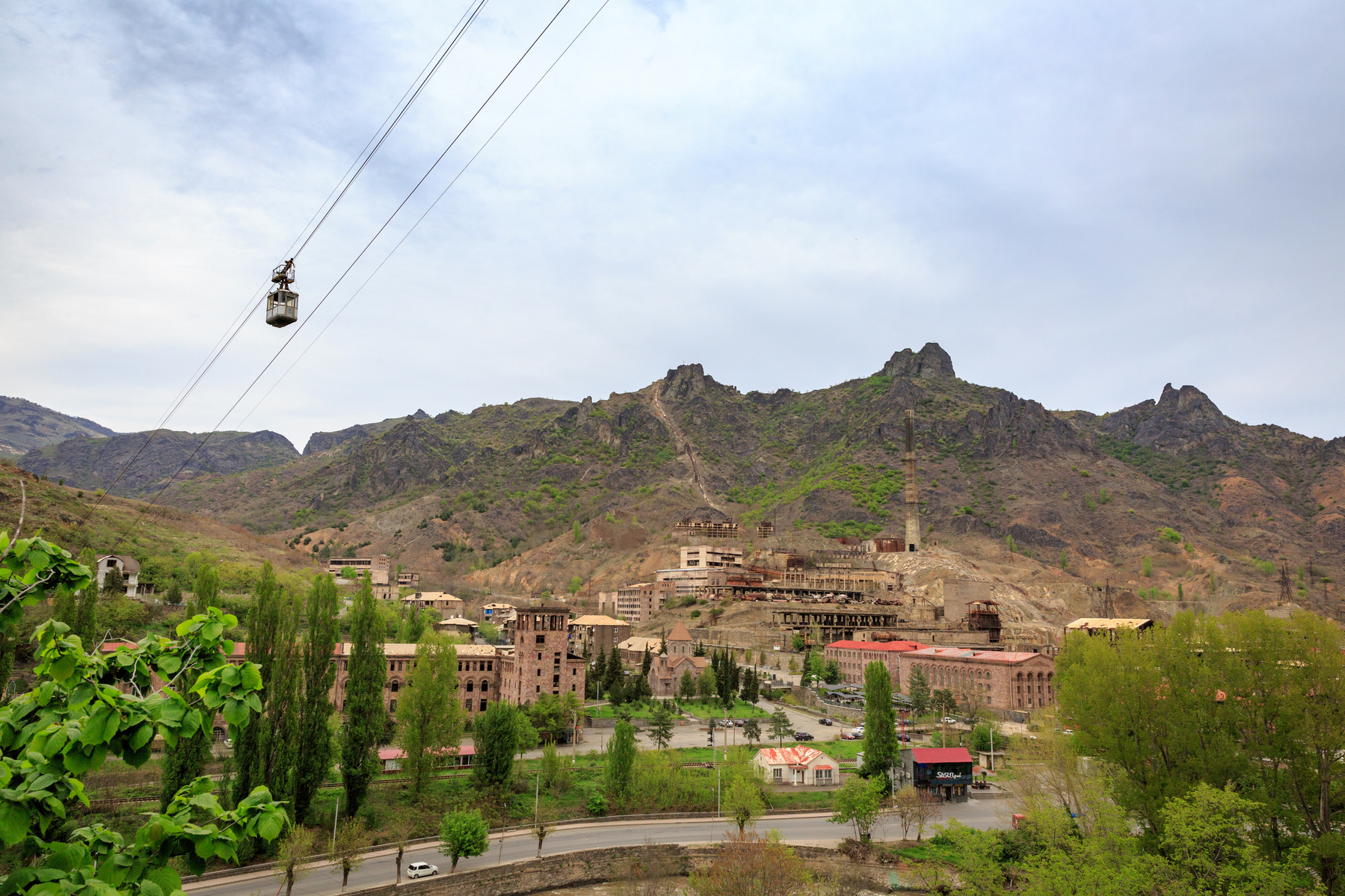
Alaverdi – echoes of industry beneath the cliffs
Once a key center of Armenia’s heavy industry, Alaverdi was renowned for its large-scale copper extraction and smelting operations. The town’s landscape is marked by the remnants of its Soviet-era copper mine and smelter, with rusted chimneys and factory ruins still visible along the mountainside. A historic cable car, once used by workers, stretches across the gorge—a striking reminder of the town’s industrial legacy. The copper smelter in Alaverdi was originally built in 1770 under the rule of the Russian Empire, making it one of the oldest in the region. It was modernized during the Soviet era and became a key part of Armenia’s heavy industry. However, due to environmental concerns and economic shifts, the smelter was decommissioned in 2018.
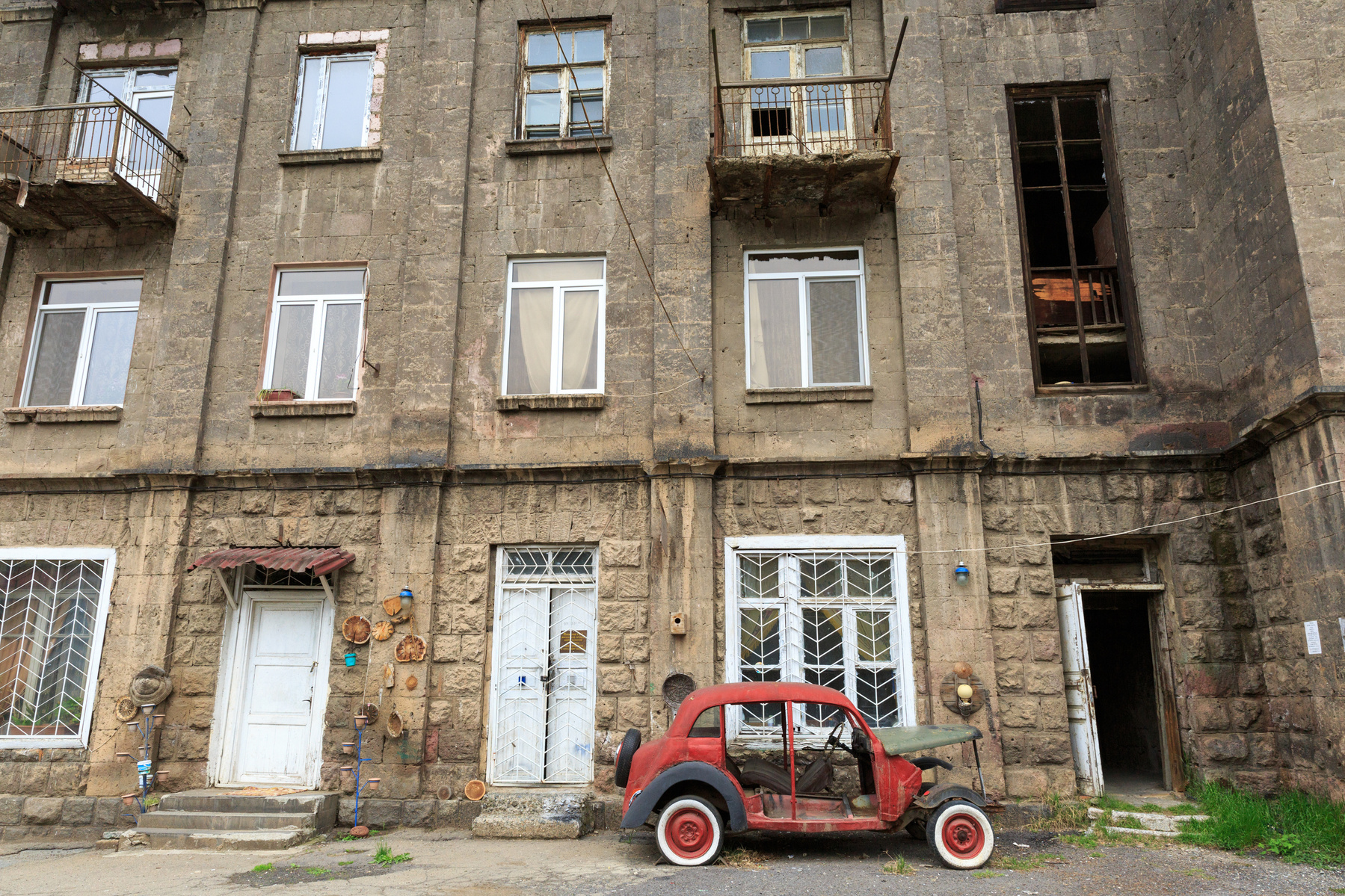
This photo captures a powerful visual trace of Alaverdi’s Soviet-era residential architecture. The weathered façade, rusting balconies, and artistic use of industrial relics as decoration speak to both the town’s industrial past and the creativity of its present residents. The shell of a vintage car parked in front completes the tableau—a symbolic reminder of a bygone era when copper extraction and metallurgy shaped the lives and livelihoods of the community.
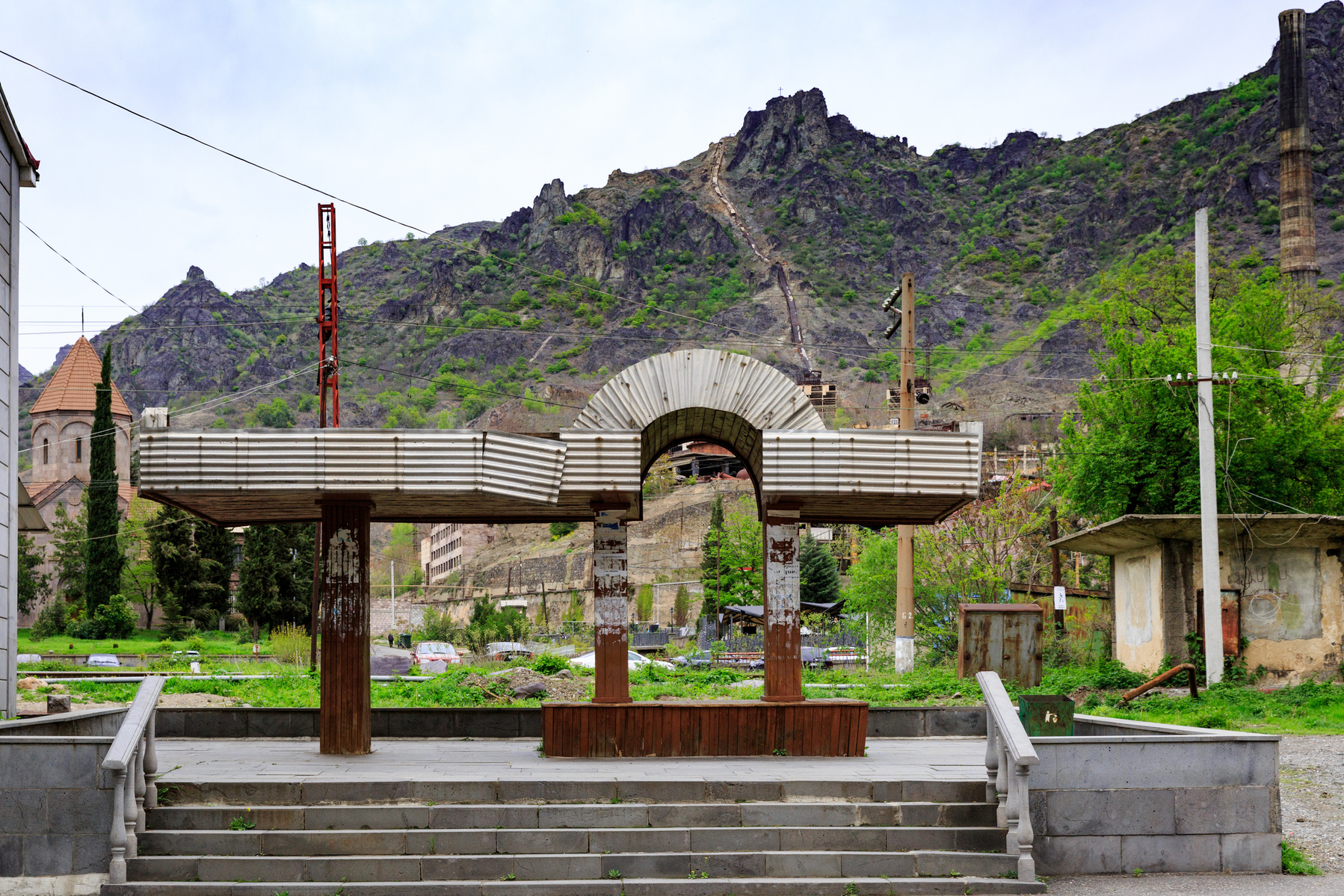
Soviet-Era Bus Stop in Alaverdi – Functional Nostalgia
Set against the dramatic cliffs of the Debed Canyon and the ruins of Alaverdi’s once-thriving copper smelter, this distinctly Soviet-style bus stop is still in use today. With its corrugated metal roof and geometric form, it blends utilitarian design with a touch of retro flair—quietly serving as a living artifact of the town’s industrial and architectural heritage.

Soviet Legacy on Wheels – PAZ Bus in Alaverdi
This vintage PAZ bus, still proudly bearing the name “Armenia,” stands as a colorful reminder of Soviet-era design and durability. Once a common sight across the USSR, these buses were built for rugged use and remain in service in some Armenian towns—testament to both necessity and nostalgia.
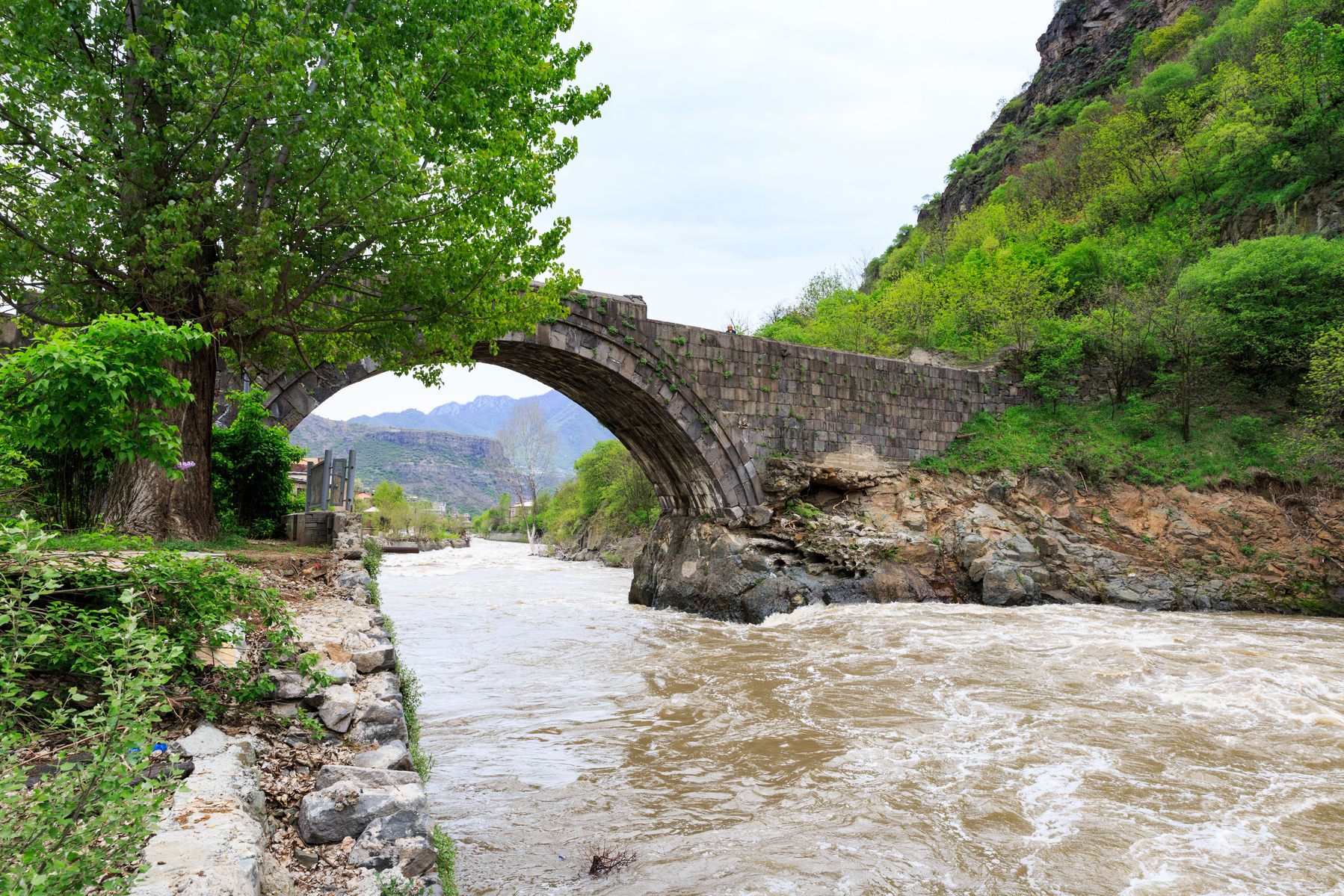
In this photo, you can see the 12th-century Sanahin Bridge spanning the Debed River near Alaverdi. This picturesque location lies in close proximity to two major UNESCO World Heritage Sites: Sanahin Monastery and Haghpat Monaster.
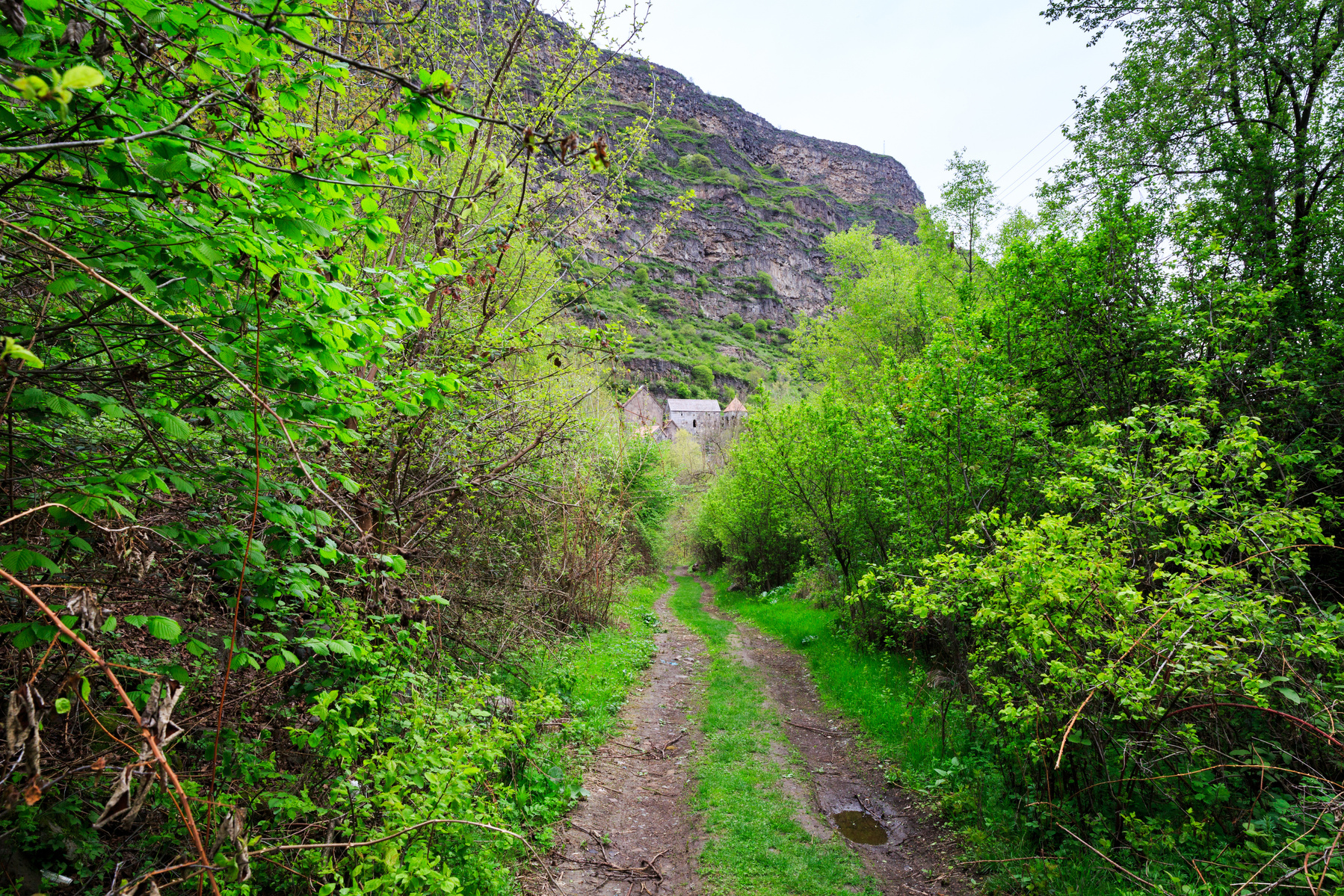
A narrow forest trail leads to the hidden gem of Kobayr Monastery, nestled against the steep cliffs of Armenia’s Lori Province. This 12th-century monastic complex, shrouded in lush greenery, is a peaceful reminder of the region’s medieval spiritual heritage.
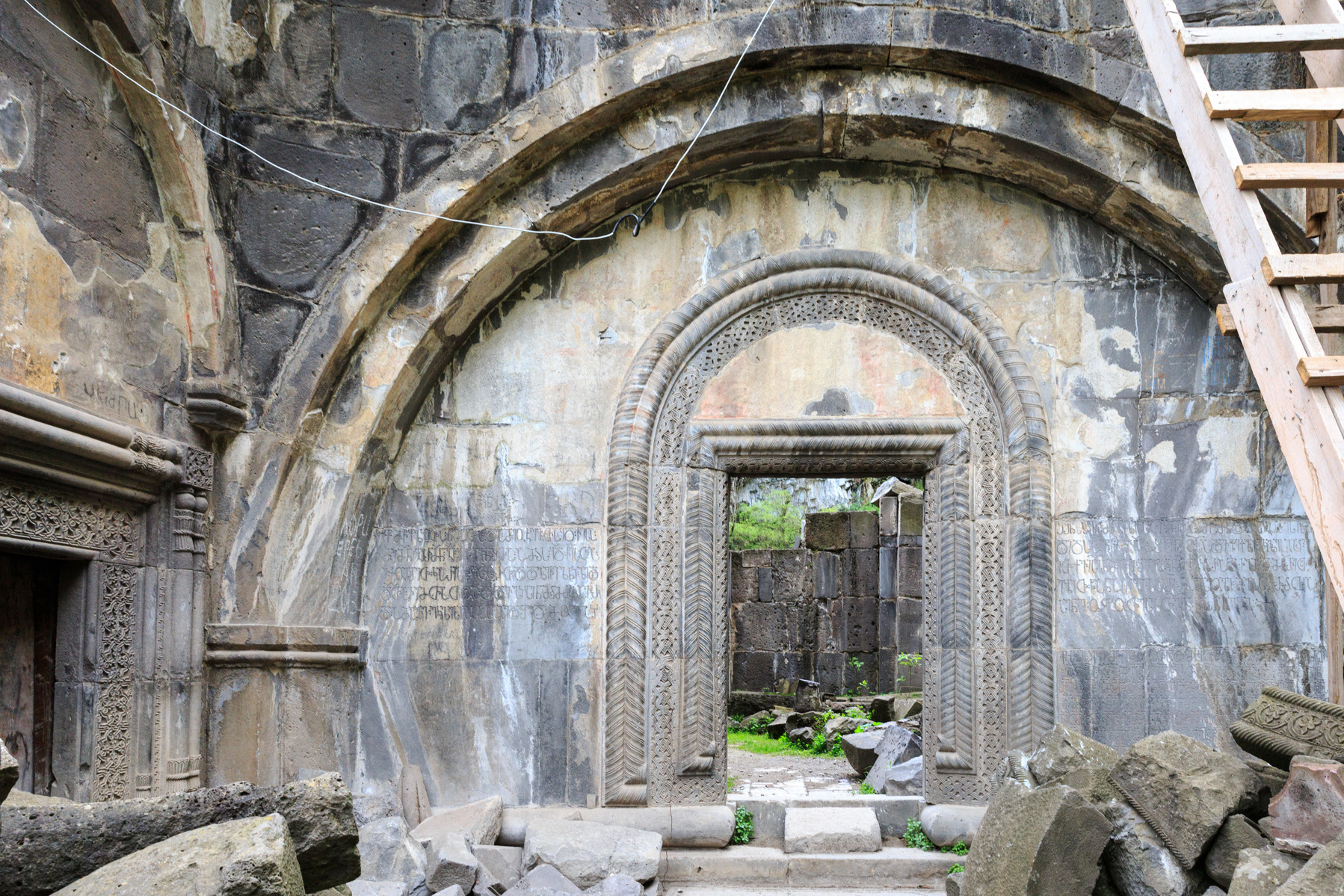
Intricately carved stonework and Armenian inscriptions adorn the inner walls of the 12th-century Kobayr Monastery, now partially in ruins. The monastery, founded by the Kyurikid princes, was later converted into a Chalcedonian monastery under Georgian influence, as reflected in its bilingual heritage.
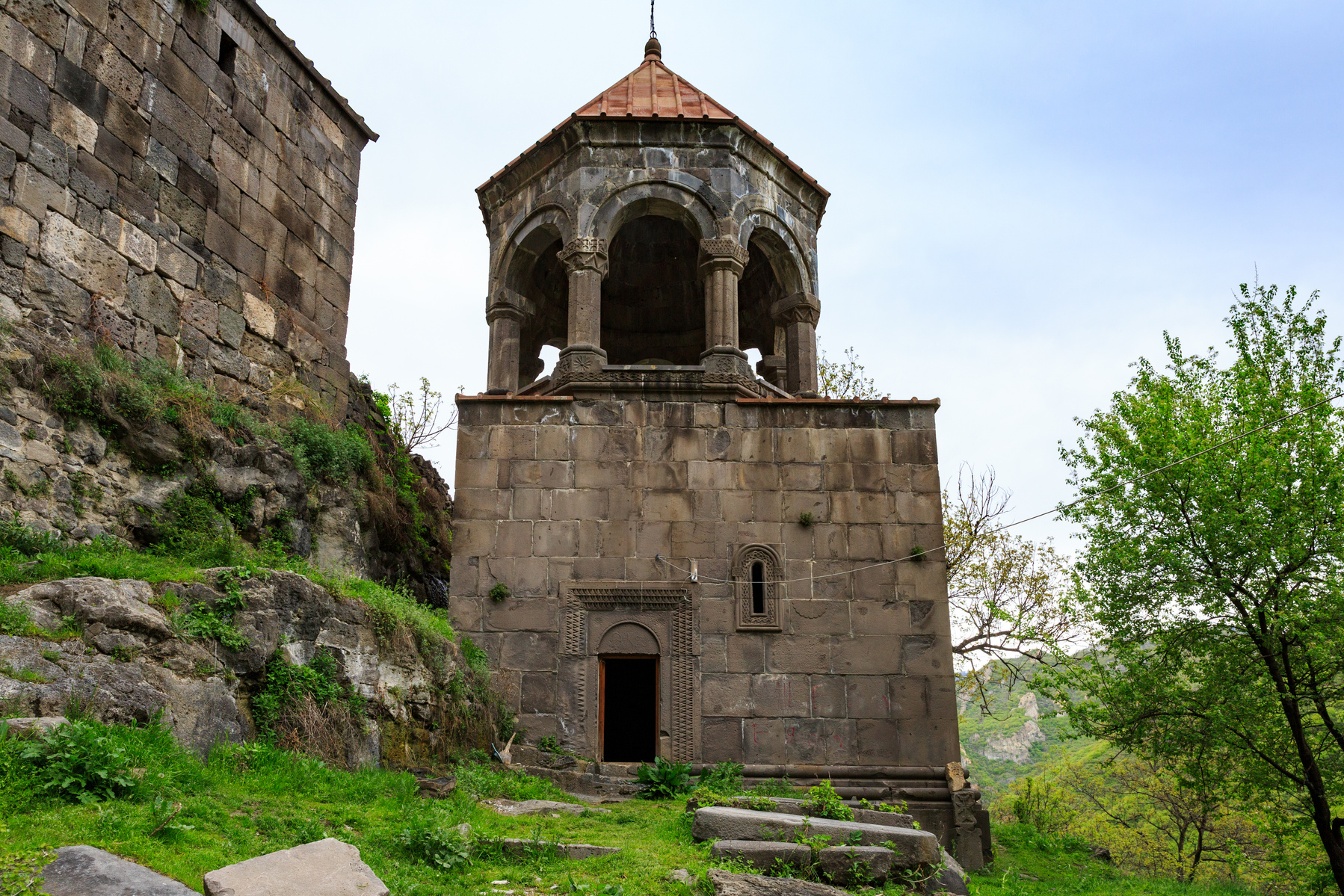
The elegant bell tower of Kobayr Monastery stands perched on the edge of a cliff, its open arcade supported by slender columns. This 12th-century Armenian-Georgian structure reflects the monastery’s unique dual heritage and its spiritual prominence in the Debed Canyon.
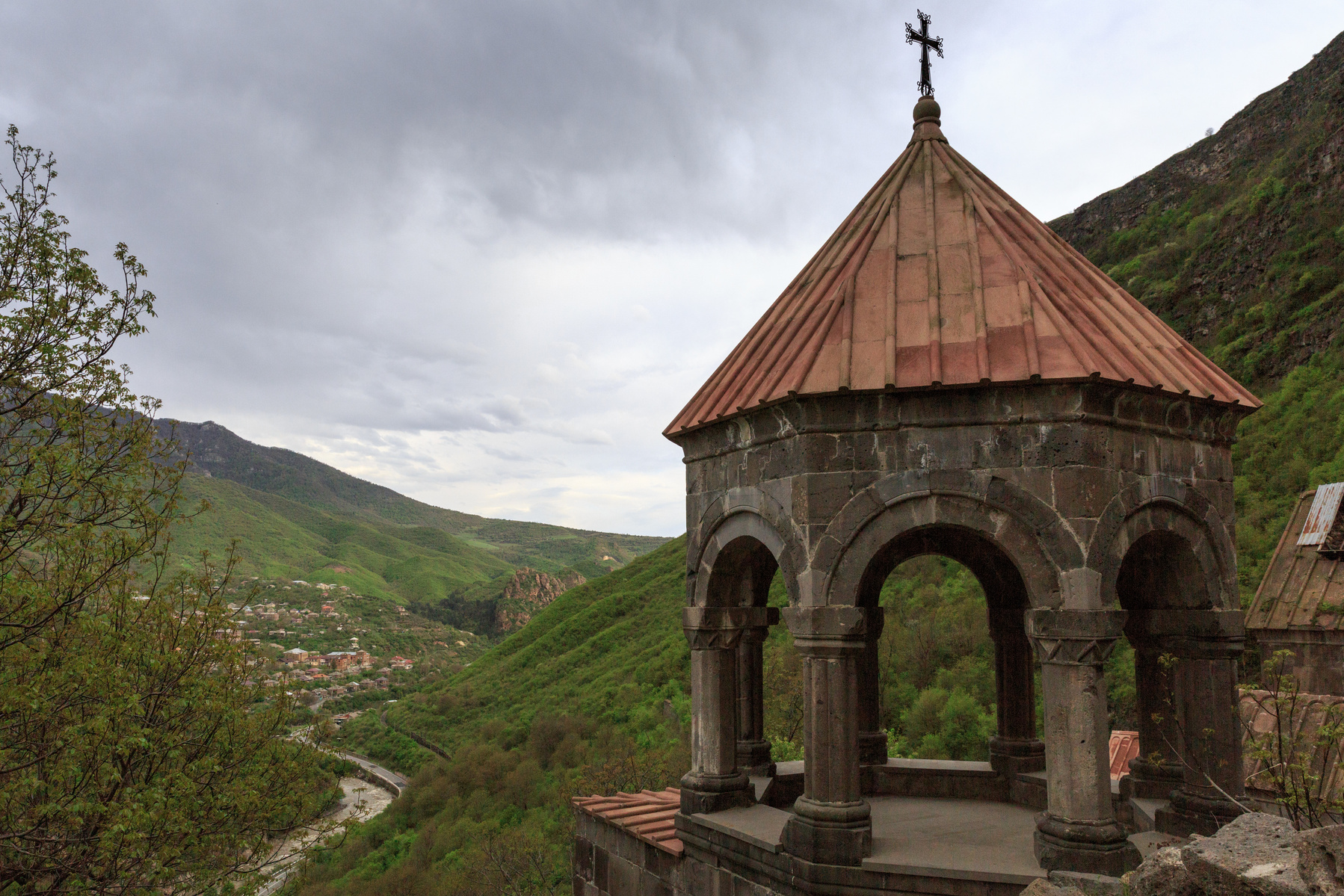
A view of the bell tower of Kobayr Monastery overlooking the lush Debed Canyon, where the sound of the river below and the remote mountain setting amplify the site's spiritual solitude and medieval mystique.
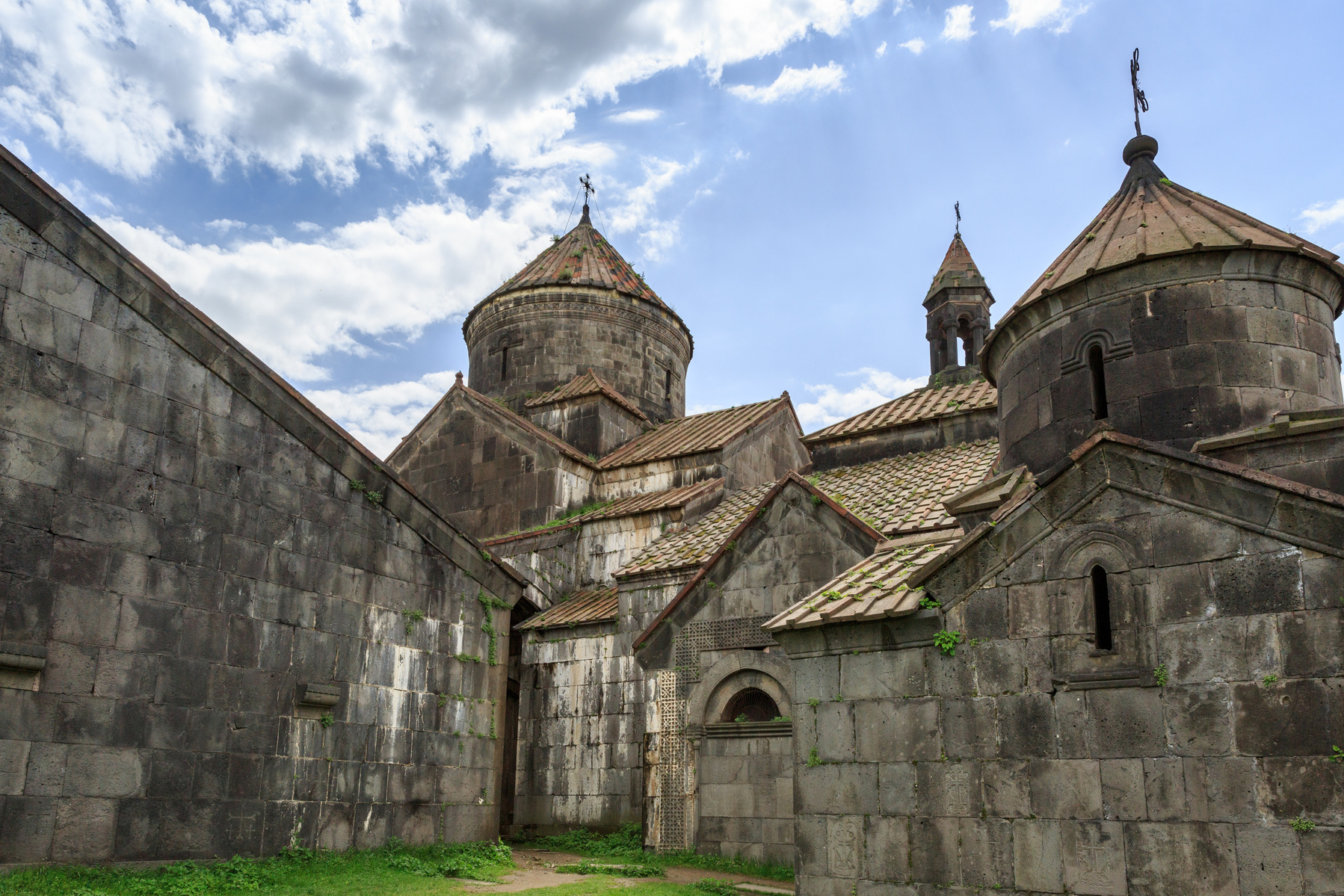
Haghpat Monastery, 10th century – UNESCO World Heritage Site
Founded during the reign of Ashot III, this masterpiece of medieval Armenian architecture—together with nearby Sanahin—was inscribed on the UNESCO World Heritage List in 1996. Once a vital spiritual and cultural center, Haghpat still overlooks the Debed River gorge with its solemn stone grandeur.
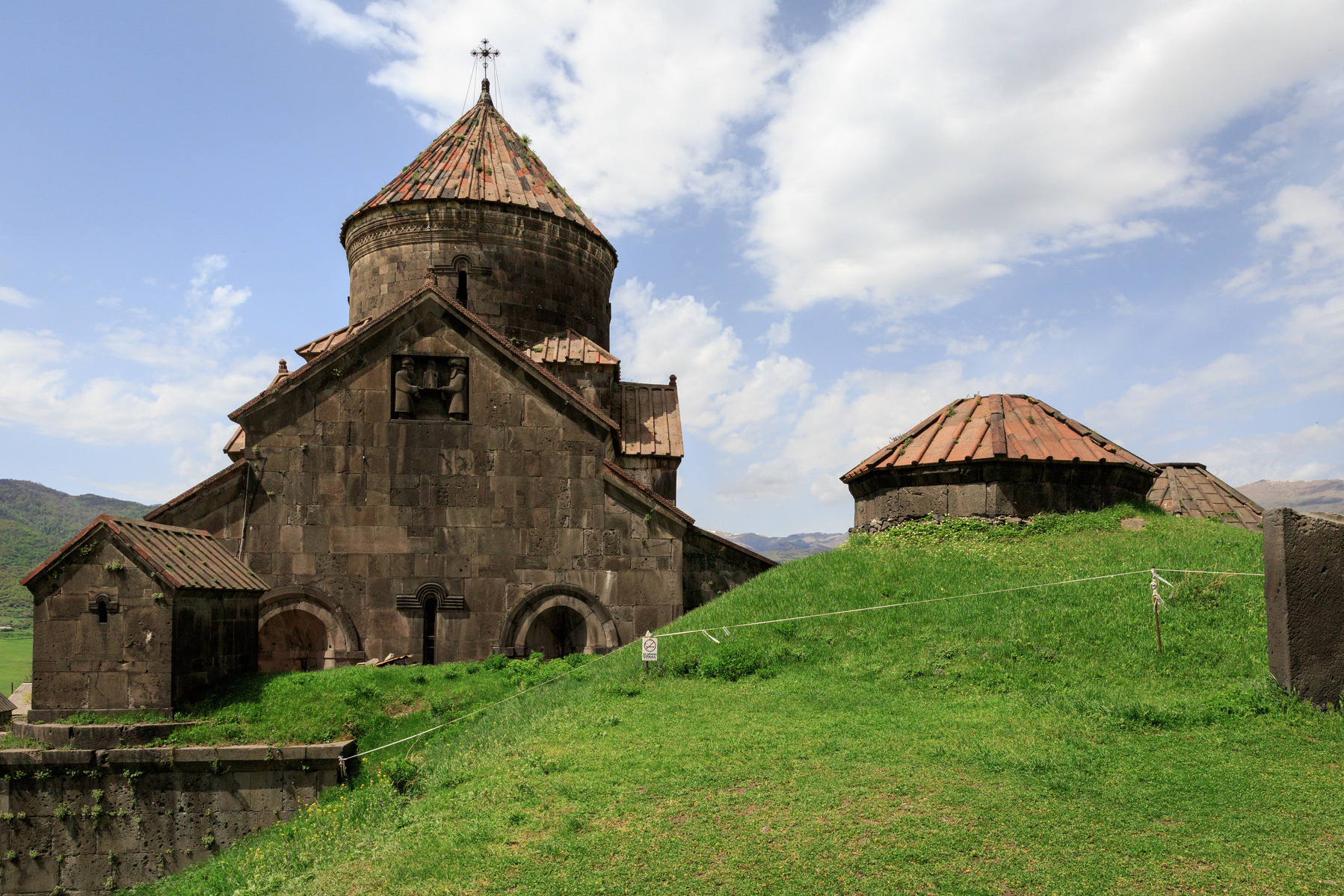
Haghpat Monastery – a jewel of medieval Armenian architecture
This UNESCO World Heritage Site, founded in the 10th century, stands proudly atop a verdant plateau in northern Armenia. Its cross-domed church and adjacent chapels reflect the spiritual and scholarly life that once flourished here.

Interior of Haghpat Monastery – where light meets devotion
This serene interior of Surb Nshan Church at Haghpat Monastery reflects the spiritual depth of Armenian medieval architecture. The soft light filtering through the narrow window above the altar bathes the space in solemn tranquility—a place for reflection, resilience, and centuries of prayer.
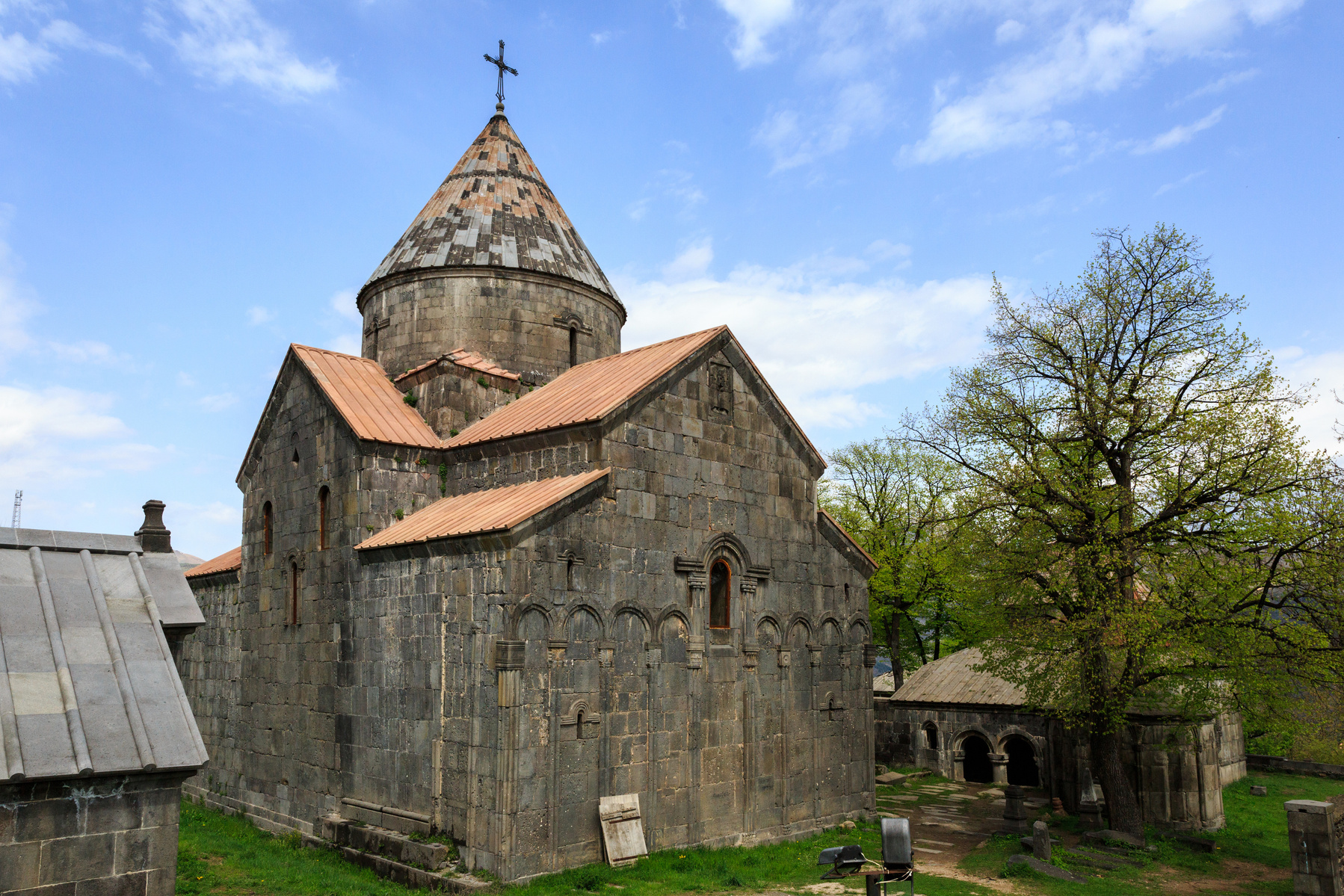
Sanahin Monastery – a cradle of learning and faith
This 10th-century monastic complex, a UNESCO World Heritage Site alongside Haghpat, was once a renowned center of science, education, and manuscript illumination. Nestled in the green highlands of Lori, Sanahin embodies the fusion of Armenian religious architecture with cultural brilliance.

Sanahin Monastery – Armenia’s monastic masterpiece
Another UNESCO World Heritage Site, Sanahin Monastery was founded in the 10th century and stands as a sibling to nearby Haghpat. Its rich ornamentation and historic libraries mark it as a center of medieval learning and Armenian cultural heritage.
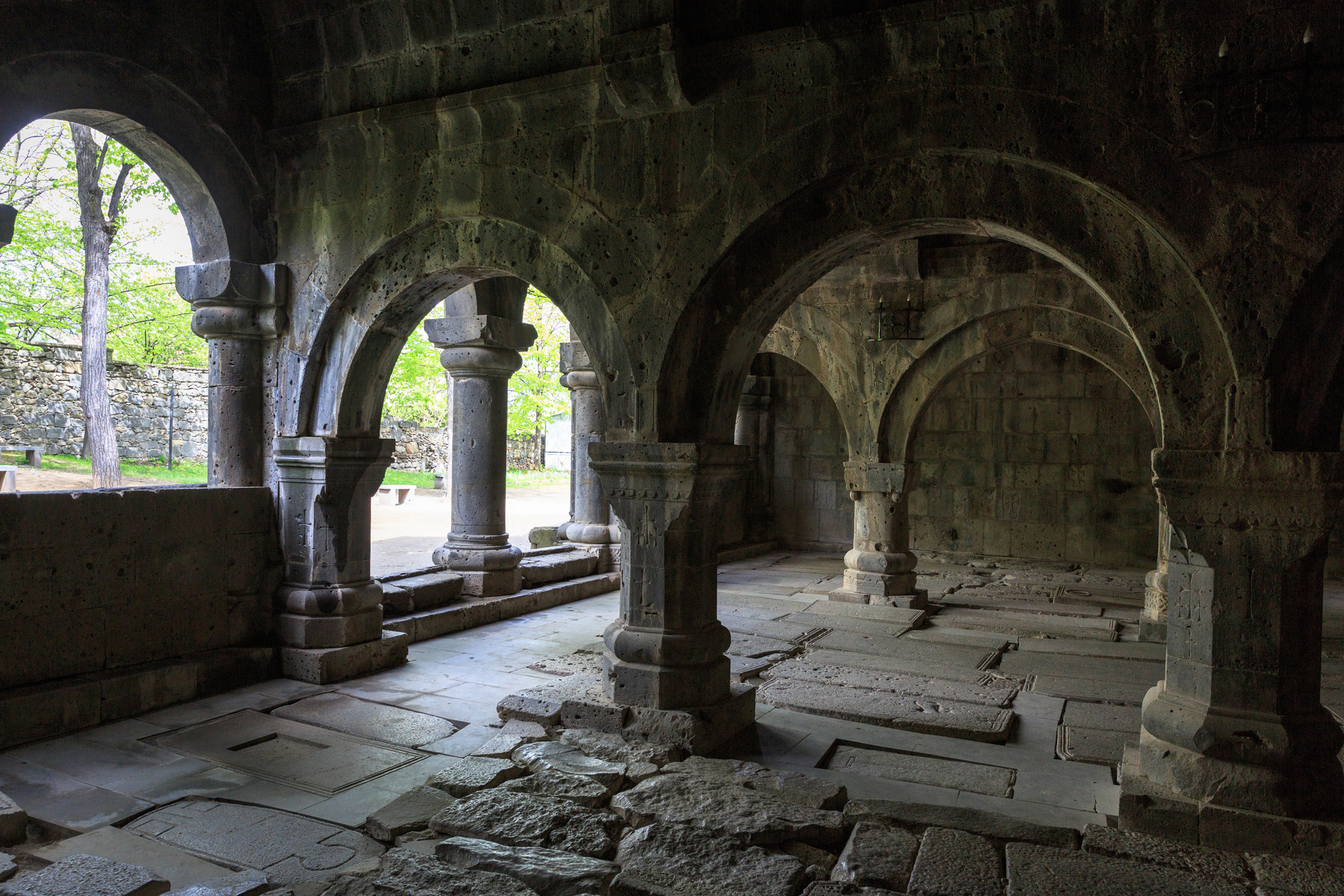
Interior of Sanahin Monastery – sacred silence and stonework
Beneath its weathered arches, Sanahin Monastery reveals the timeless beauty of Armenian architecture. This UNESCO-listed monastic complex, dating back to the 10th century, served as a spiritual, educational, and cultural hub in medieval Armenia.

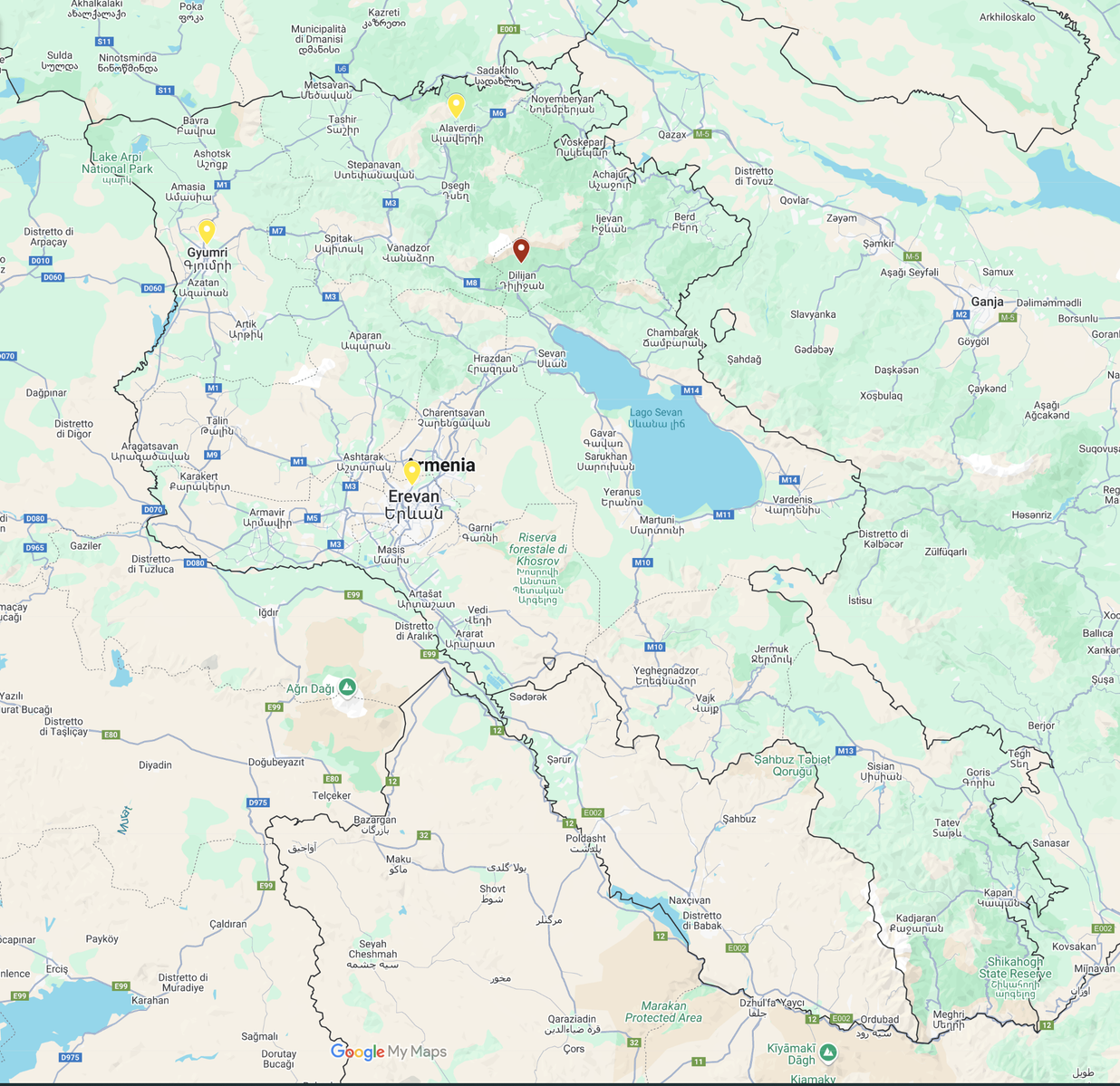
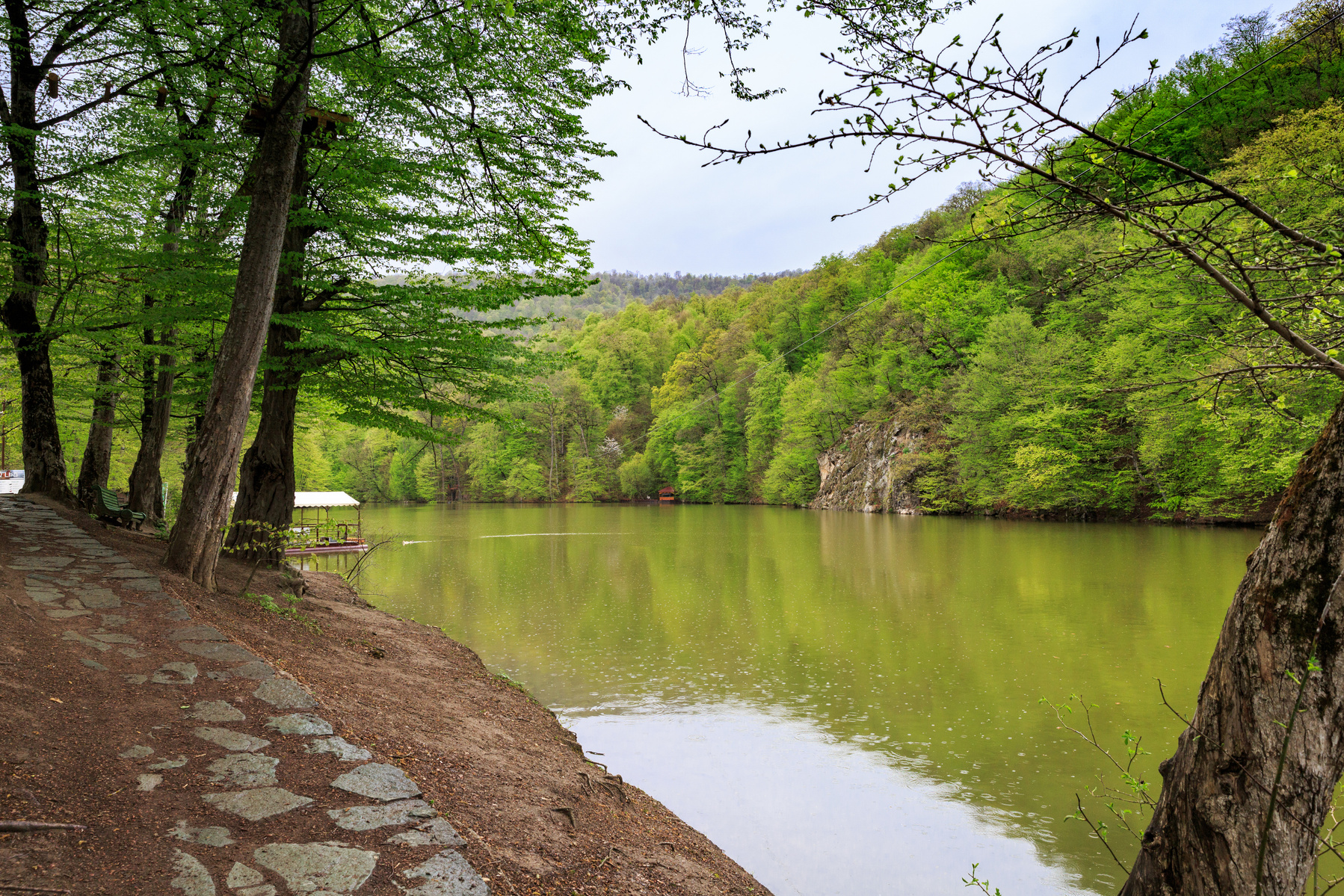
Lake Parz – A peaceful forest retreat in Dilijan National Park
Nestled in the lush woods of Tavush province, Lake Parz (meaning “Clear Lake”) is a popular destination for picnics, row boating, and nature walks, offering a tranquil escape into Armenia’s green heartland.

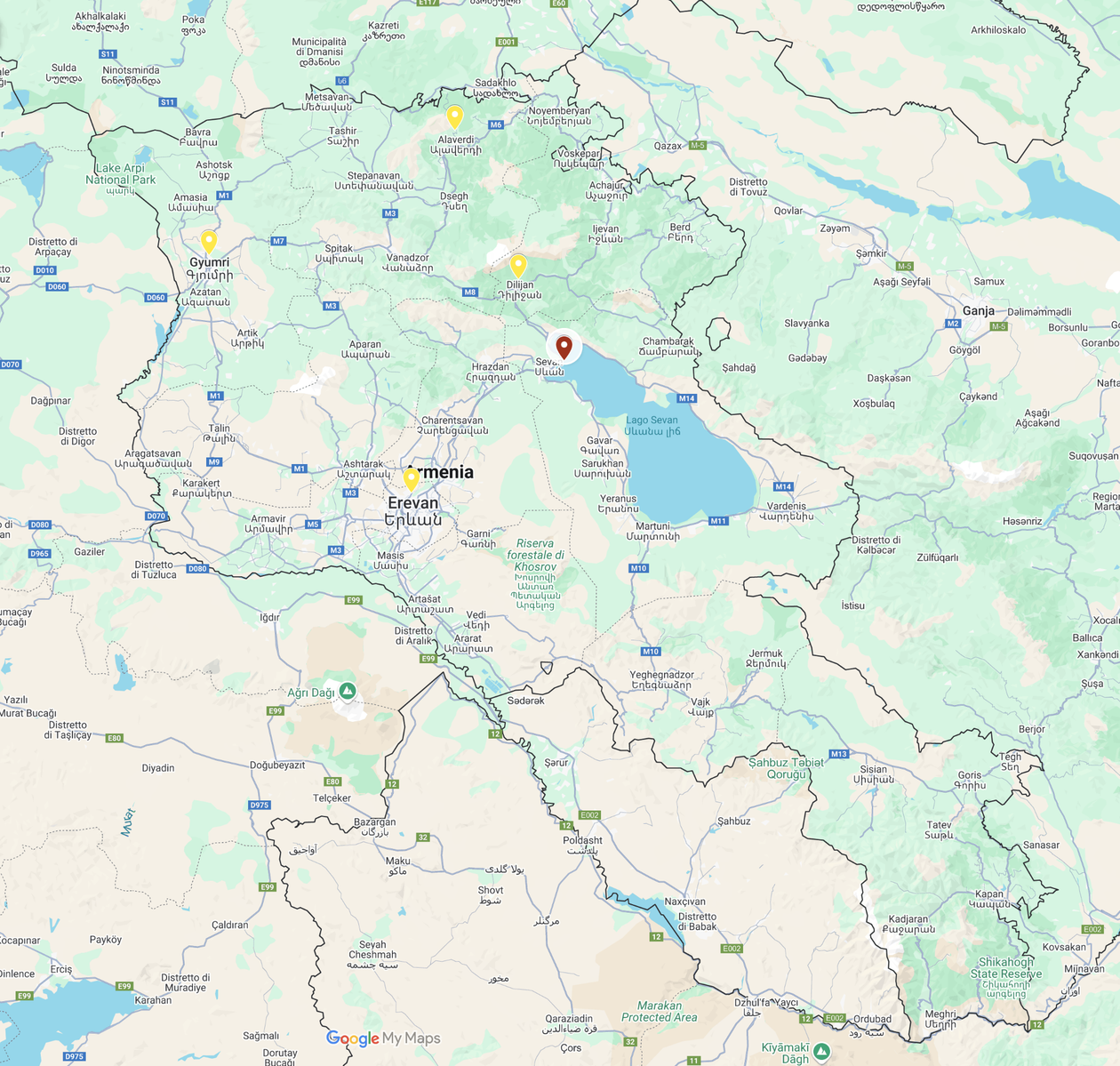
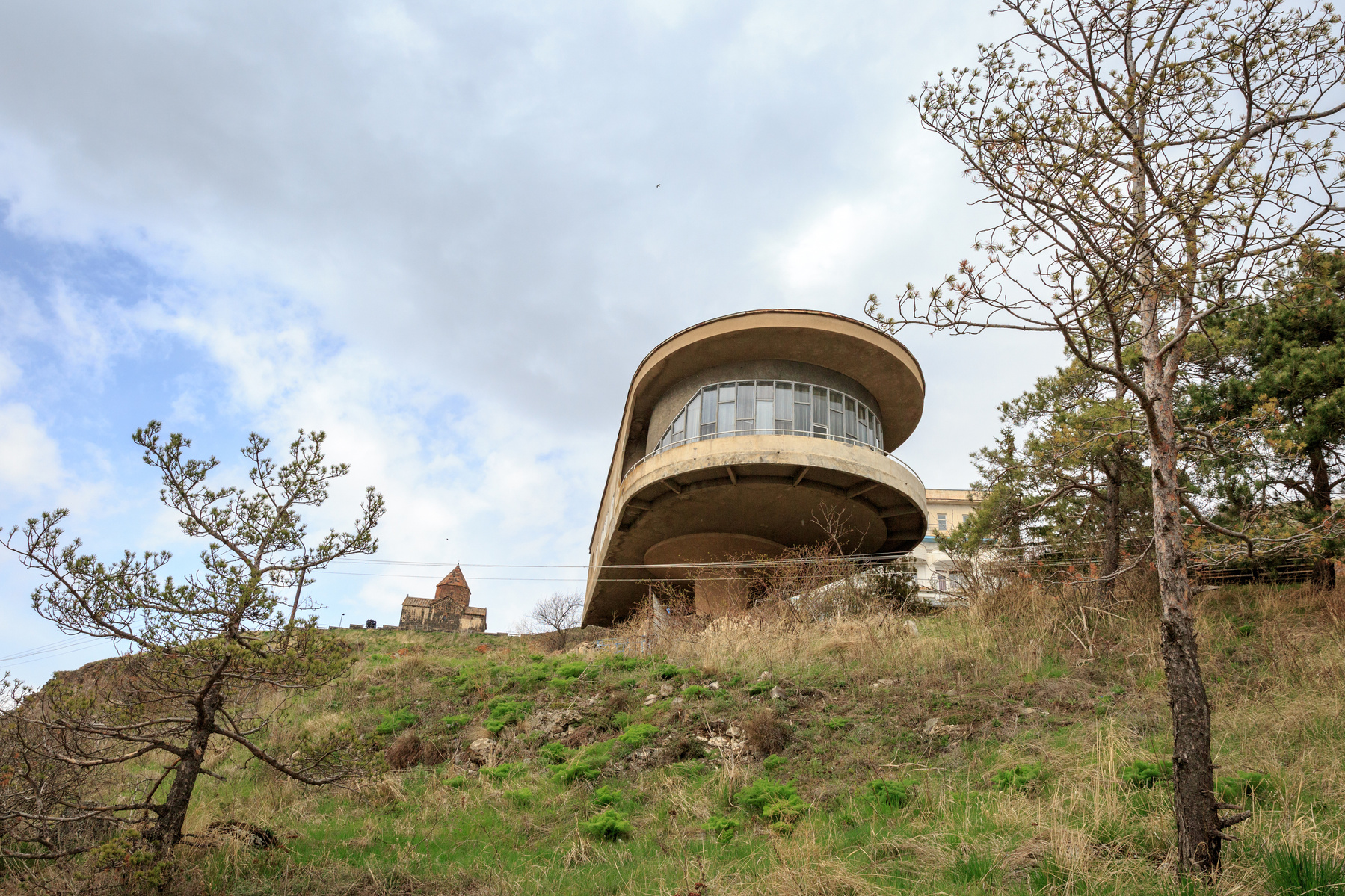
The UFO of Hrazdan Gorge – Soviet modernism meets Armenian landscape
This iconic circular building, once a riverside café in Yerevan’s Hrazdan Gorge, exemplifies Soviet-era futuristic architecture. Suspended above the valley, its bold curves and concrete lines still captivate despite decades of abandonment.
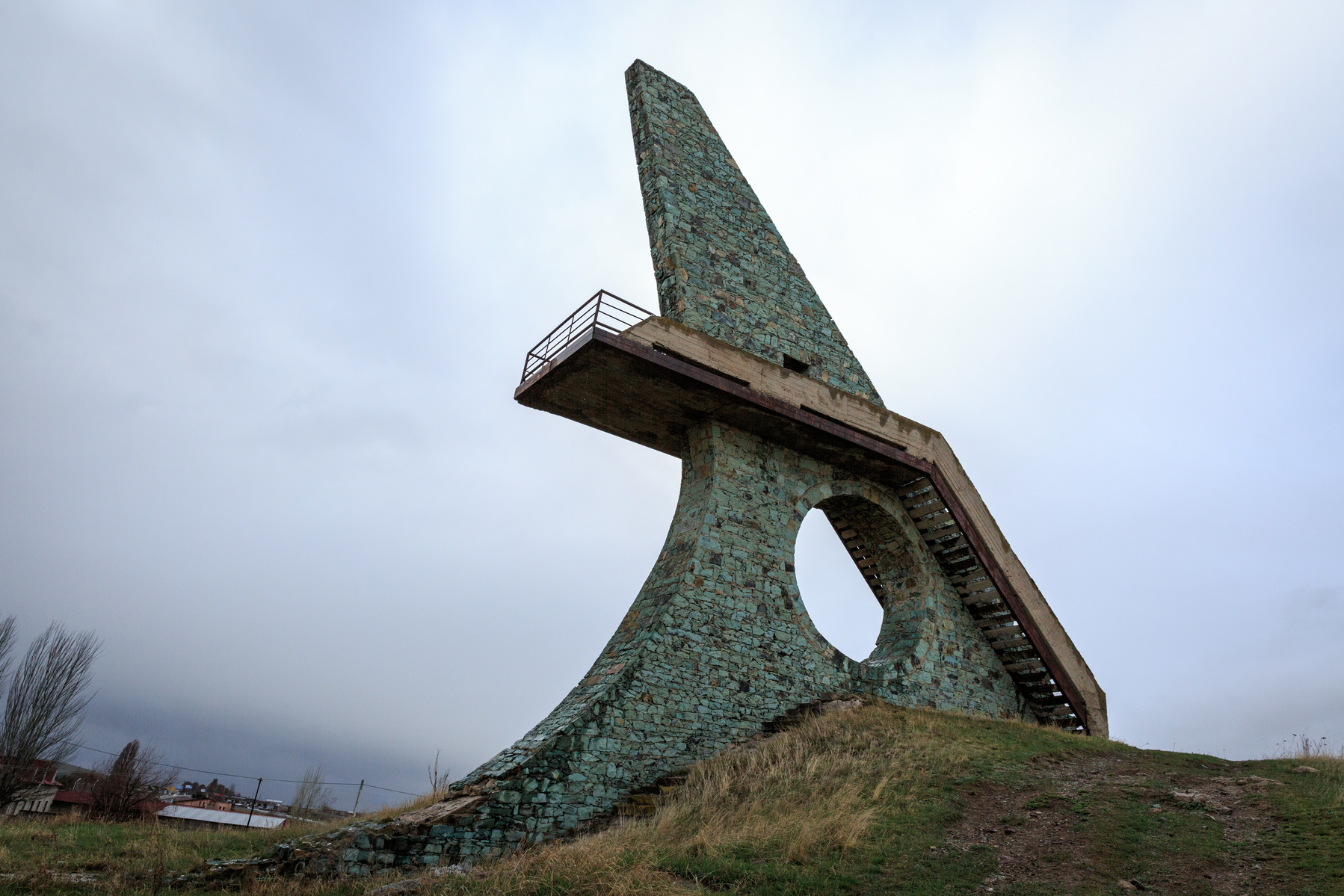
Monument to the Victims of Repression – Gyumri’s sculptural outcry
This dramatic structure in Gyumri, dedicated to the victims of Stalinist repressions, stands like a wind-swept sail frozen in stone. Its modernist angles and hollowed circle evoke both resistance and mourning—symbolizing Armenia’s turbulent Soviet-era past.
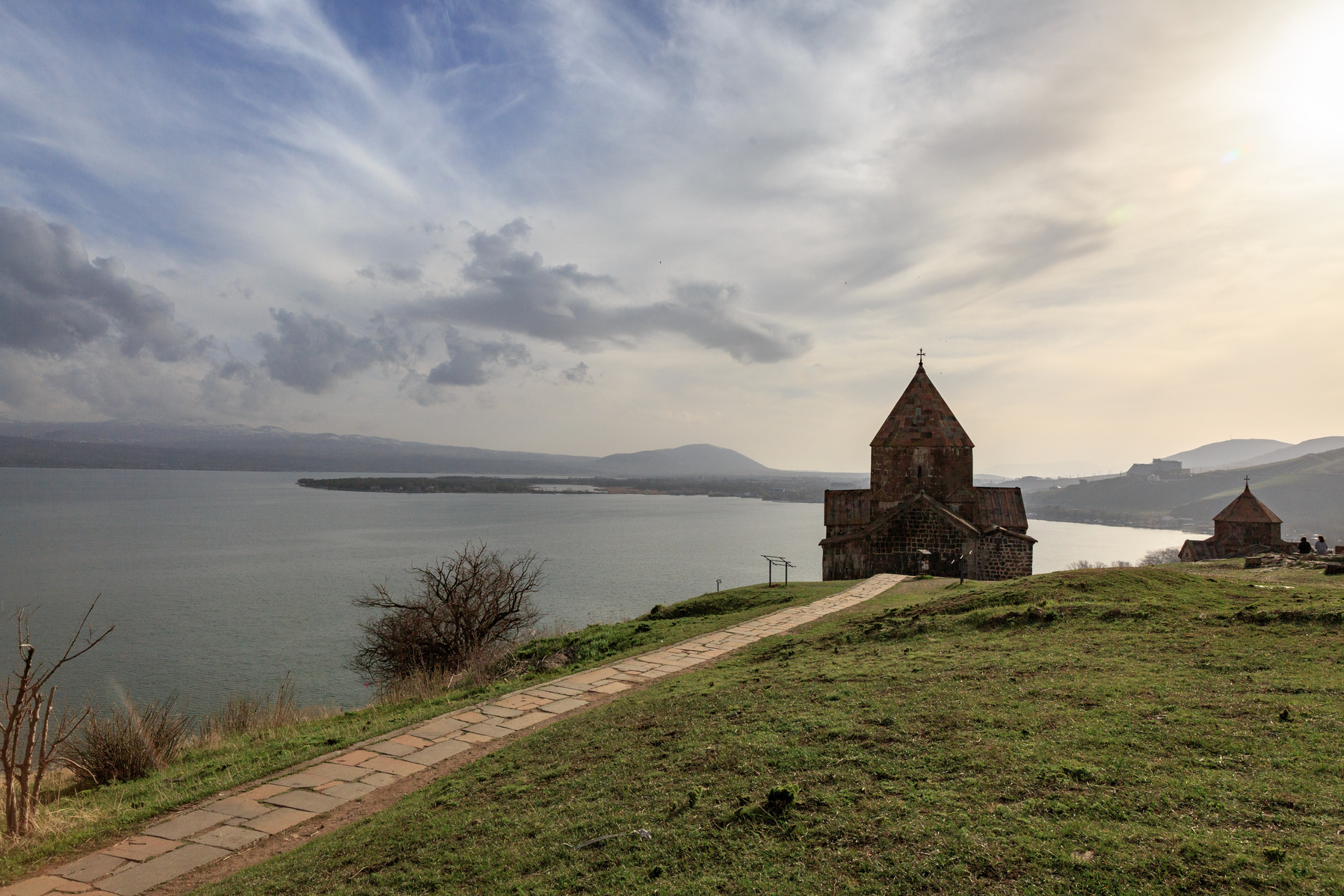
Sevanavank Monastery – Watcher of the Waters
Perched on the Sevan Peninsula, Sevanavank overlooks one of the largest high-altitude freshwater lakes in the world—Lake Sevan. Built in the 9th century, the monastery was once part of a larger monastic complex and served as a spiritual and strategic stronghold. Its serene setting and striking views make it one of Armenia’s most iconic sites.
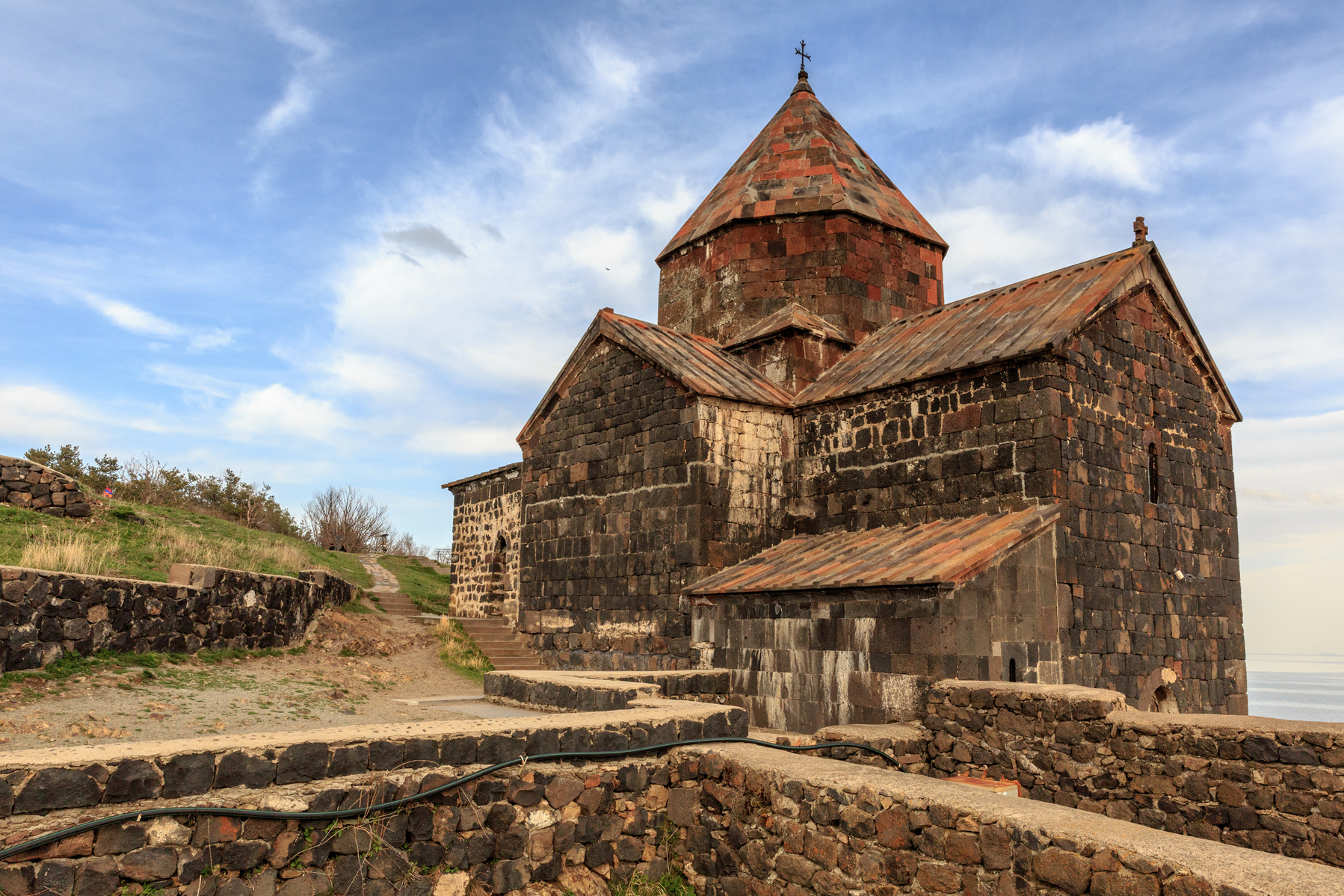
Sevanavank Monastery – Guardian of the Highlands
This 9th-century monastic complex, built from dark volcanic stone, once stood on an island before Lake Sevan’s level dropped, turning it into a peninsula. Originally founded by Princess Mariam, daughter of King Ashot I, Sevanavank became a center for monastic life and resistance. Today, it is a beloved symbol of Armenian spiritual heritage and resilience.
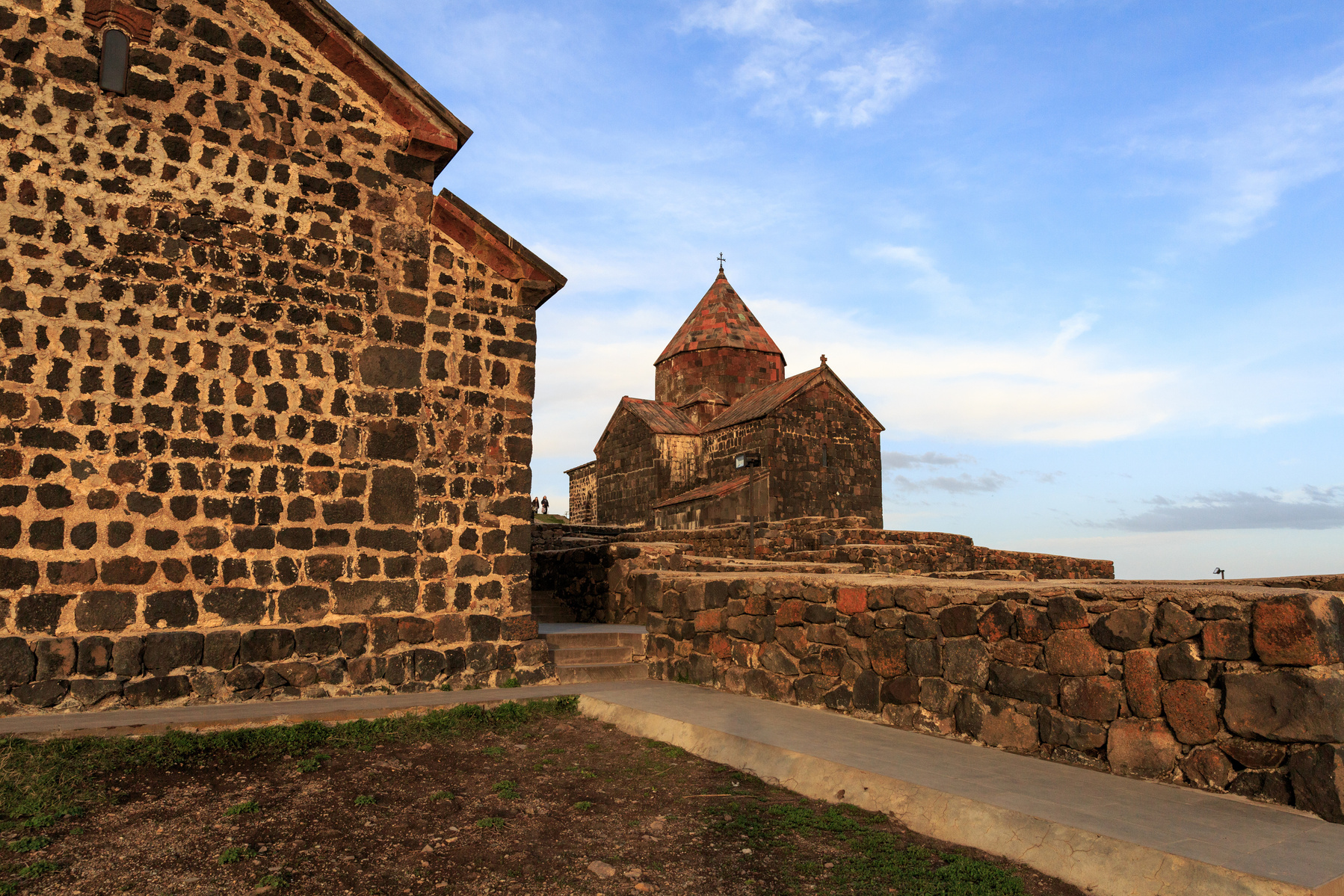
"Sevanavank Monastery – Echoes of the 9th Century Above Lake Sevan"
Perched on a peninsula that was once an island, Sevanavank offers a majestic view over Armenia’s largest lake and preserves the legacy of early medieval monastic architecture.
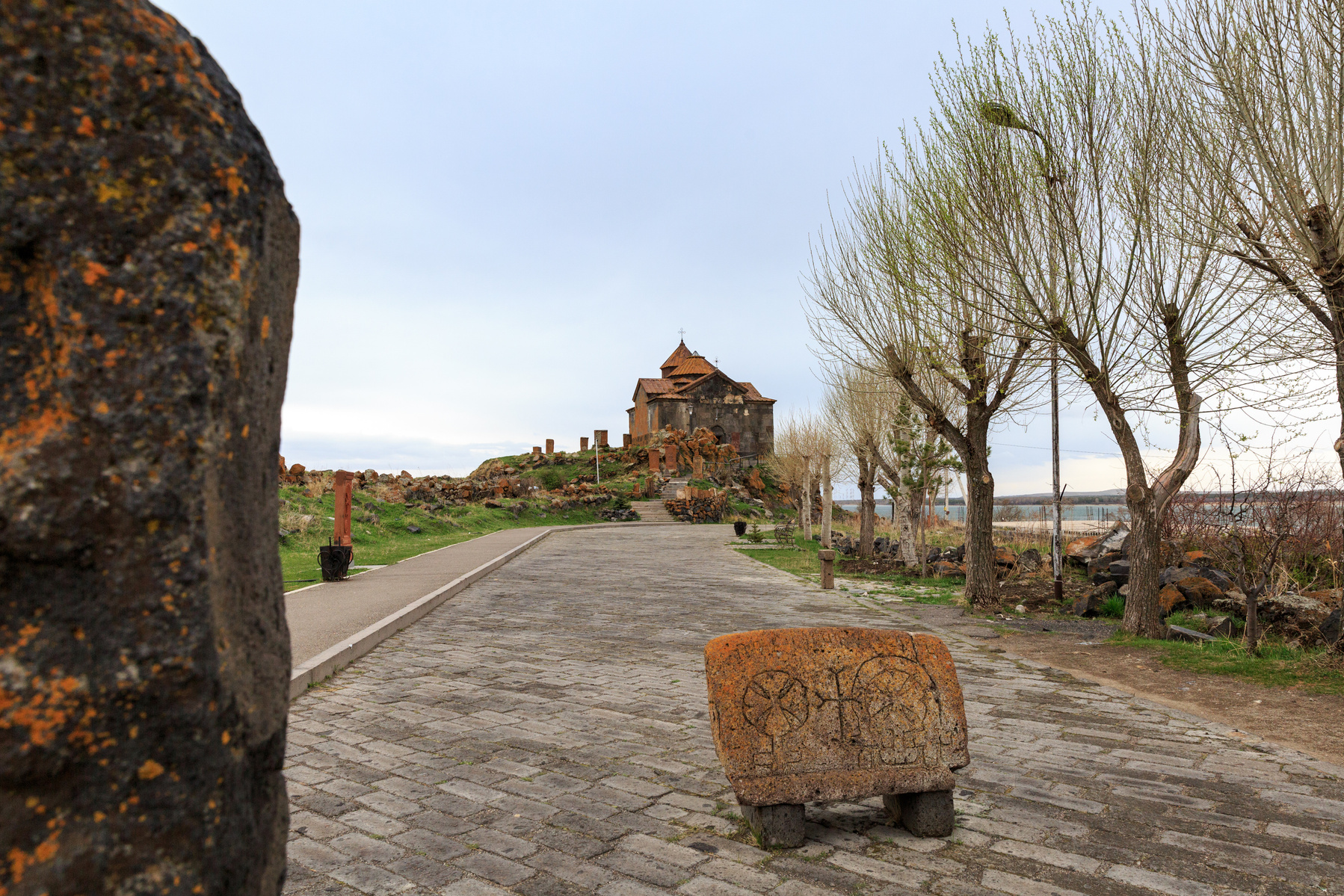
Standing since the 9th century, Hayravank Monastery overlooks Lake Sevan from a rocky promontory, surrounded by khachkars and silent winds. A place where history, solitude, and faith converge.
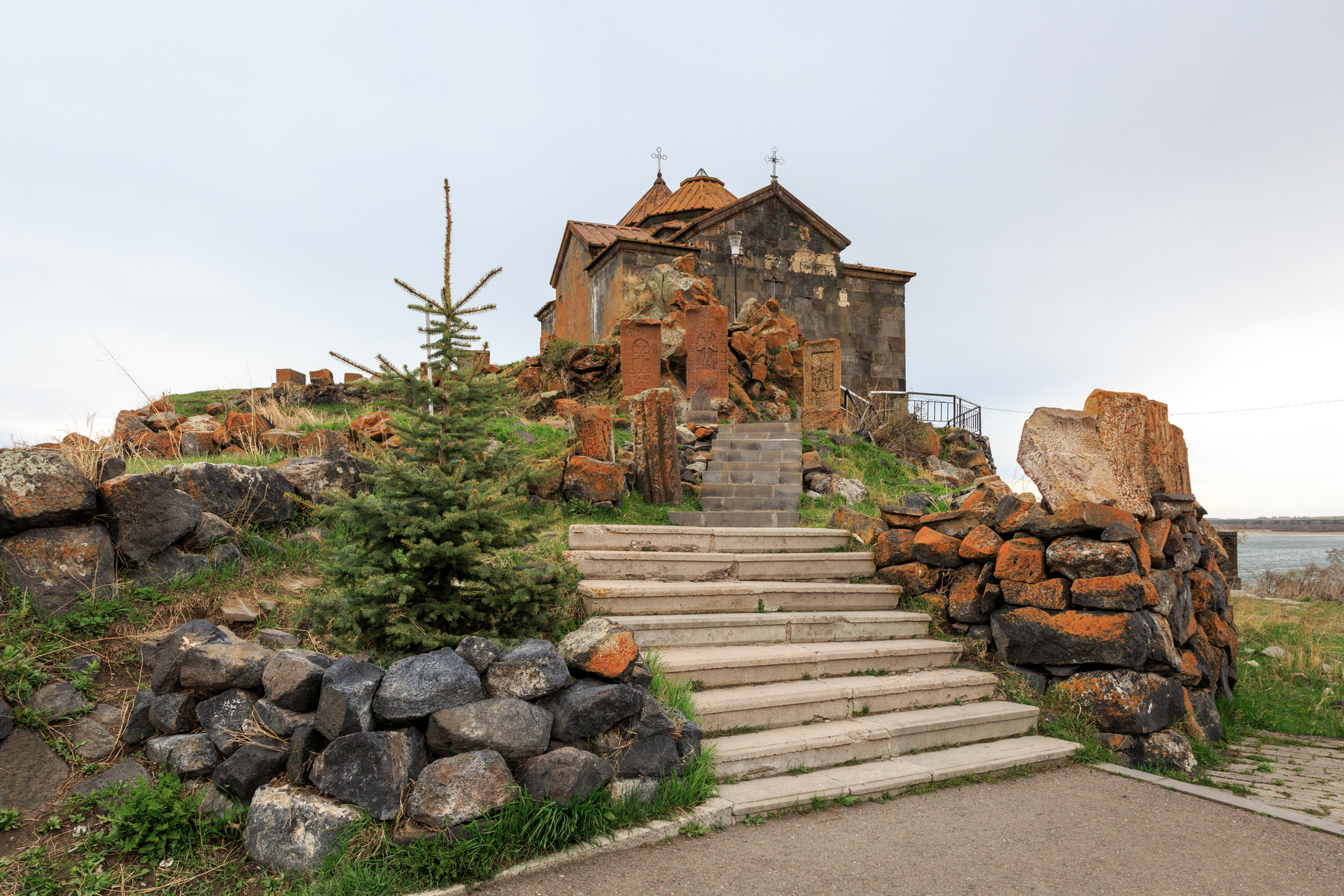
"Hayravank Monastery – A Spiritual Outpost on Lake Sevan"
This 9th–12th century monastery stands above the lake, surrounded by khachkars (cross-stones) and ancient graves, offering a serene glimpse into Armenia’s medieval spiritual heritage.

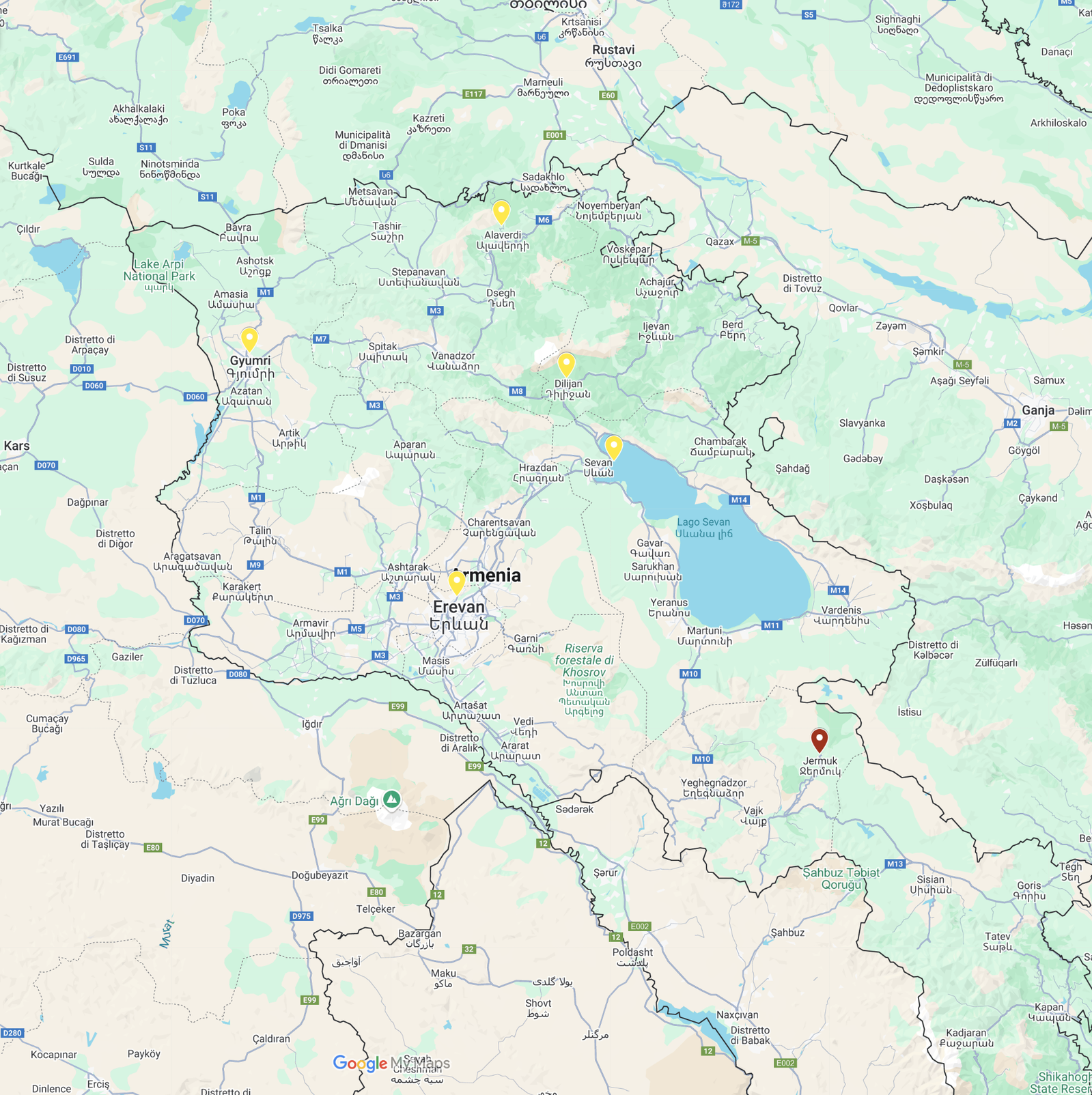
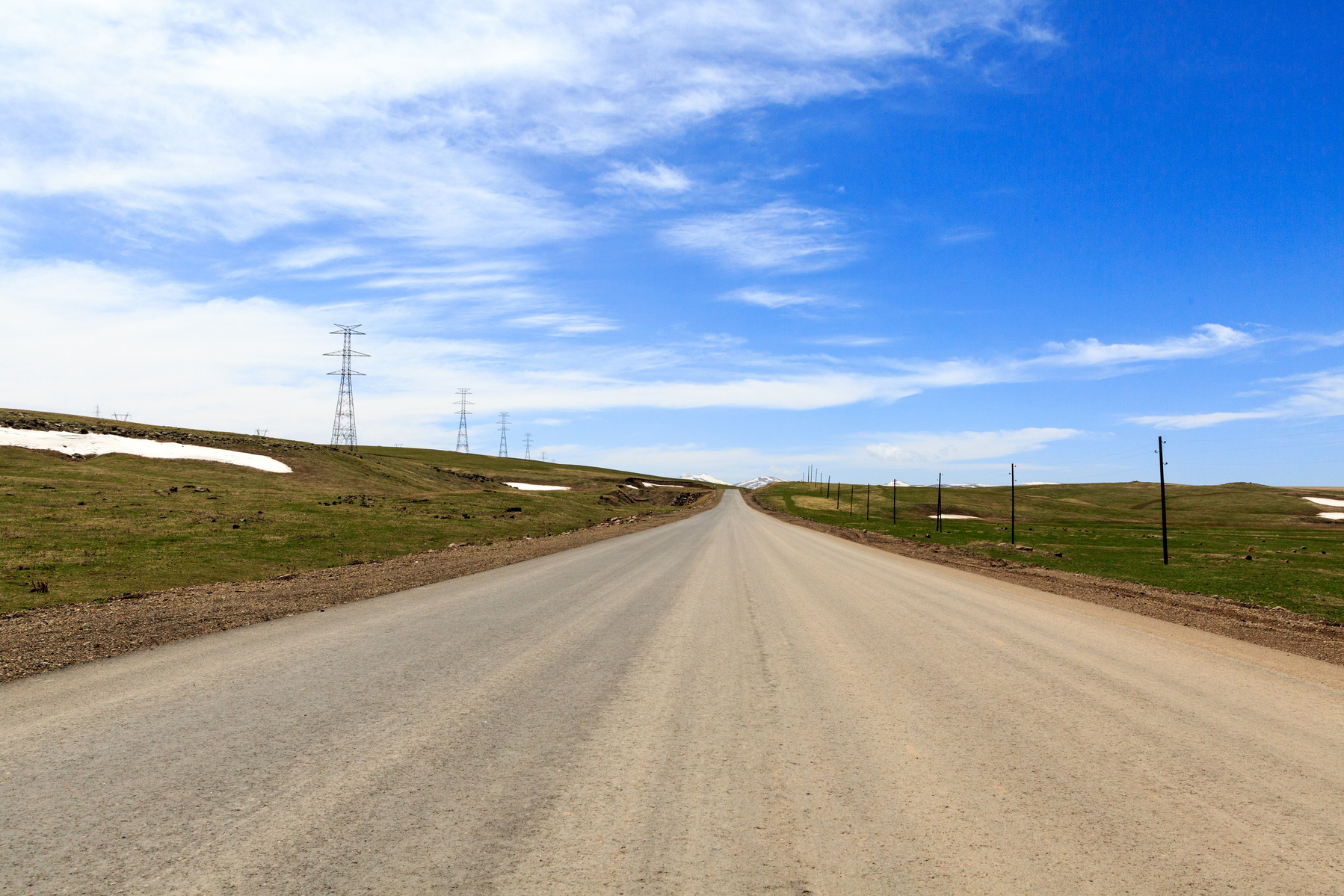
"The Road to Jermuk from Lake Sevan"
Crossing high-altitude plains with patches of snow even in spring, this scenic stretch connects the vast waters of Lake Sevan to the mineral springs and spa town of Jermuk in southern Armenia.

“Jermuk Waterfall – Armenia’s Mermaid Hair”
Nicknamed "Mermaid’s Hair" by locals, the Jermuk Waterfall cascades down basalt cliffs in elegant ribbons of water. At 72 meters high, it's one of the tallest in Armenia and a symbol of the Jermuk region’s natural beauty and therapeutic allure.
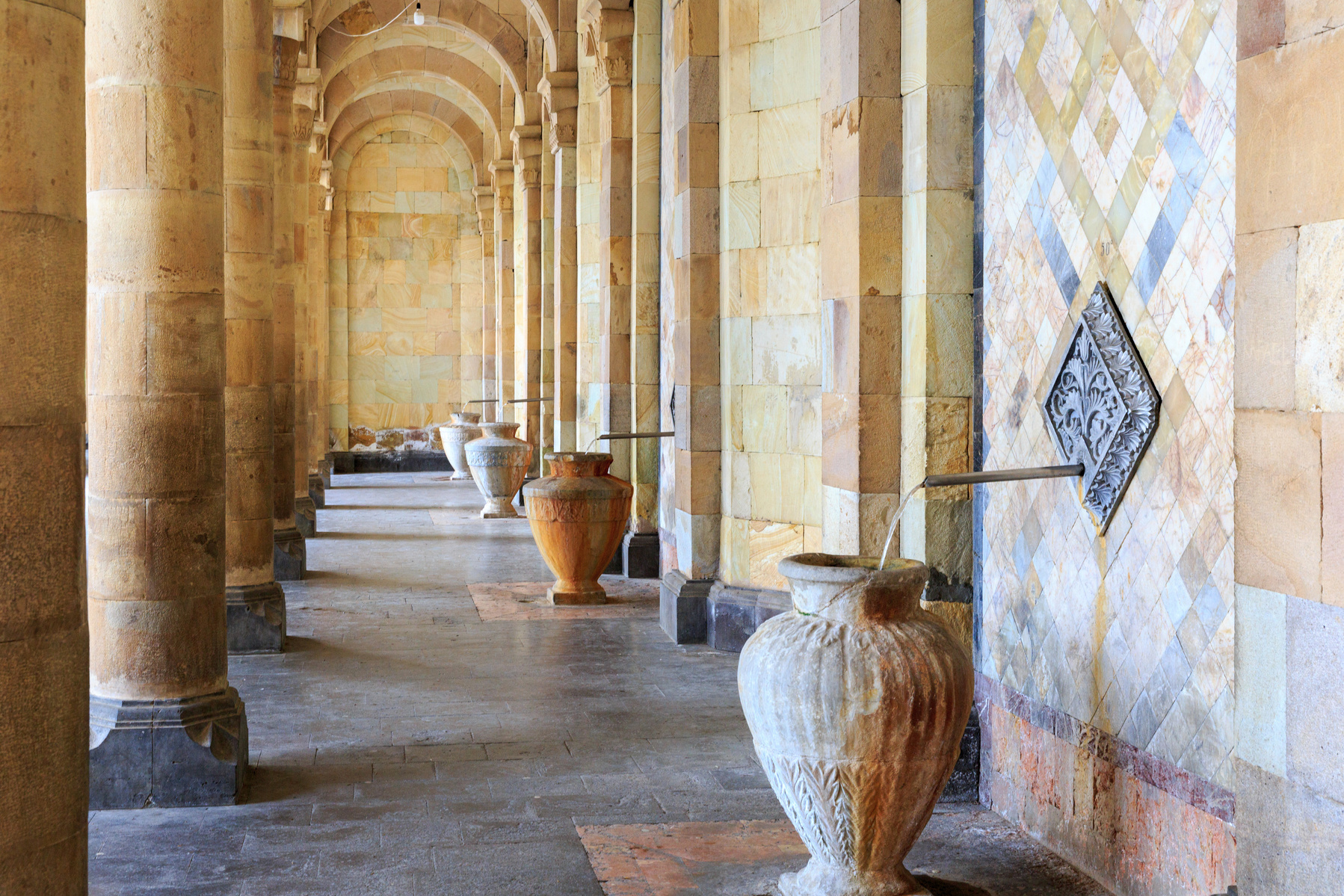
“Mineral Water Gallery in Jermuk”
A beautiful colonnade in the spa town of Jermuk, where naturally warm mineral water flows from decorative fountains into stone jars. Visitors come to taste the water, renowned for its therapeutic properties and sourced from the surrounding mountains at over 2,000 meters above sea level.

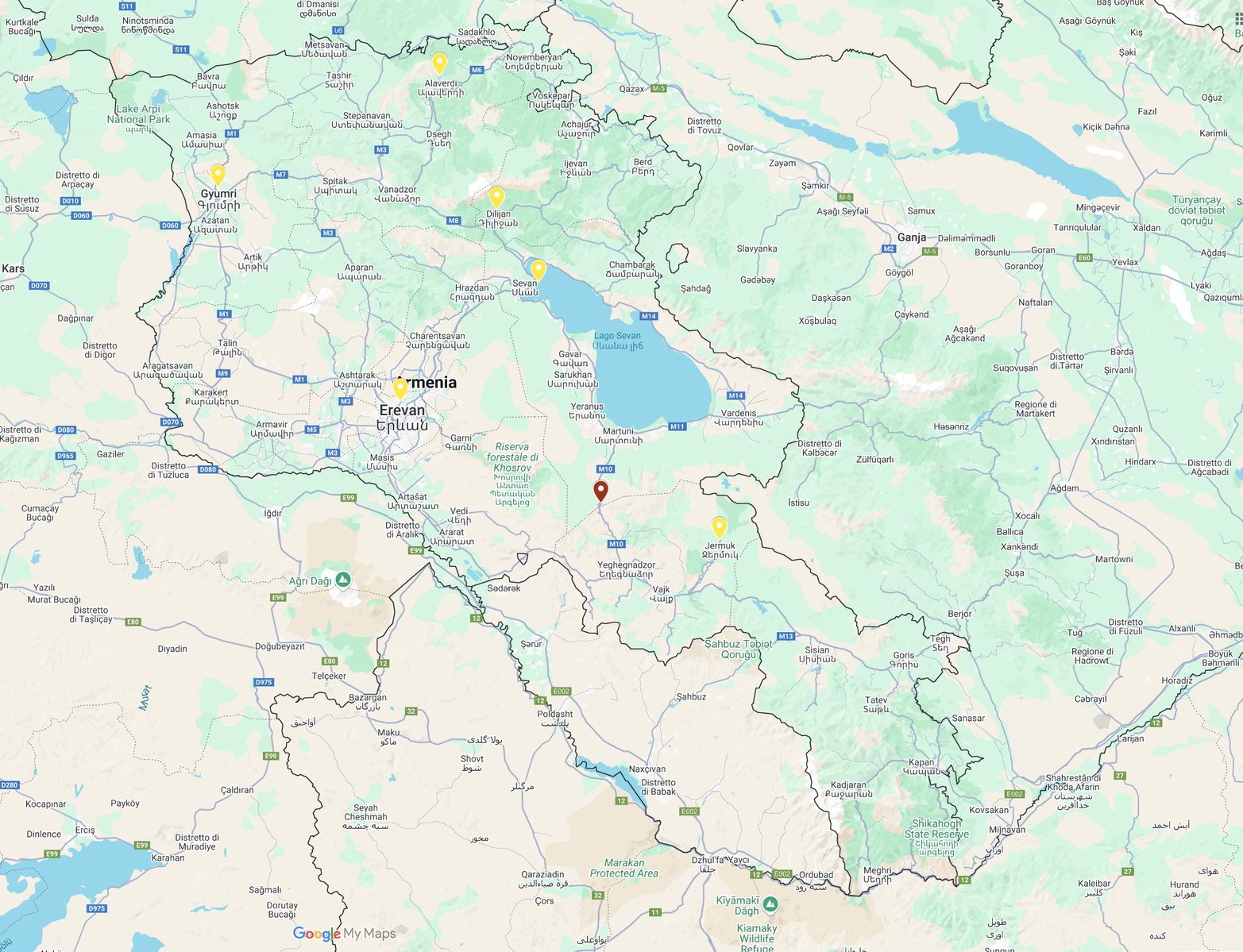
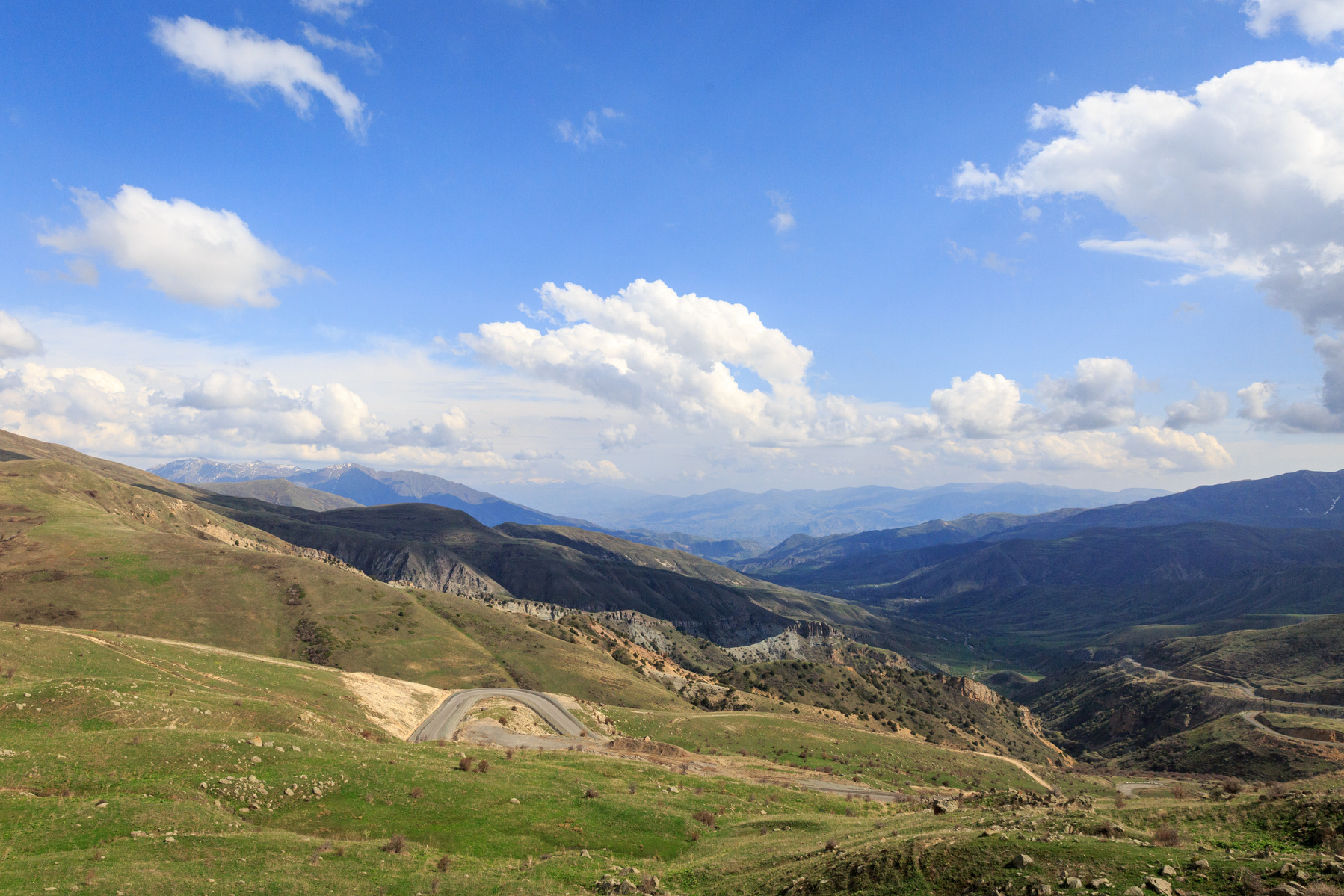
“Selim Pass – Gateway Between Vayots Dzor and Gegharkunik”
Once part of the Silk Road, the Selim Pass (also known as Vardenyats Pass) winds through Armenia’s highlands at over 2,400 meters above sea level. With sweeping views over valleys and rugged peaks, this historic route remains a breathtaking connection between past and present.
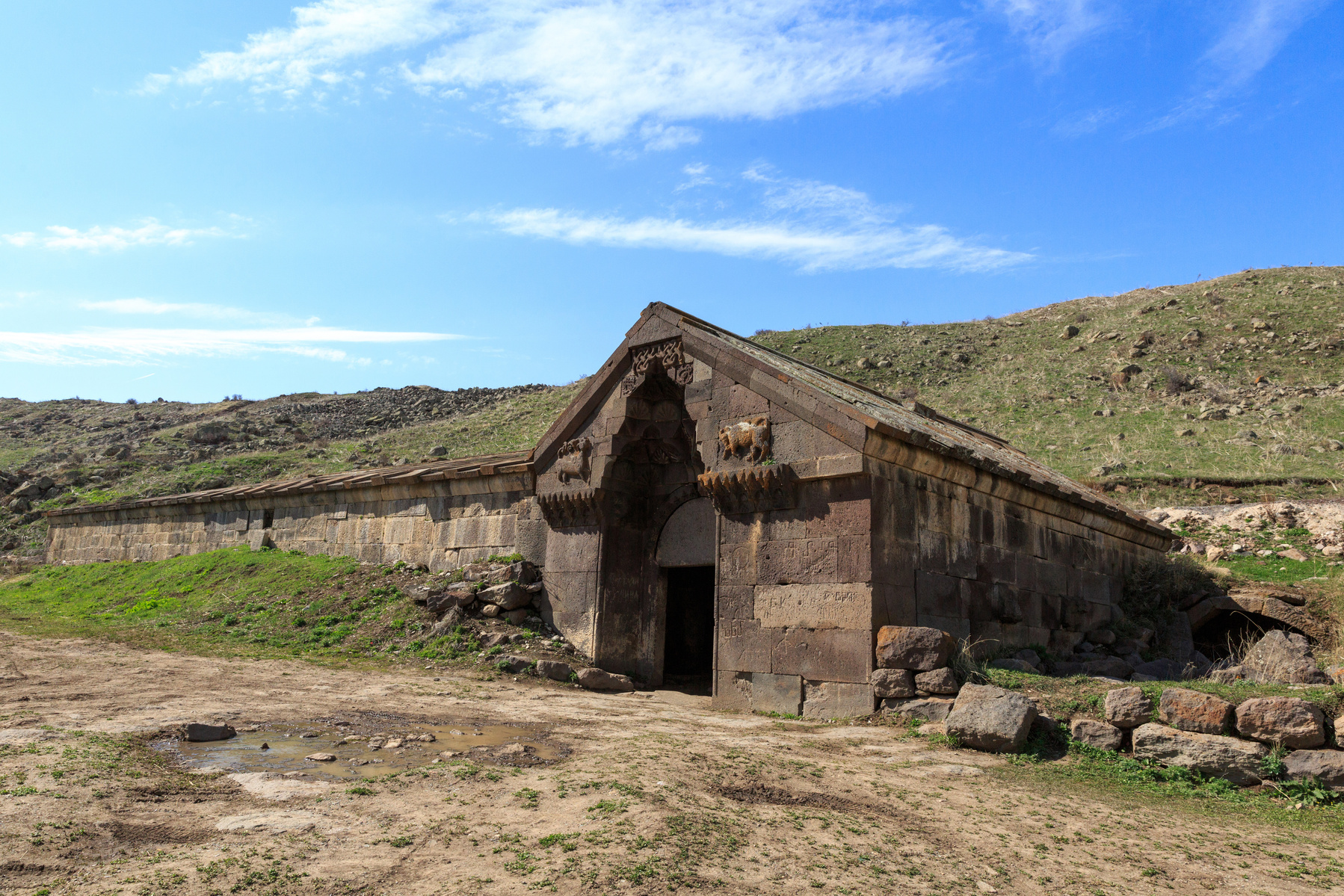
“Orbelian Caravanserai – A Medieval Shelter on the Silk Road”
This 14th-century caravanserai, also known as Selim Caravanserai, offered rest and protection to weary travelers and merchants crossing the Selim Pass. Built in 1332 by Prince Chesar Orbelian, its vaulted stone hall and animal reliefs remain among the best-preserved examples of medieval Armenian roadside inns.

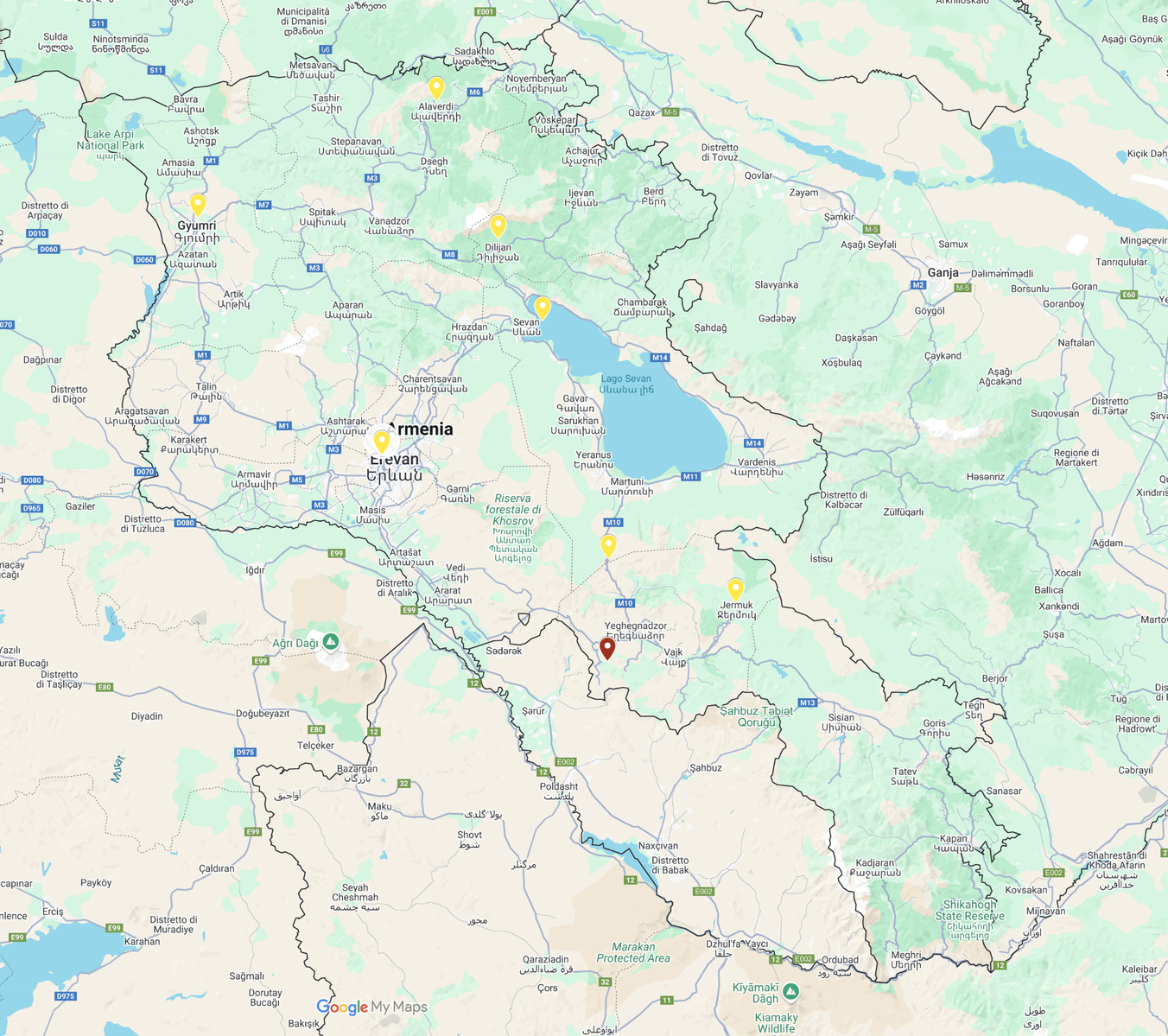
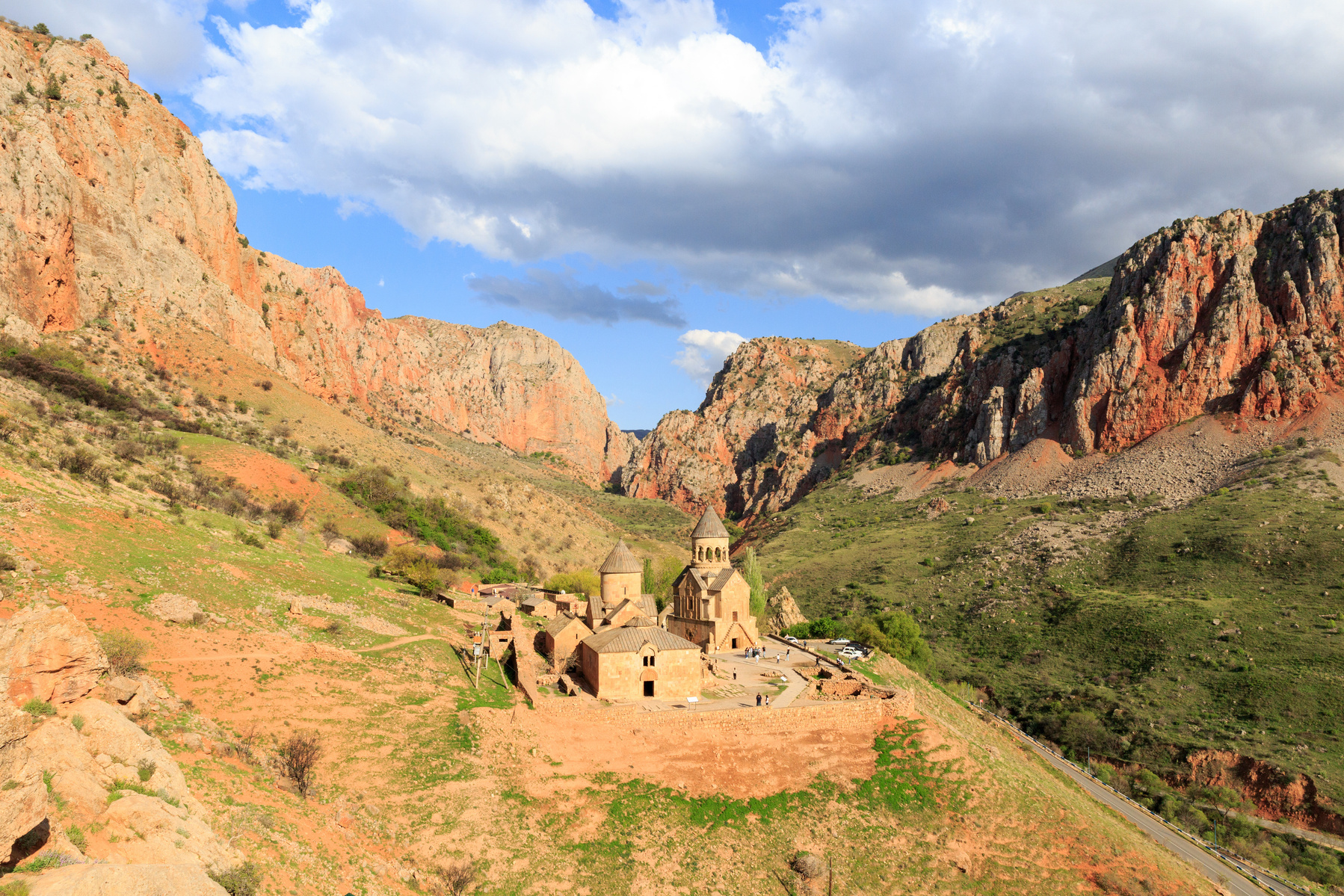
“Noravank Monastery – Where Faith Meets the Cliffs”
Set dramatically against the backdrop of towering red cliffs in the Amaghu Valley, Noravank is a 13th-century Armenian monastery famed for its Surb Astvatsatsin Church and the intricate carvings by master sculptor Momik. This sacred site is not just a religious monument but a perfect blend of nature, history, and architecture.
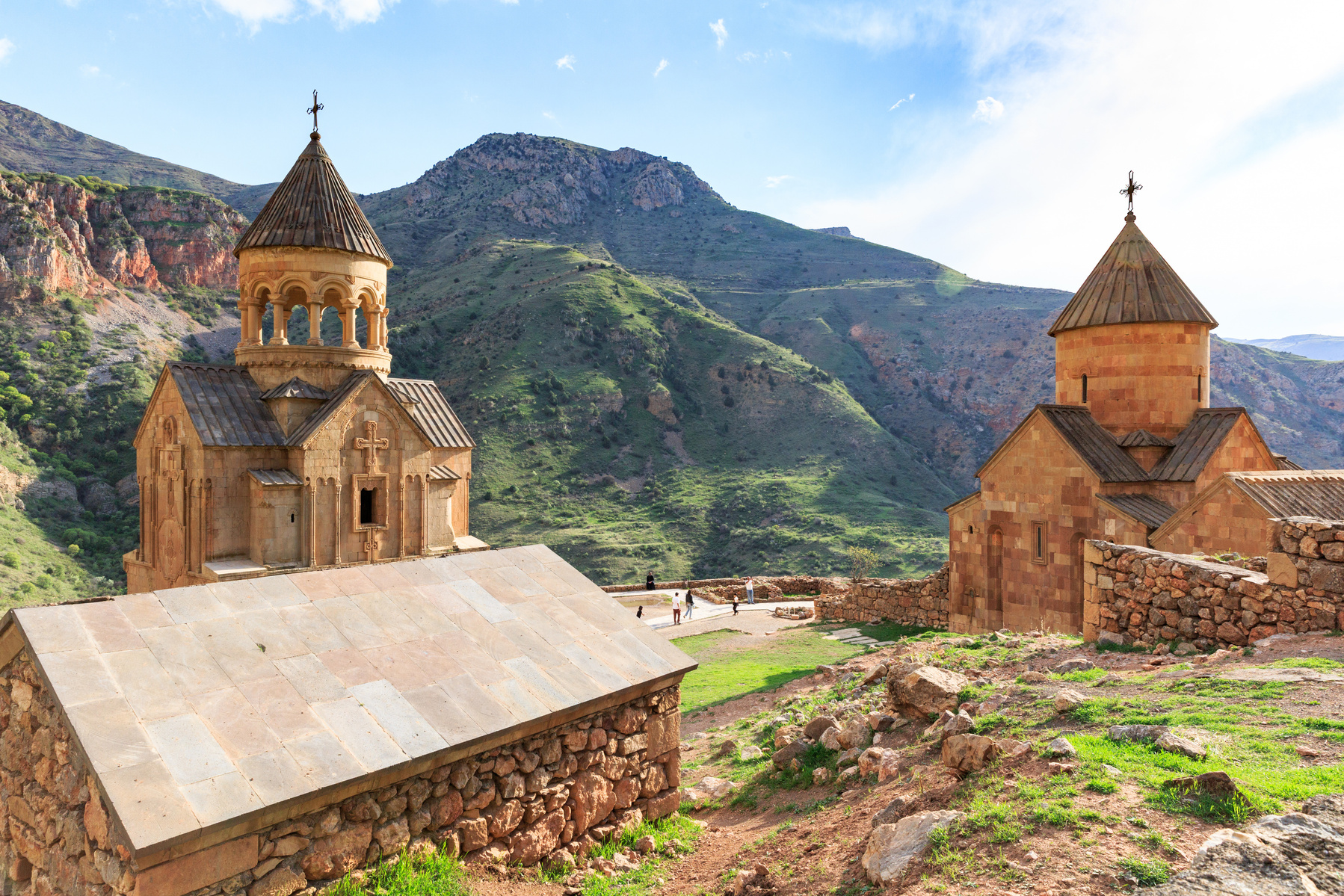
“Noravank Monastery – A Jewel of Armenian Medieval Architecture”
This close-up view highlights the two main churches of Noravank: Surb Astvatsatsin (Holy Mother of God) with its elegant two-story structure on the left, and Surb Karapet on the right. Surrounded by the vivid red cliffs of the Vayots Dzor region, the site embodies spiritual serenity and architectural mastery.
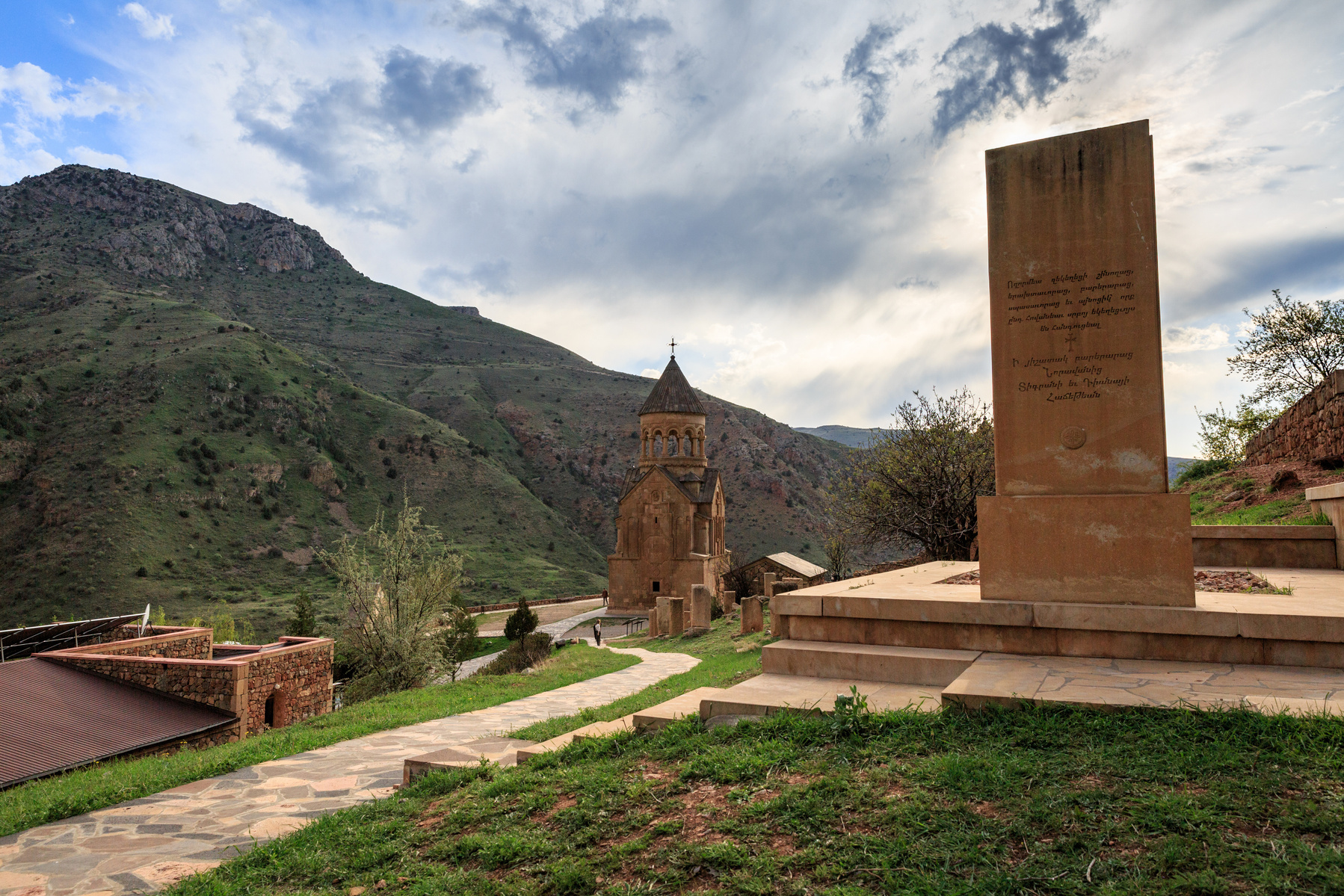
"Noravank Monastery at Dusk – History and Nature in Harmony"
Set against the dramatic backdrop of the Amaghu valley cliffs, the Surb Astvatsatsin Church stands proudly in the Noravank complex. In the foreground, a commemorative stele marks the cultural significance of this medieval Armenian treasure.
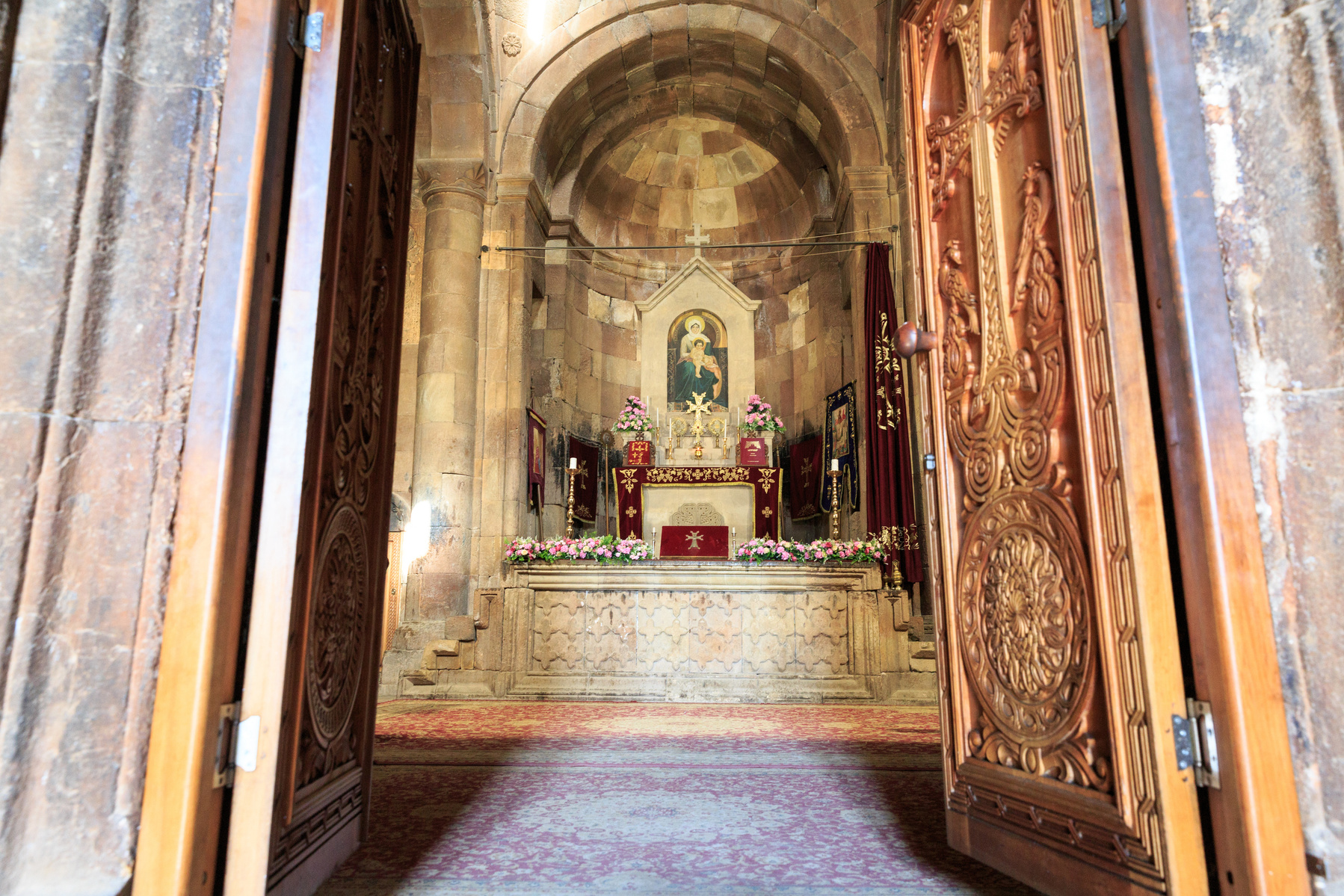
"Sanctuary of Noravank – A Glimpse into Armenia's Sacred Heart"
The ornately carved wooden doors open to reveal the luminous altar of Surb Astvatsatsin Church, adorned with floral arrangements and sacred iconography, offering a moment of stillness and reverence within the Noravank Monastery.
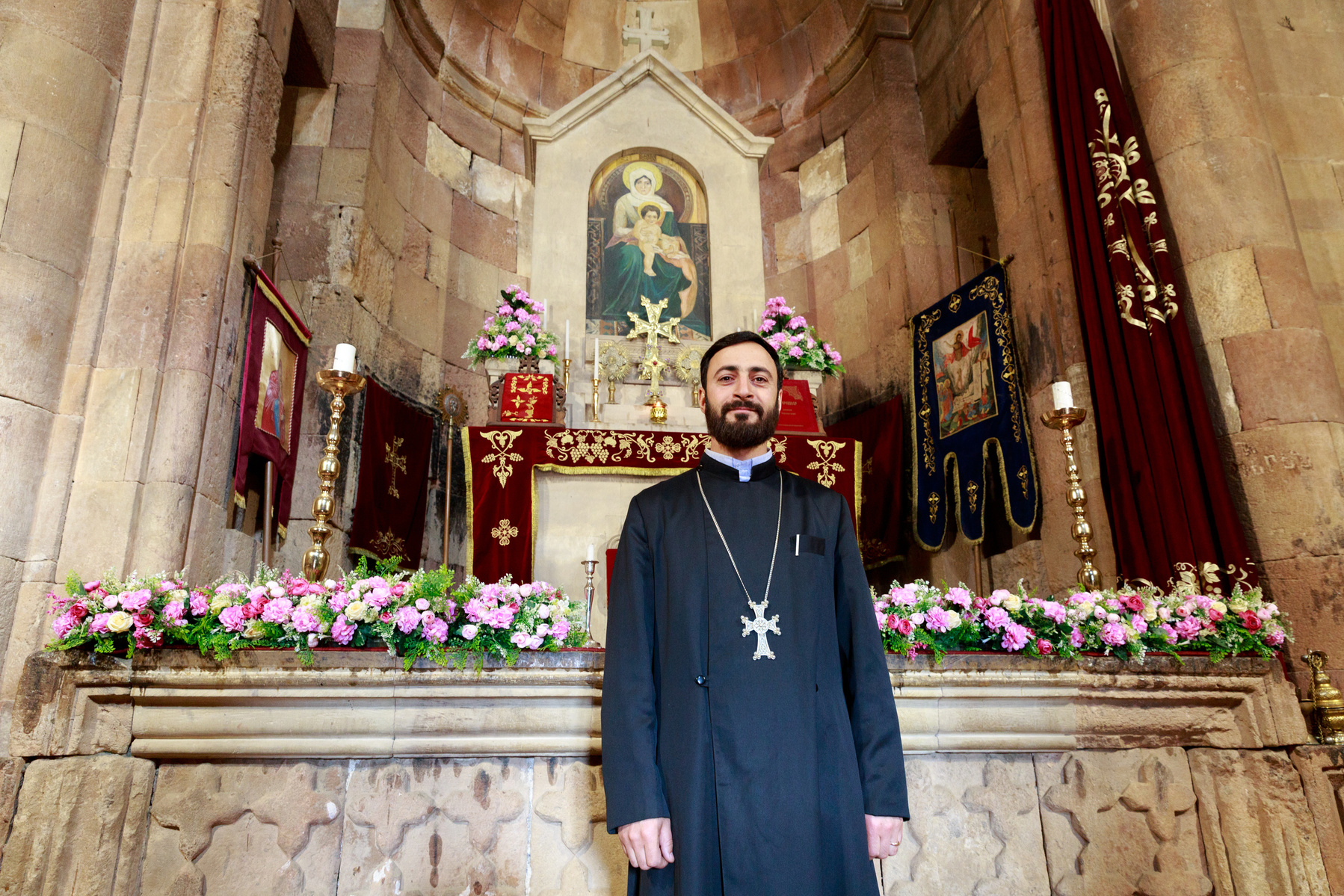
"Faith and Heritage – A Priest of Noravank"
Standing before the adorned altar of Surb Astvatsatsin Church, a priest of the Armenian Apostolic Church offers a serene and dignified presence, embodying centuries of spiritual tradition within the heart of the Noravank Monastery.

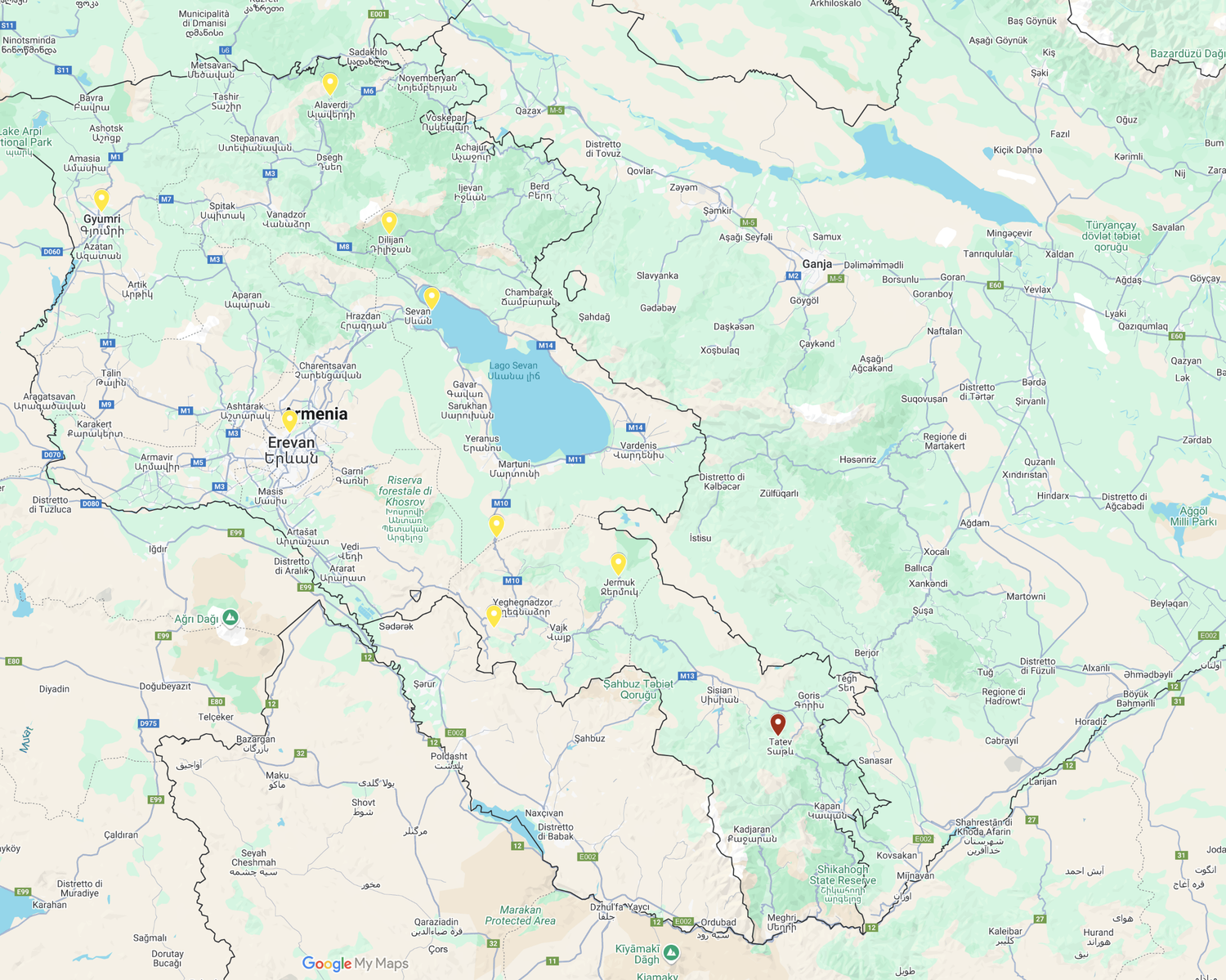
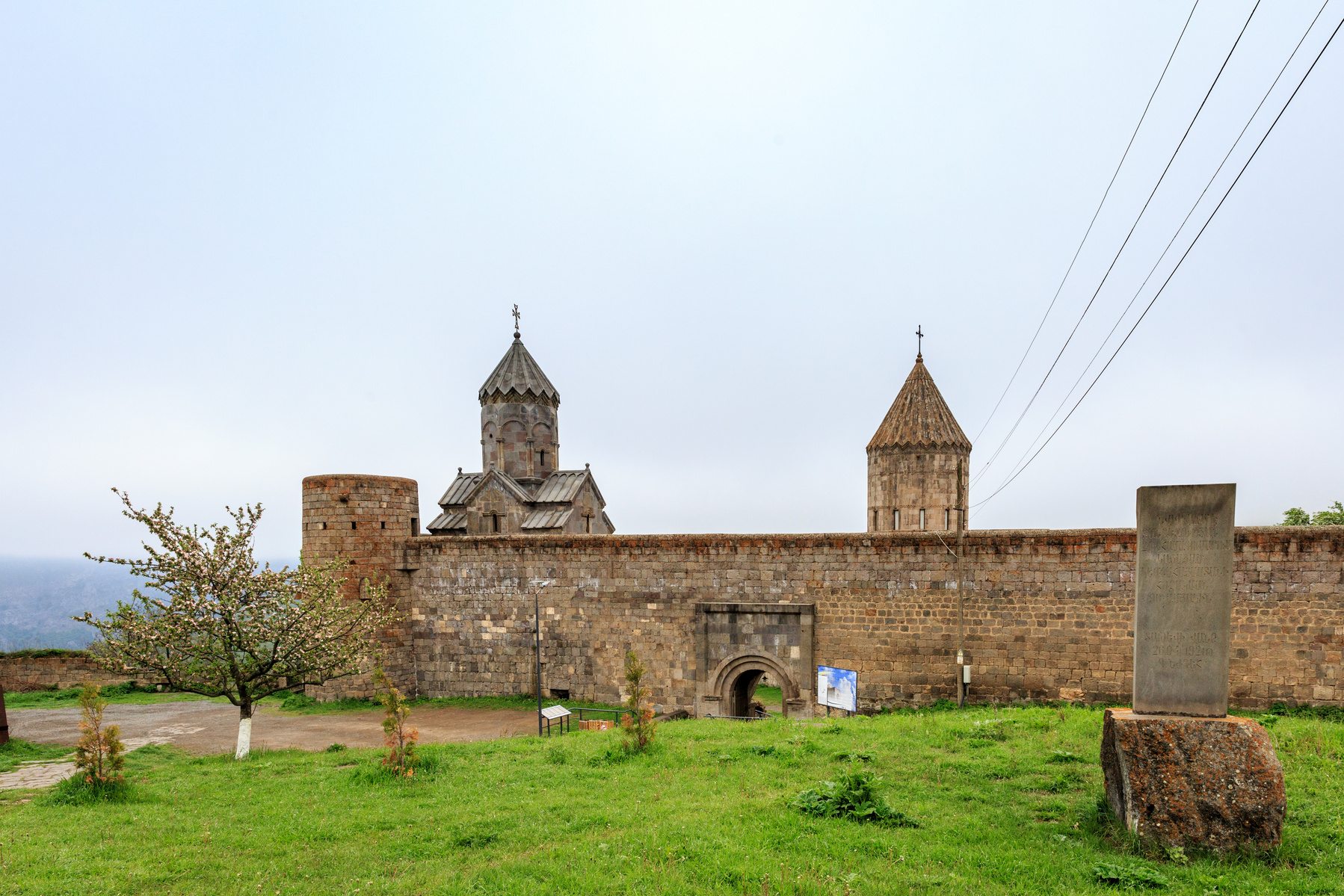
"Tatev Monastery, Armenia"
Perched dramatically on a cliff in the Syunik Province, Tatev Monastery is one of Armenia’s architectural masterpieces. Founded in the 9th century, it served as a vital spiritual, educational, and political center, and remains a symbol of resilience and faith.
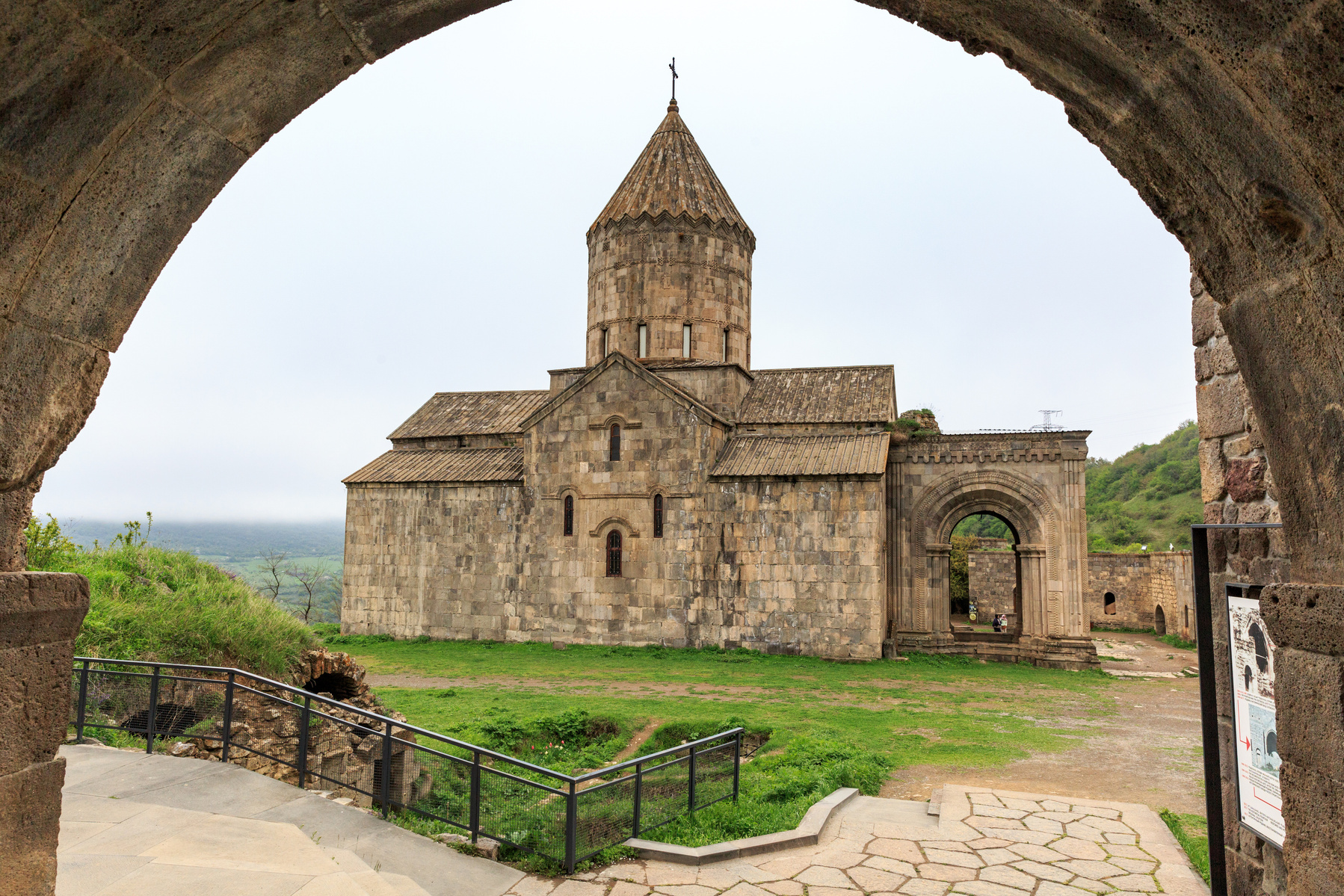
"Tatev Monastery, Armenia" The 9th-century Tatev Monastery, perched on a basalt plateau in Armenia’s Syunik Province, once home to a medieval university and a beacon of Armenian spirituality and learning.

Tatev Monastery's monumental architecture, with its intricate portal and soaring dome, stands as a testament to medieval Armenian craftsmanship and spiritual resilience atop the Vorotan Gorge.

A priest stands in silent devotion within the sacred heart of Tatev Monastery — where centuries of Armenian faith and history resonate through stone, candlelight, and prayer.
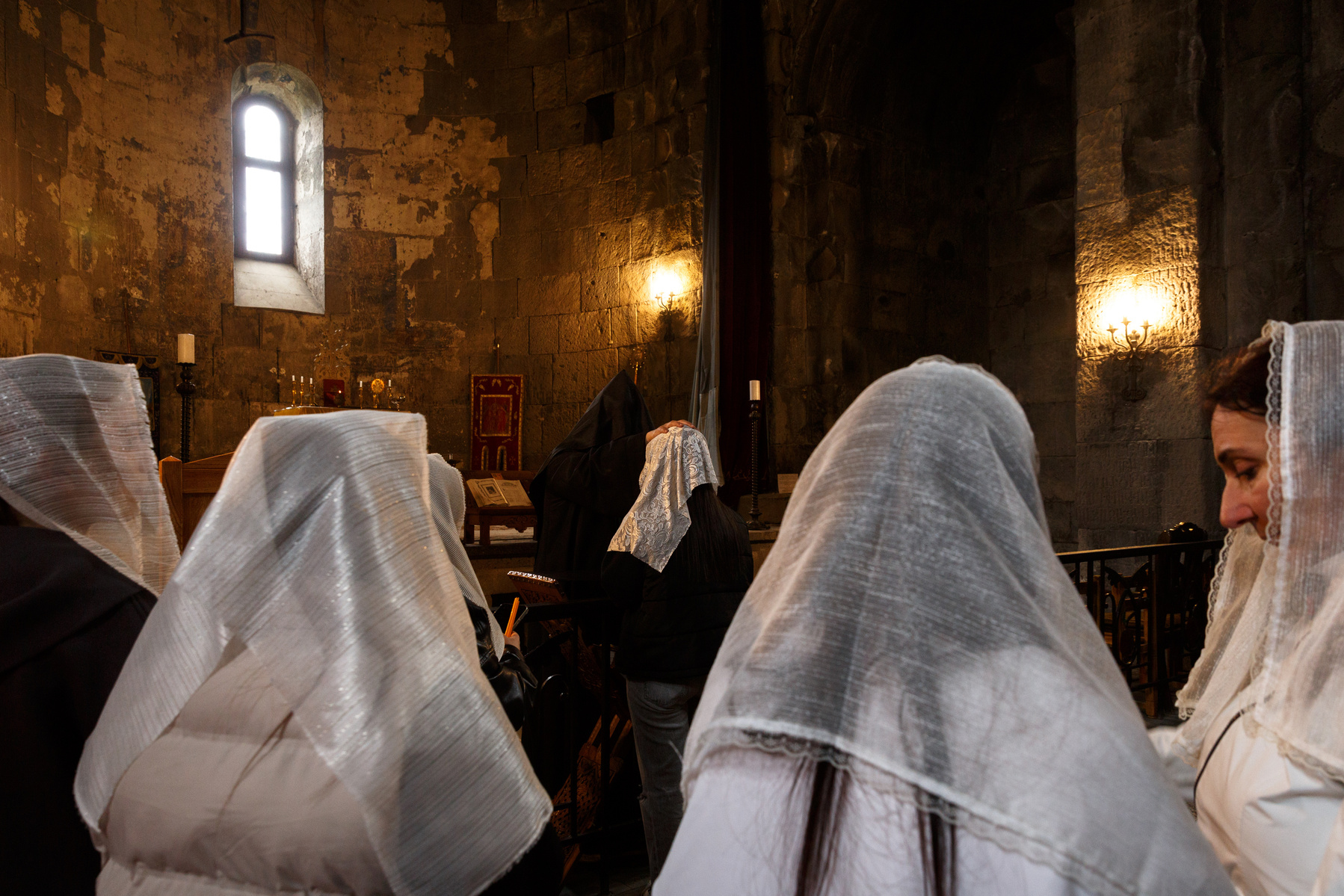
In the silent heart of Tatev Monastery, prayers rise among white veils, flickering candles, and ancient stones steeped in faith
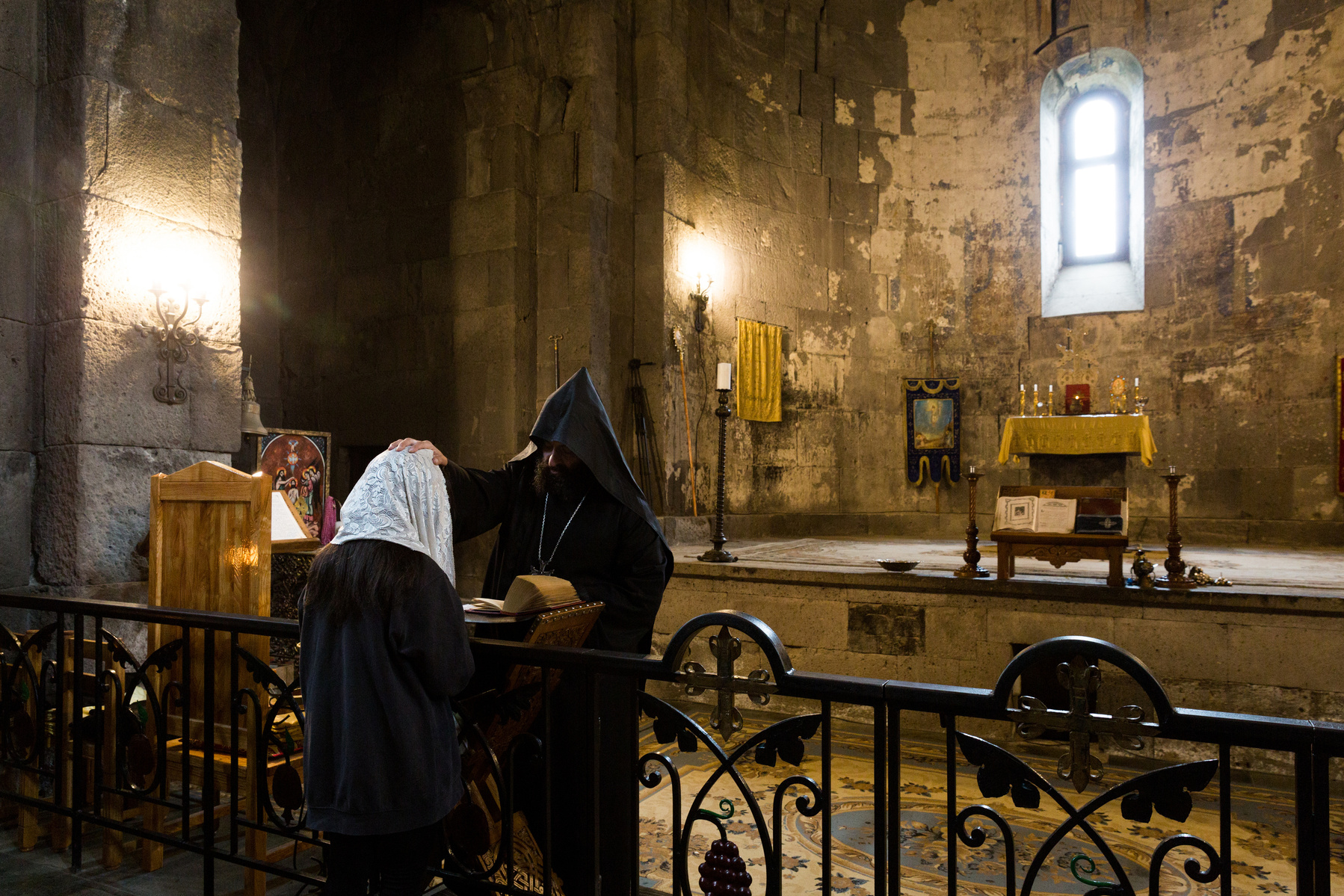
This image captures a priest at Tatev Monastery placing his hand gently on a woman’s head during a blessing or confession. The solemn, dimly lit interior of the medieval church underscores the spiritual intimacy of the moment, framed by the Armenian Apostolic Church’s ancient stone walls and sacred liturgical objects.
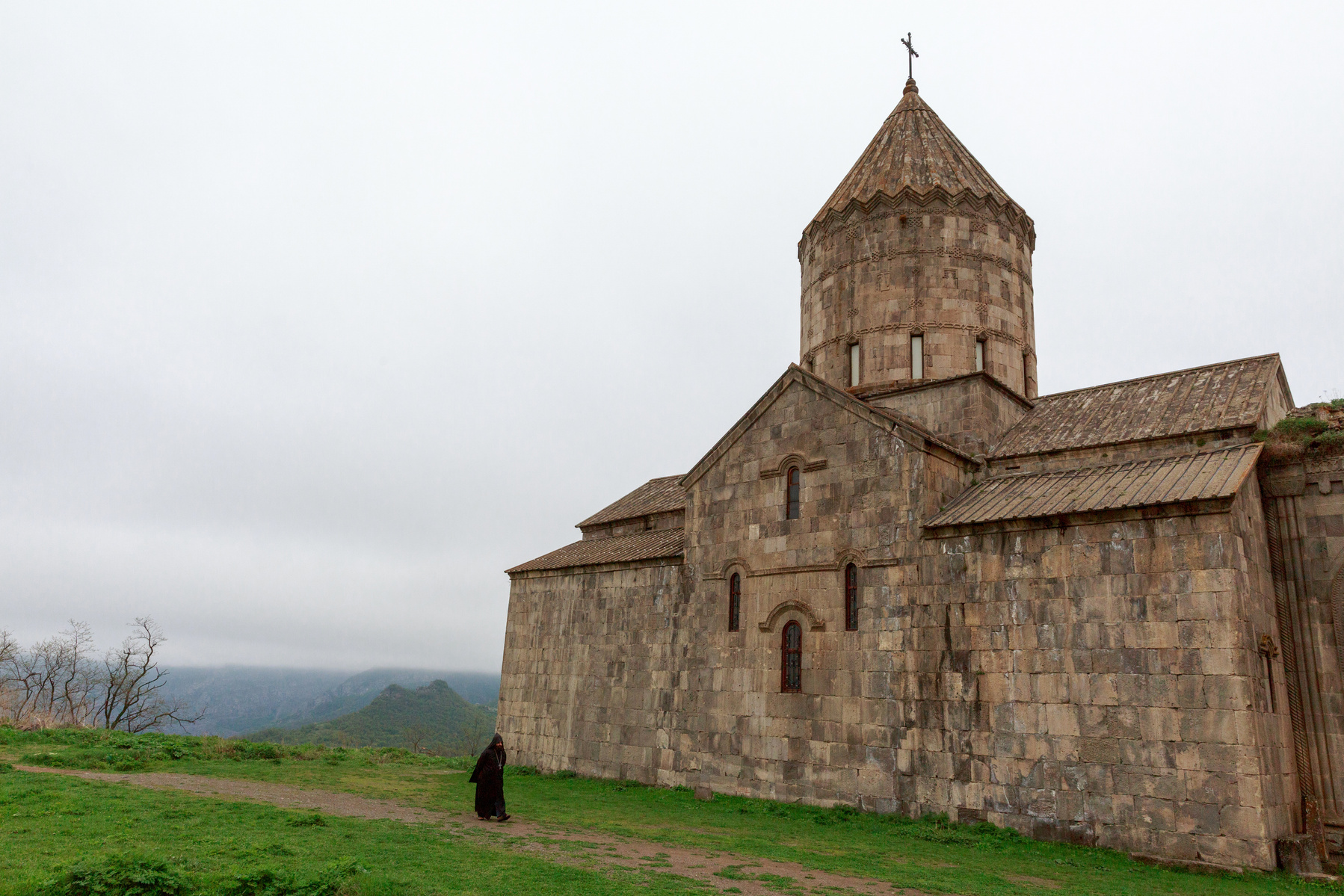
Tatev Monastery


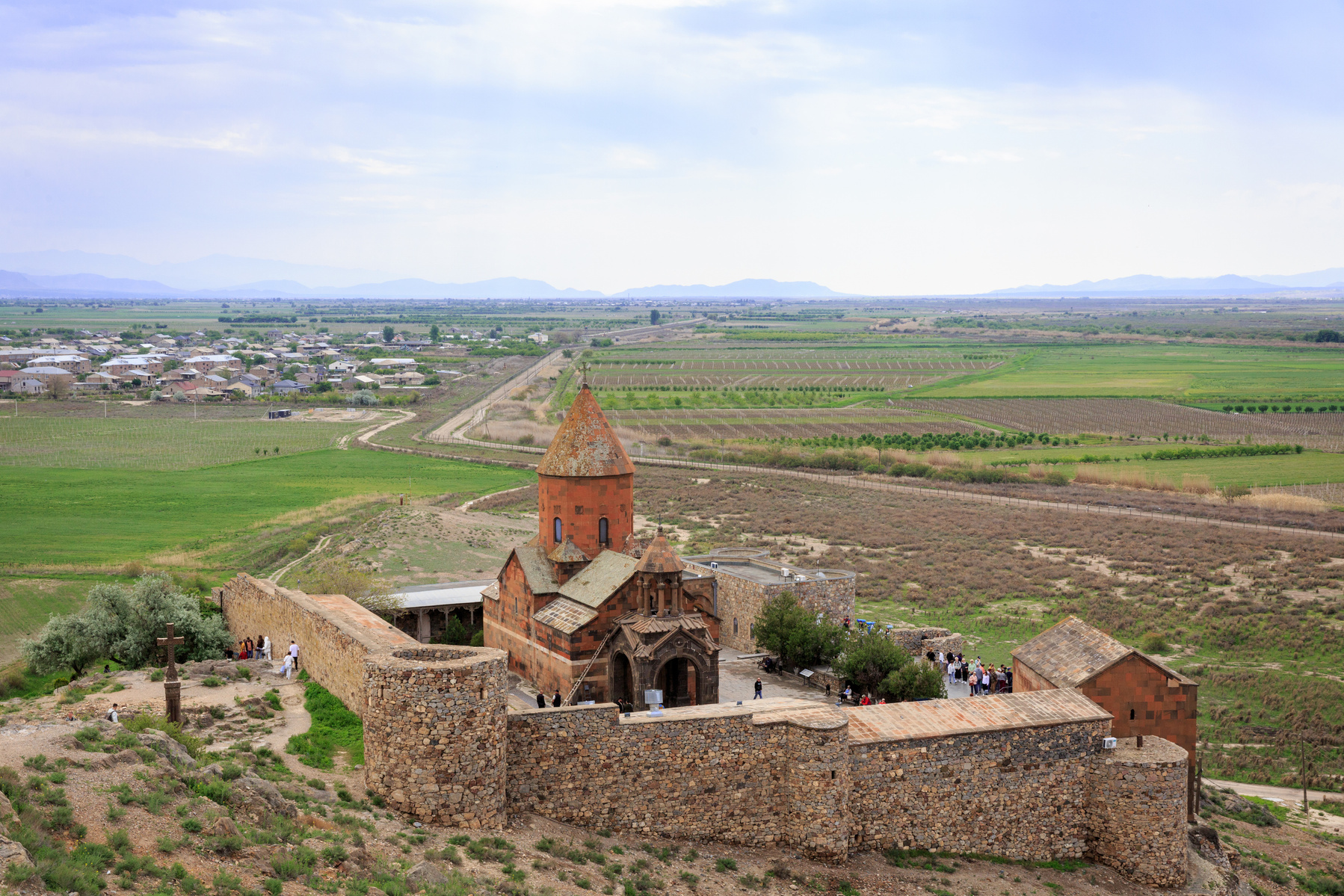
Khor Virap Monastery, Armenia — Nestled in the Ararat Plain near the Turkish border, this historic monastery is a revered pilgrimage site where Saint Gregory the Illuminator was imprisoned. With its striking red-tufa architecture and panoramic views of the surrounding vineyards and farmlands, Khor Virap offers both spiritual depth and scenic beauty—especially on clear days when the majestic Mount Ararat looms in the background.
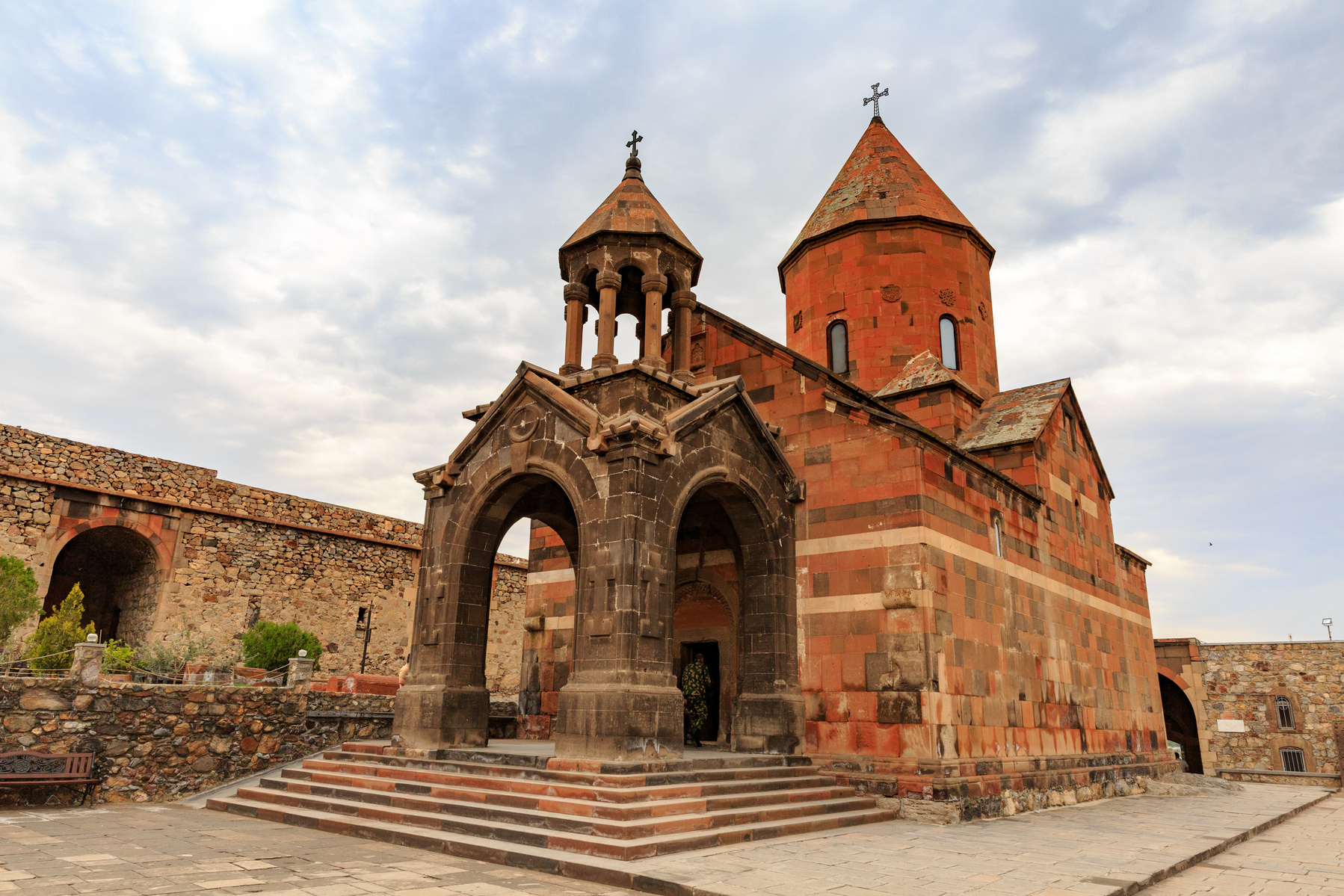
Khor Virap Monastery, Armenia — A closer view of the red-tufa Surb Astvatsatsin Church, the heart of the Khor Virap complex, framed by its distinctive black-stone bell tower. This sacred site stands above the pit where Saint Gregory the Illuminator was imprisoned for 13 years, a pivotal chapter in Armenia’s conversion to Christianity—the first nation to adopt it as a state religion in 301 AD.
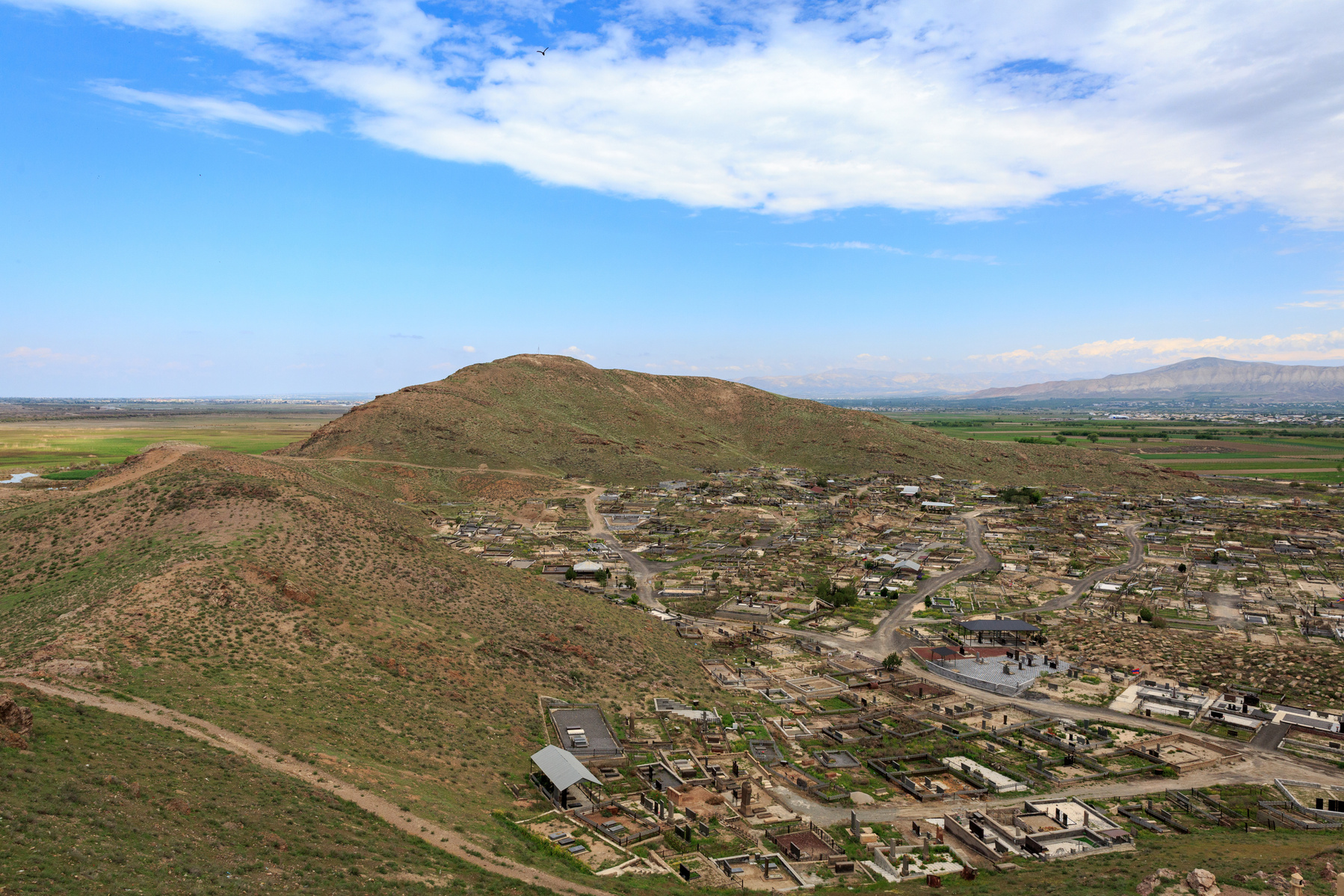
View of the vast Armenian cemetery near Khor Virap Monastery, blending into the arid hills and overlooking the fertile Ararat Plain.

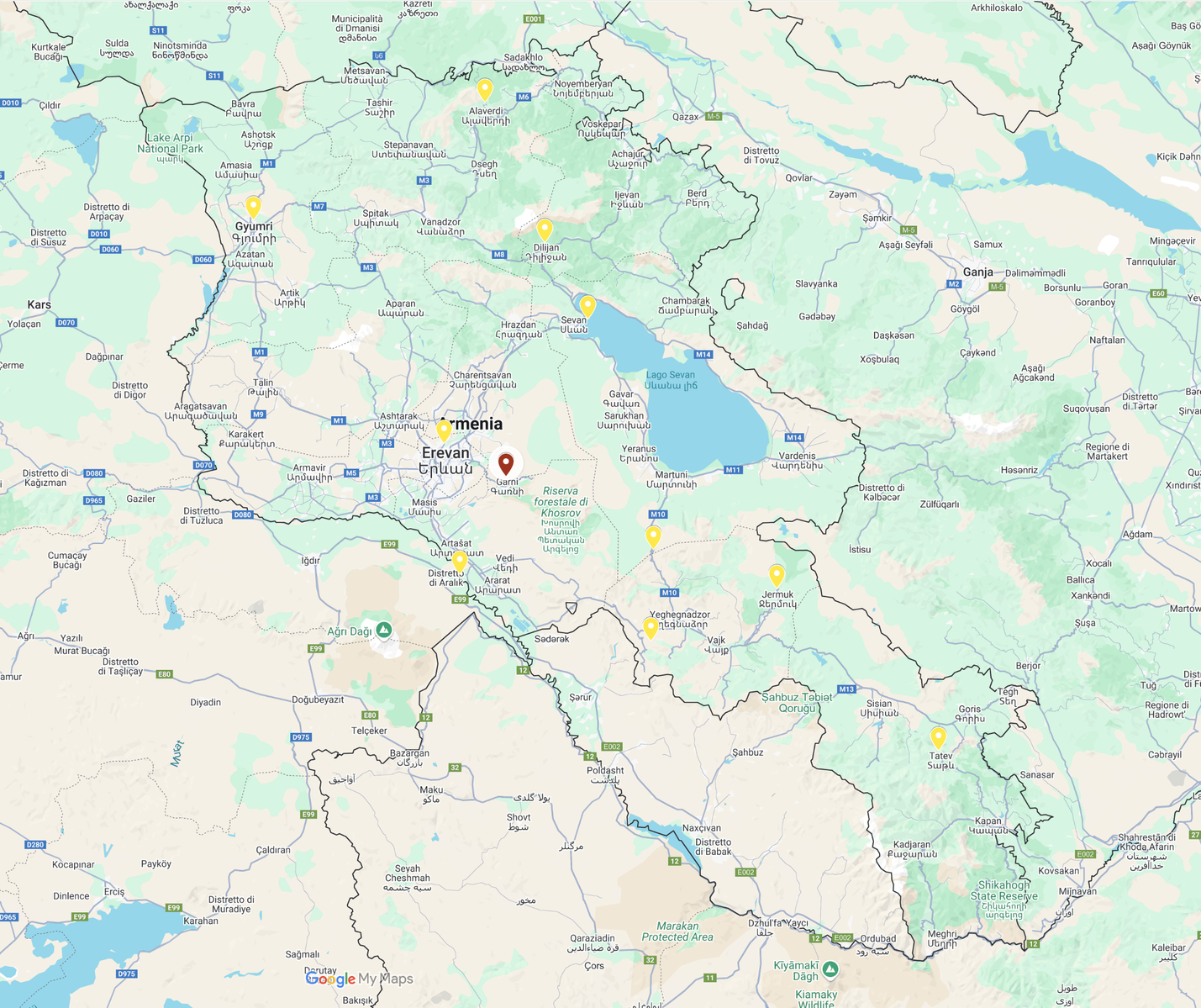
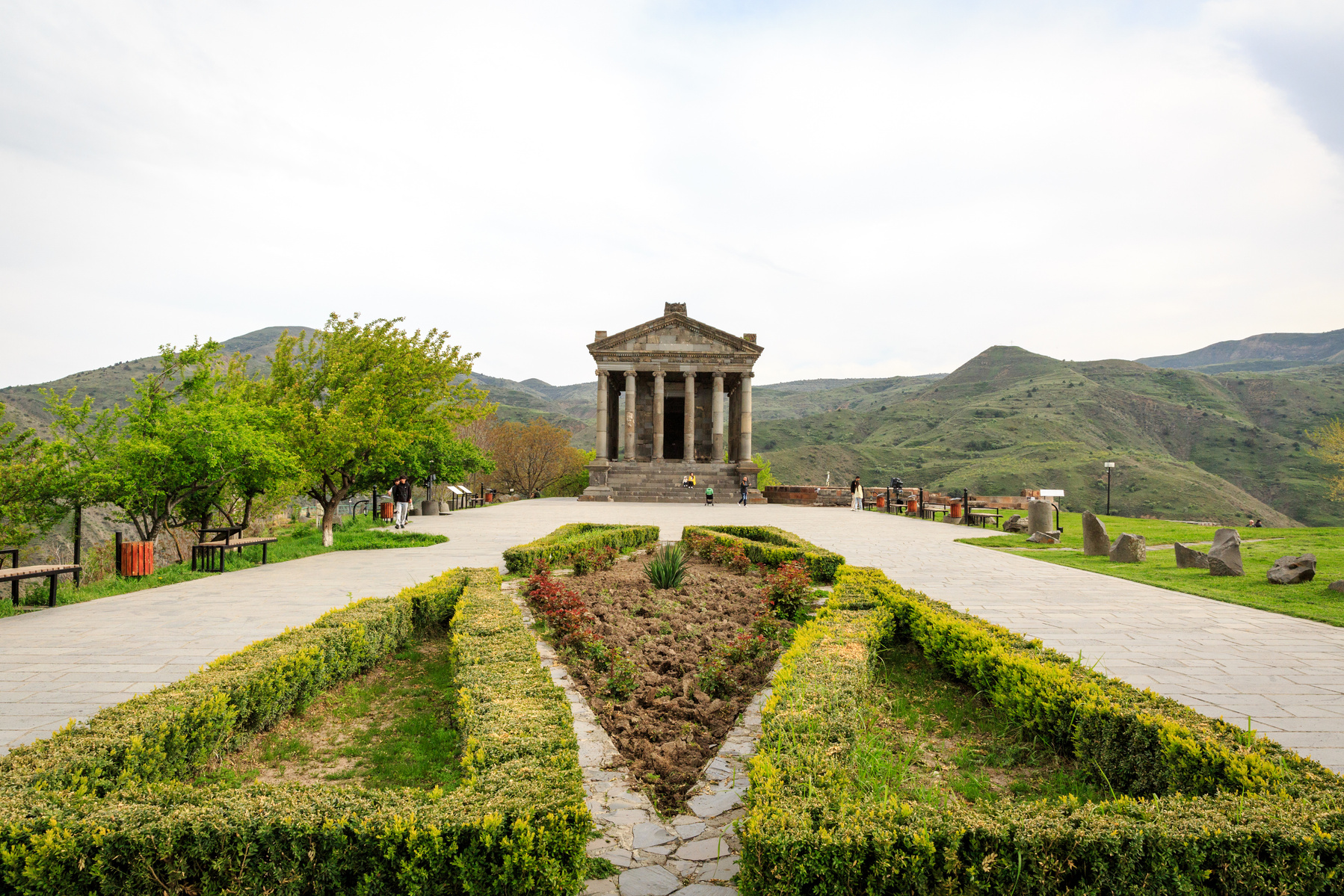
The Temple of Garni, the only standing Greco-Roman colonnaded building in Armenia and the former Soviet Union, perched on a cliff overlooking the Azat River gorge.
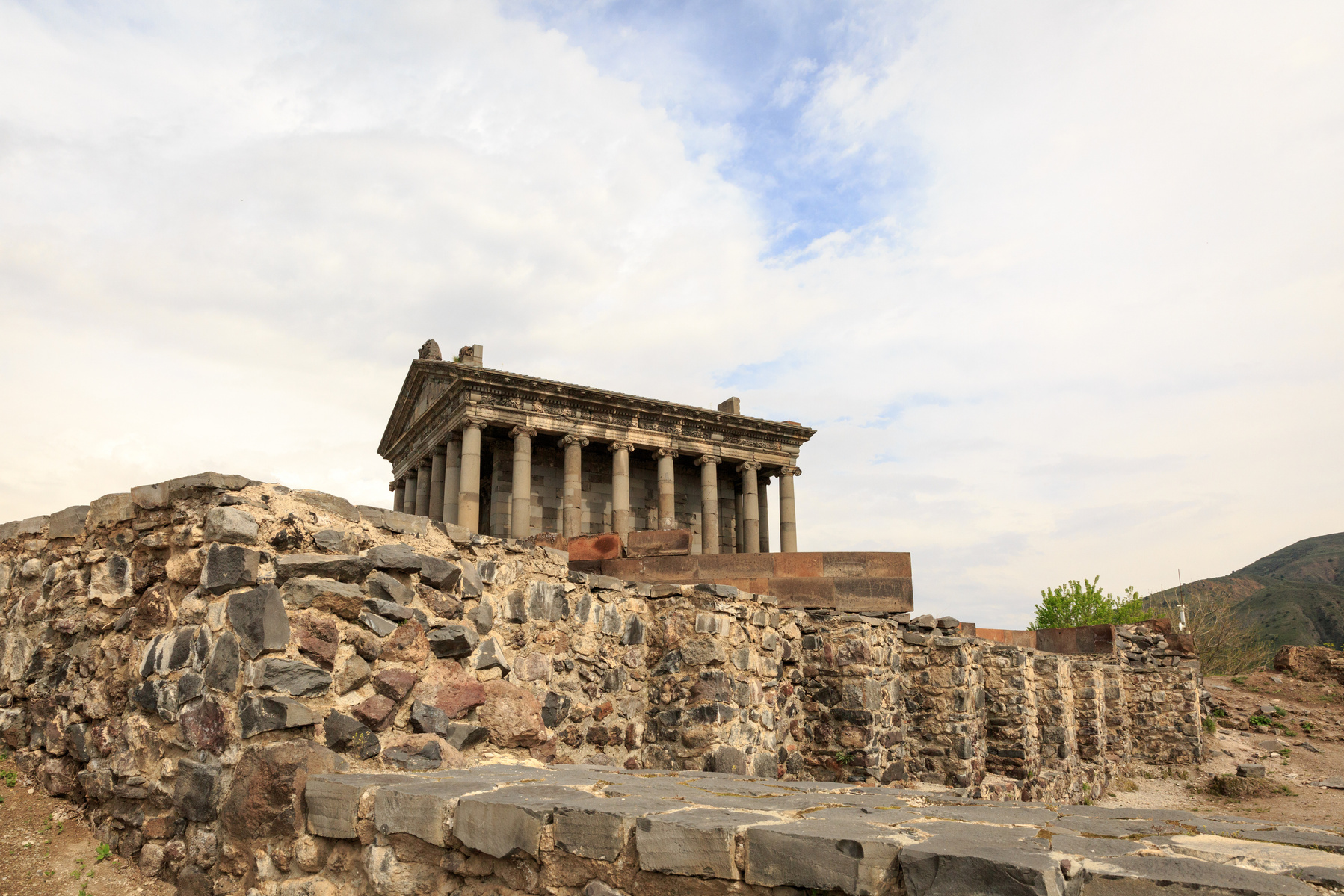
Side view of the Temple of Garni, Armenia’s sole surviving pagan temple, built in the 1st century AD and dedicated to the sun god Mihr, standing atop ancient fortified foundations.

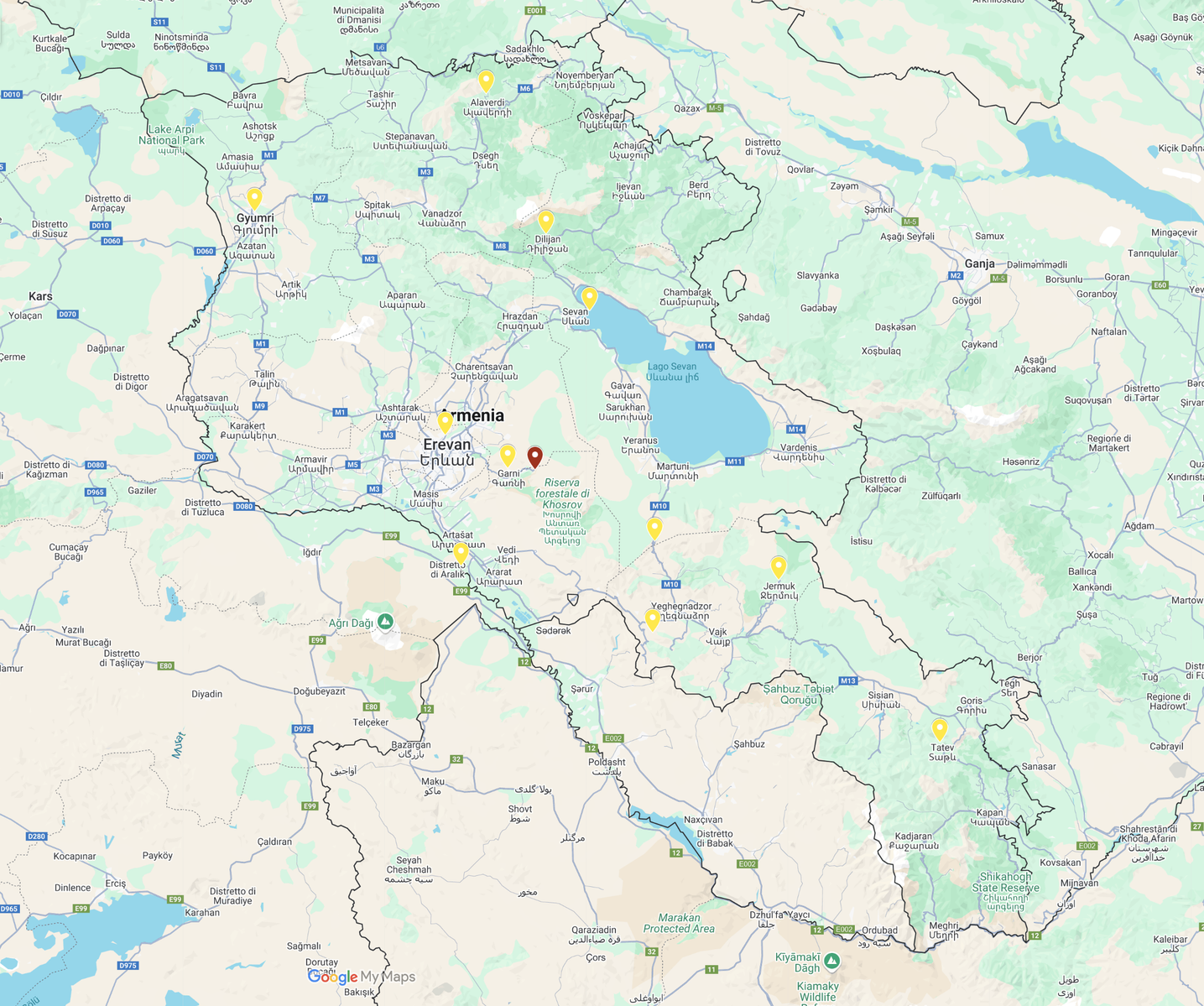
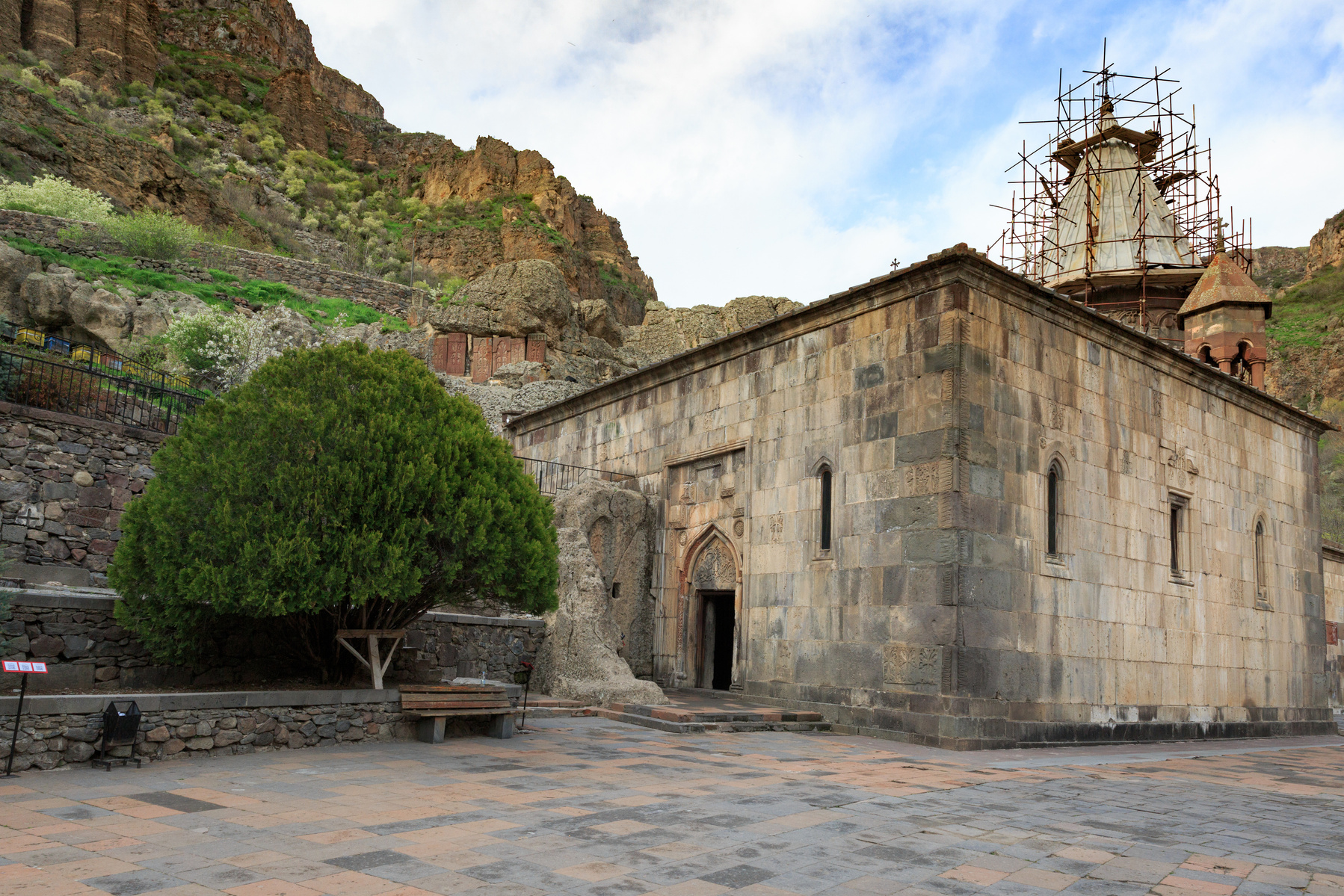
Entrance to Geghard Monastery, a UNESCO World Heritage Site partially carved into the surrounding cliffs, blending medieval Armenian architecture with the natural rock formations of the Azat River Gorge.
Geghard Monastery was founded in the 4th century by Gregory the Illuminator at the site of a sacred spring inside a cave. However, the main structures that stand today date from the 12th to 13th centuries, when the complex was significantly expanded and rebuilt under the Zakarian dynasty.
It is most famous for its rock-cut churches, with parts of the monastery literally carved into the surrounding cliffs. The name Geghard means “spear,” referring to the Holy Lance—the spear that pierced Christ’s side—which was once housed there.

Ancient stone bridge near Geghard Monastery, gracefully arching over a stream amidst lush spring foliage, offering a tranquil passage through Armenia’s historic Azat River Gorge.

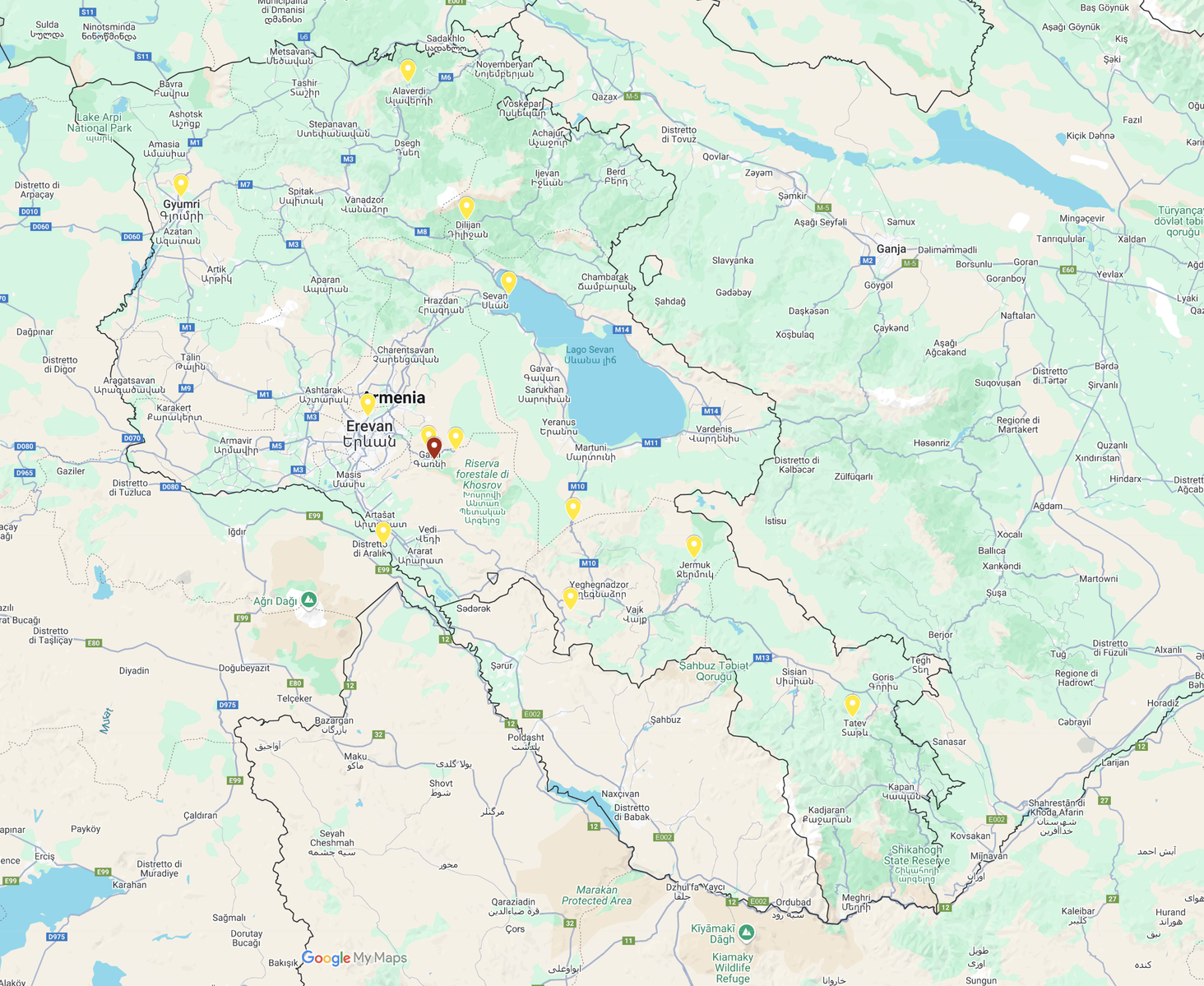

This photo shows the Symphony of Stones, a stunning natural rock formation located in the Garni Gorge near the village of Garni in Armenia. The basalt columns were formed by cooling and contracting lava flows, which fractured into these hexagonal and polygonal shapes, resembling the pipes of a giant organ—hence the name. It's one of Armenia's most iconic geological wonders and a popular stop on the way to the Garni Temple and Geghard Monastery.